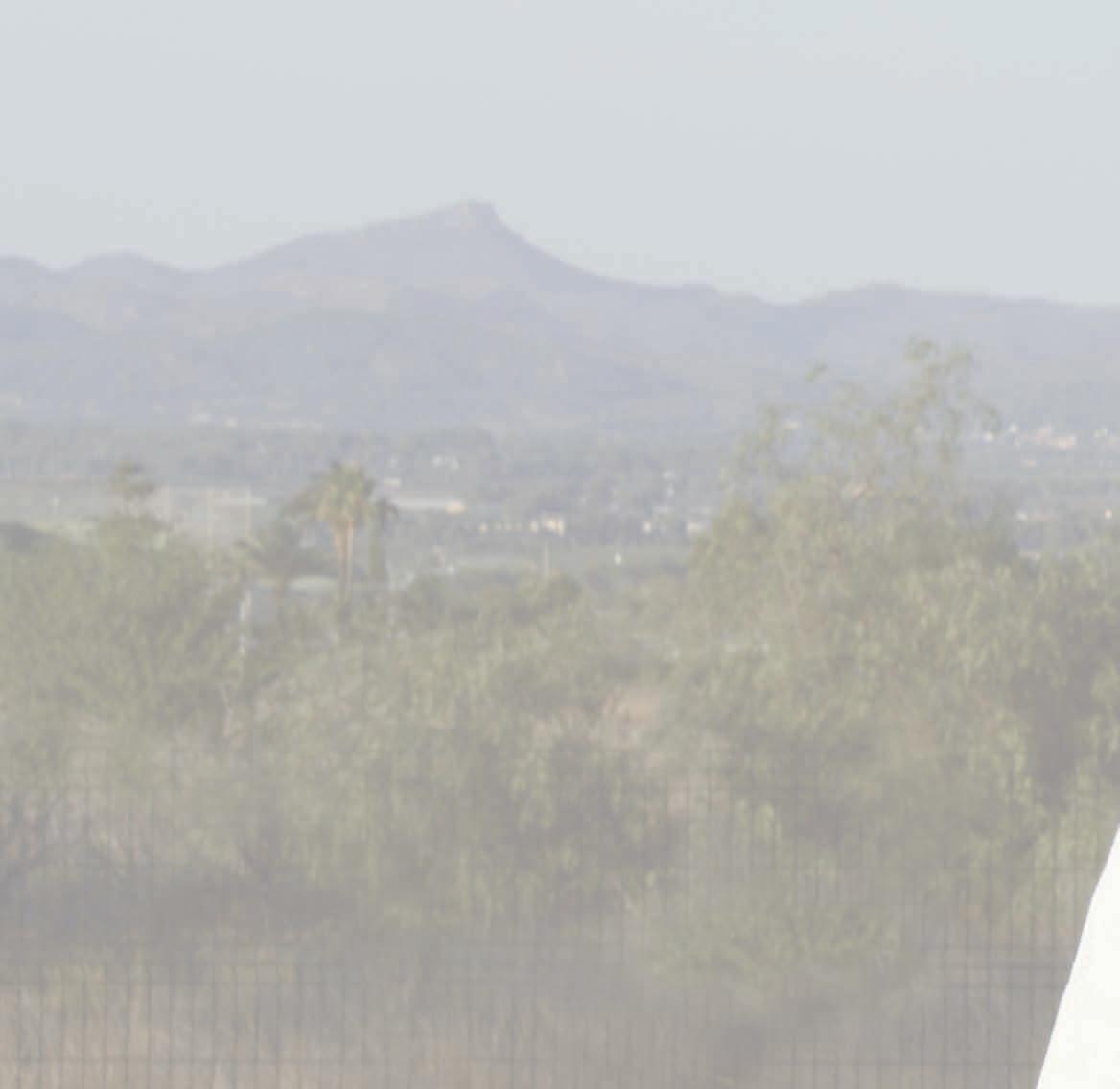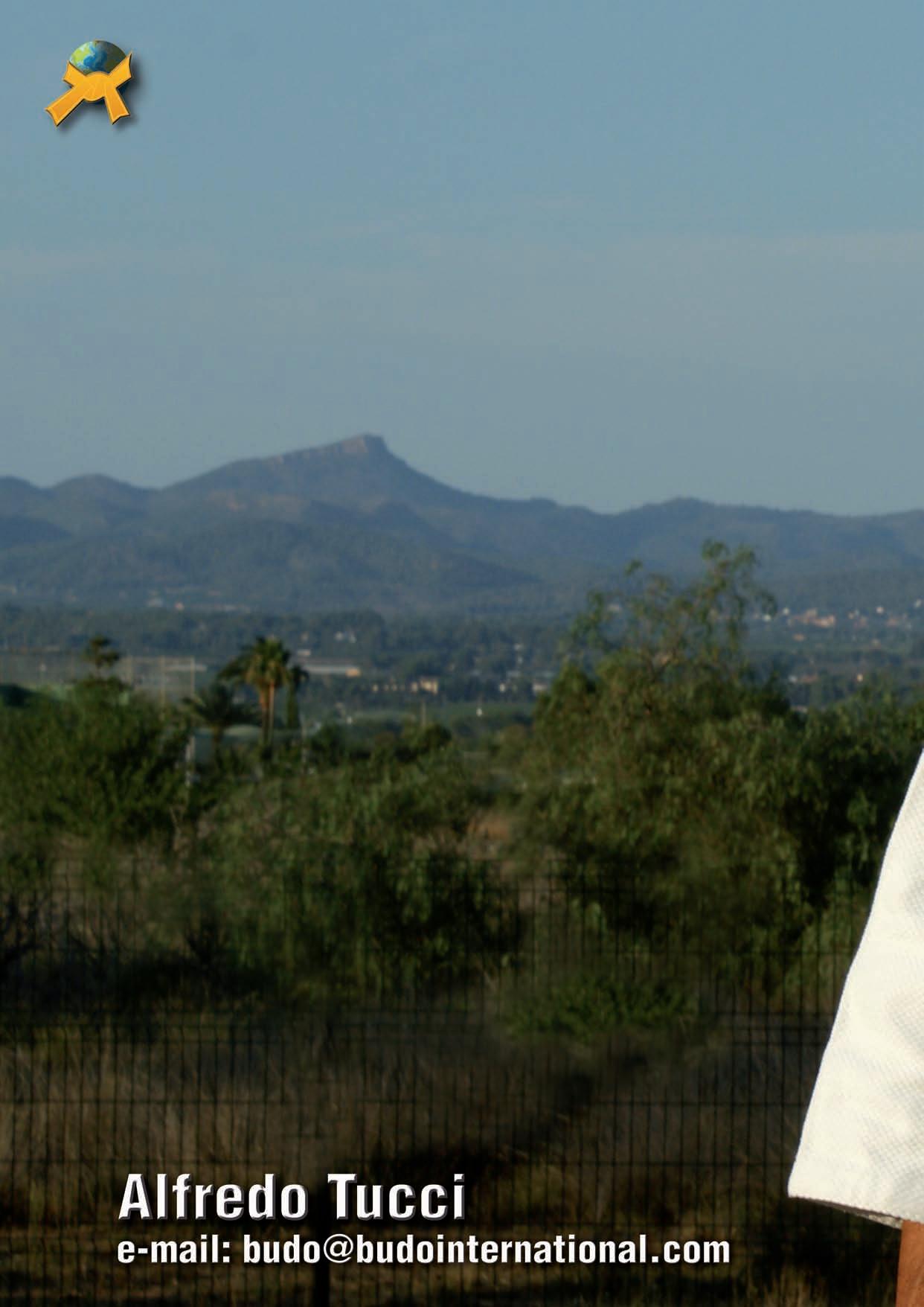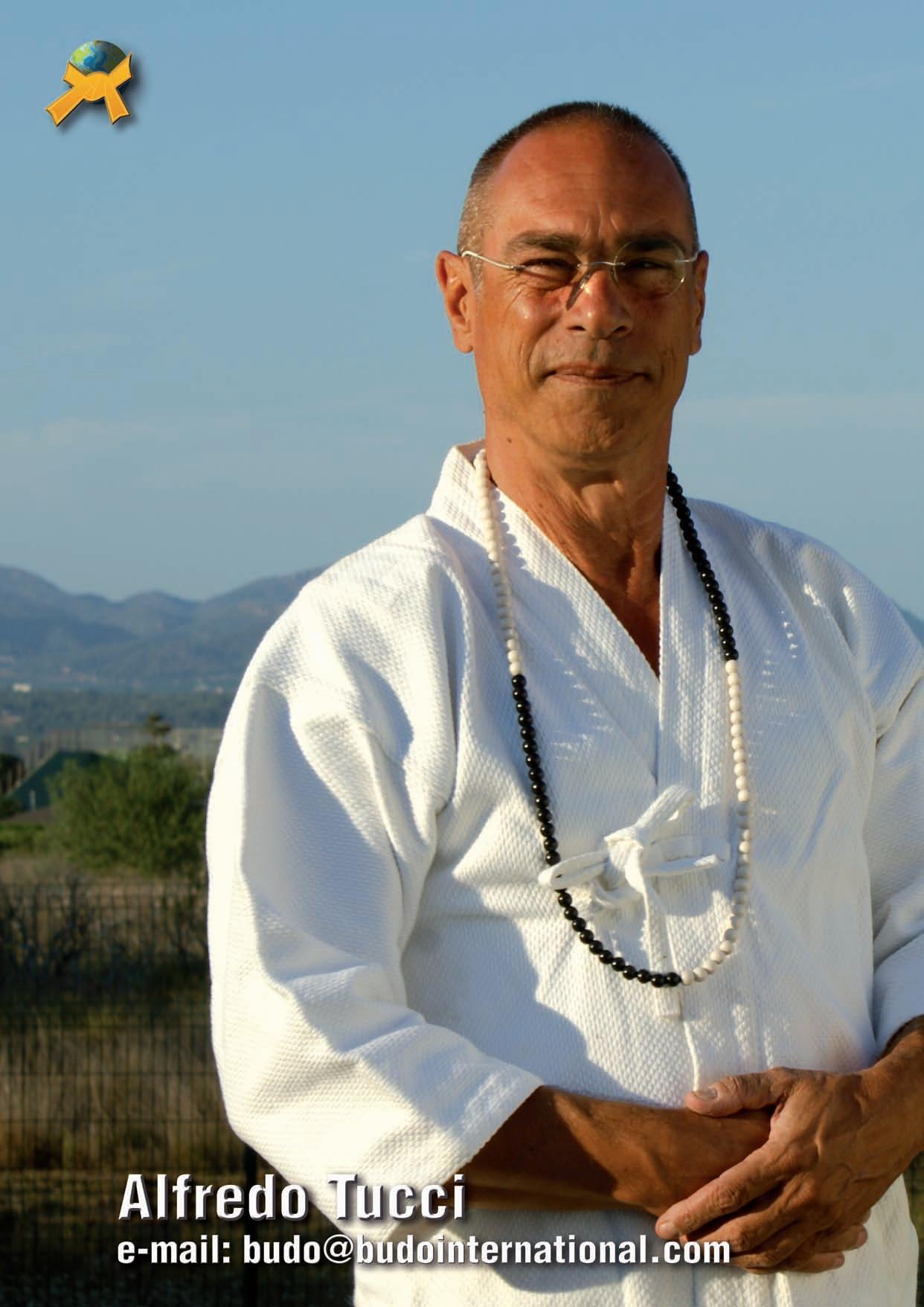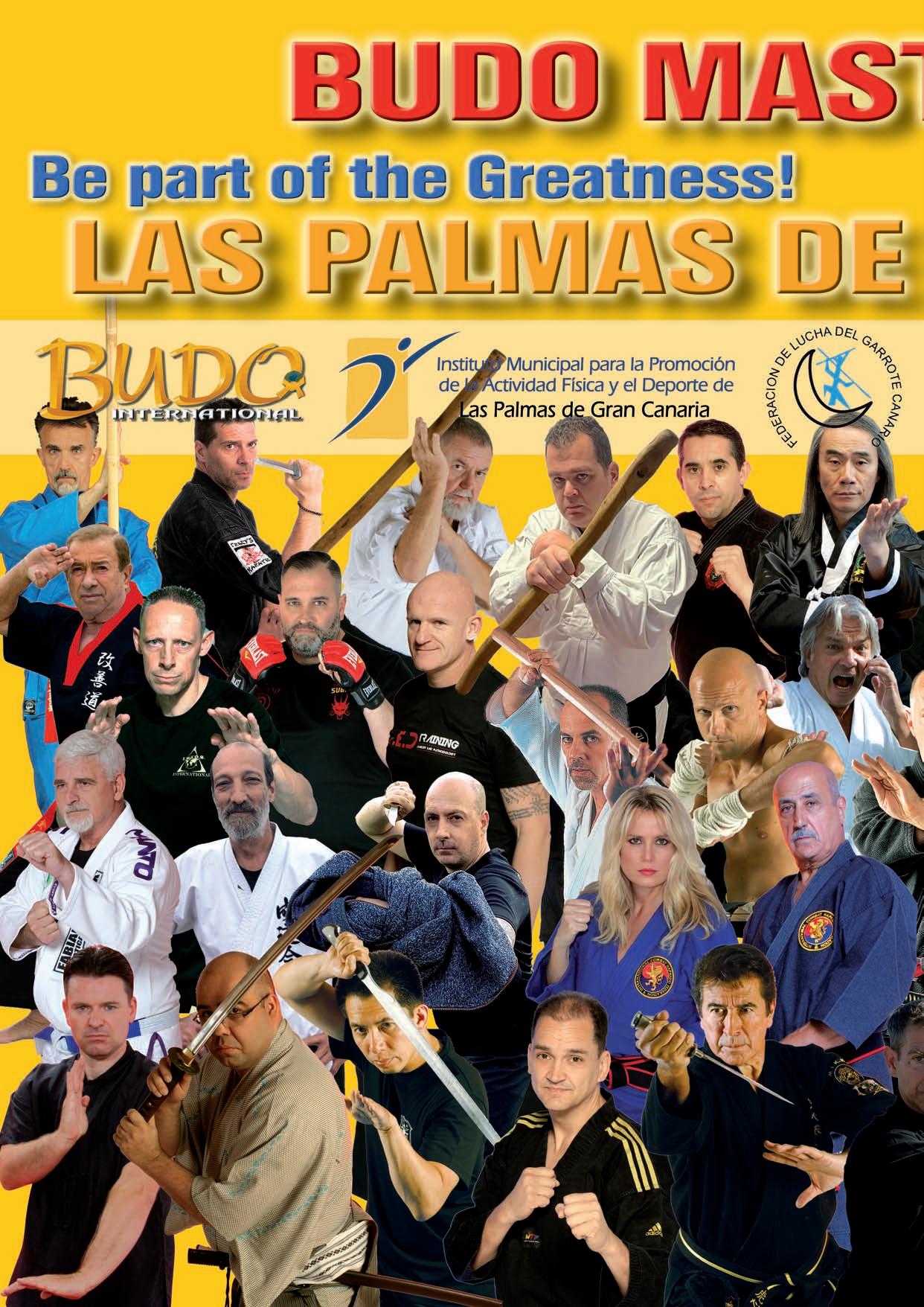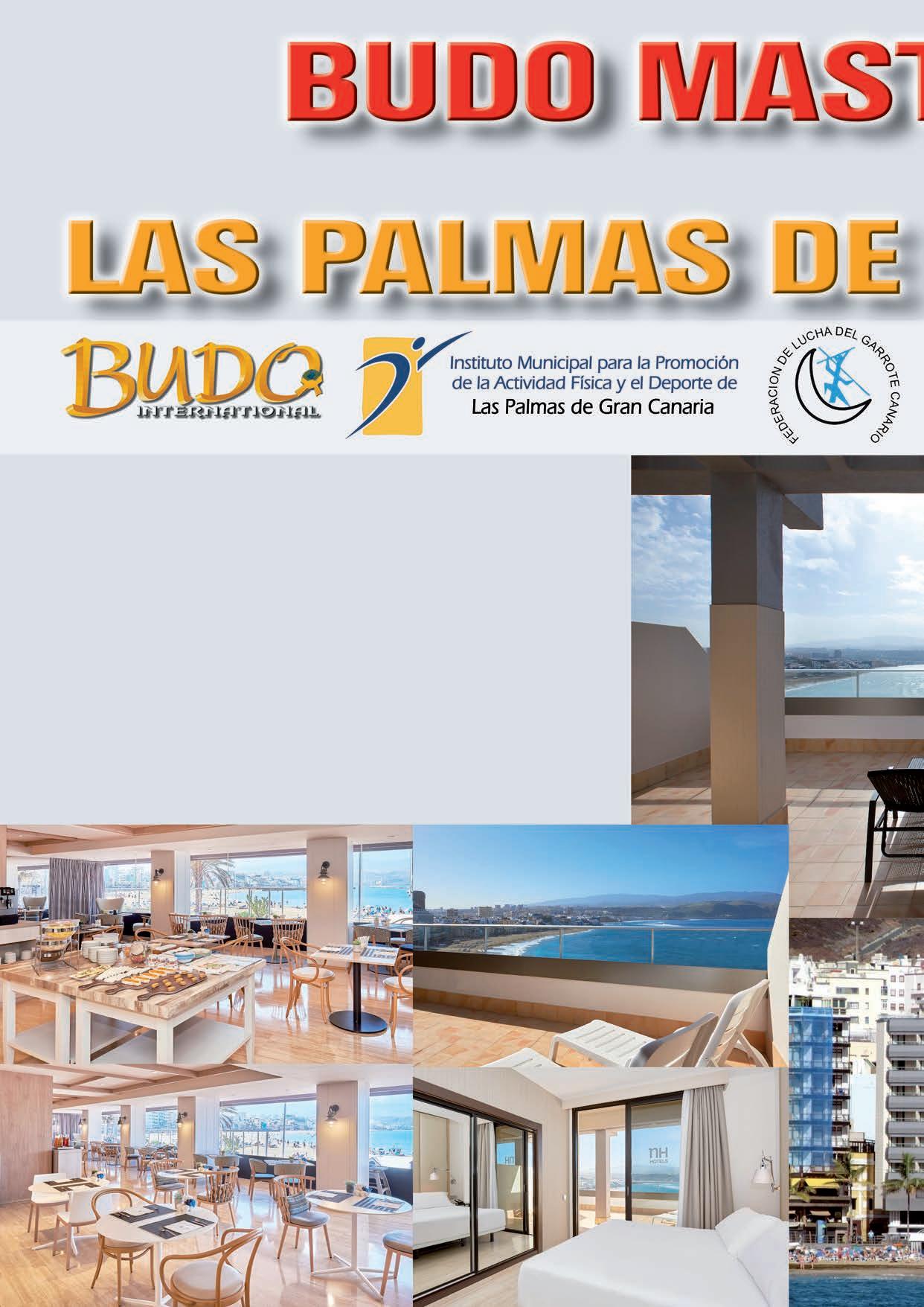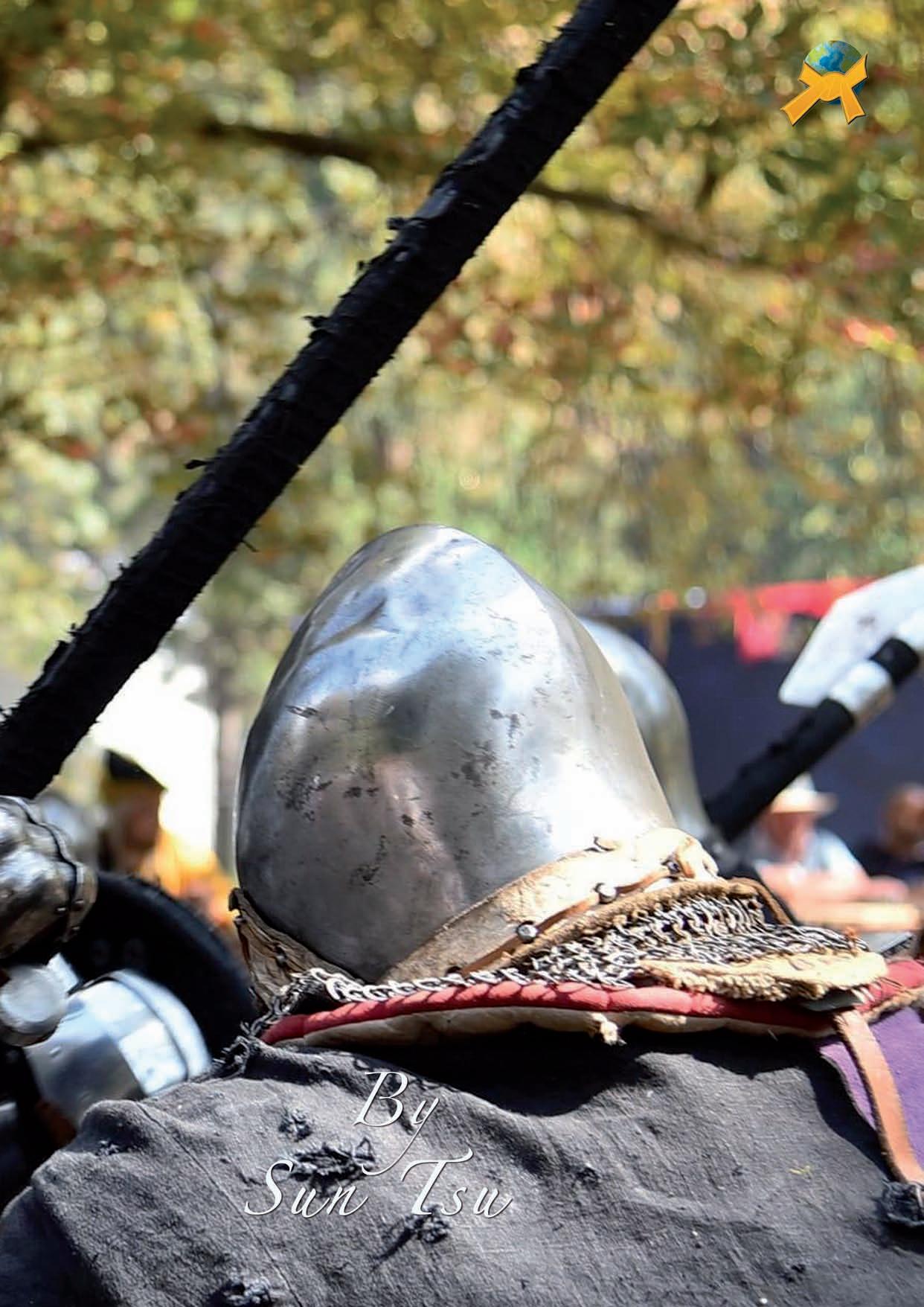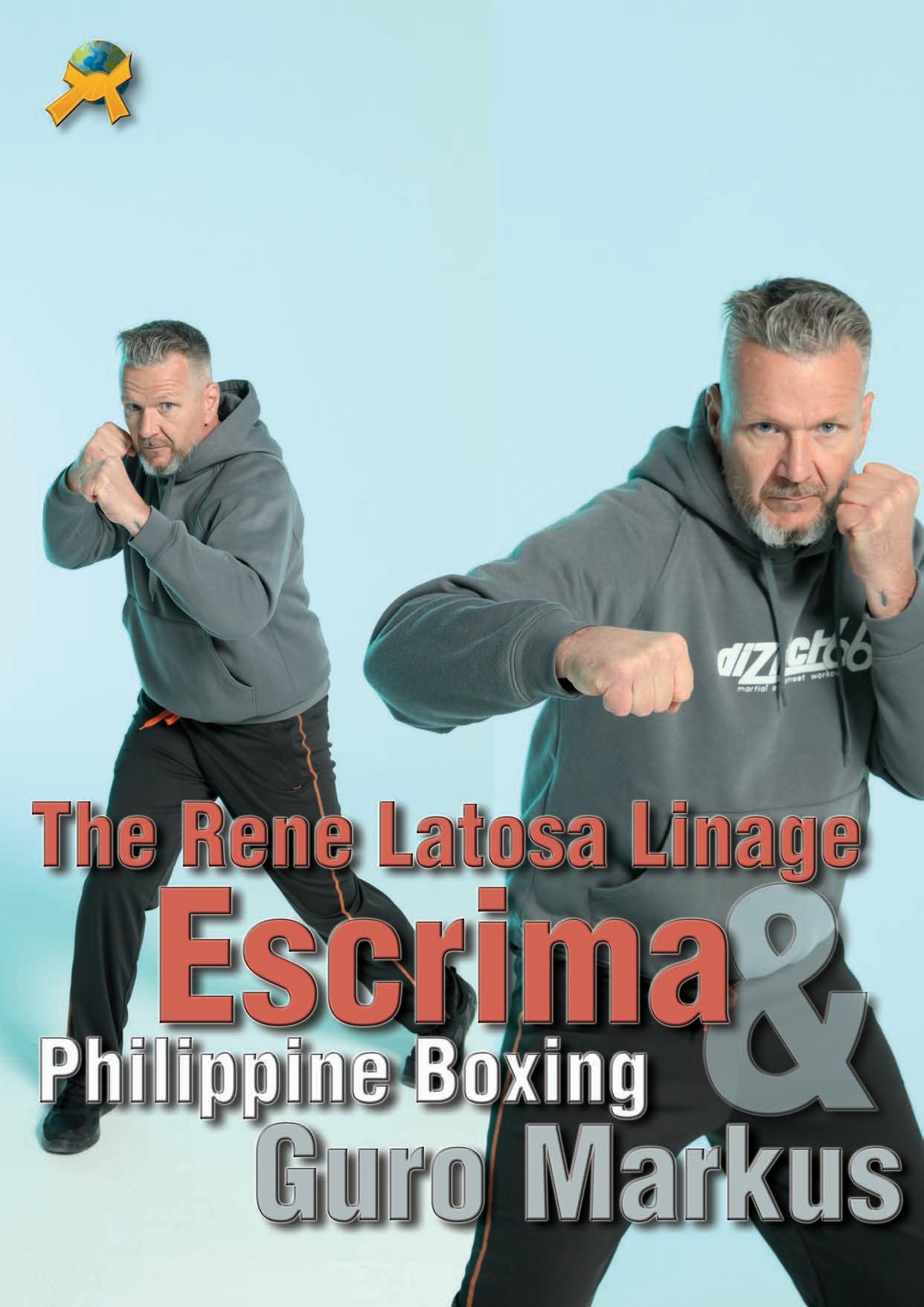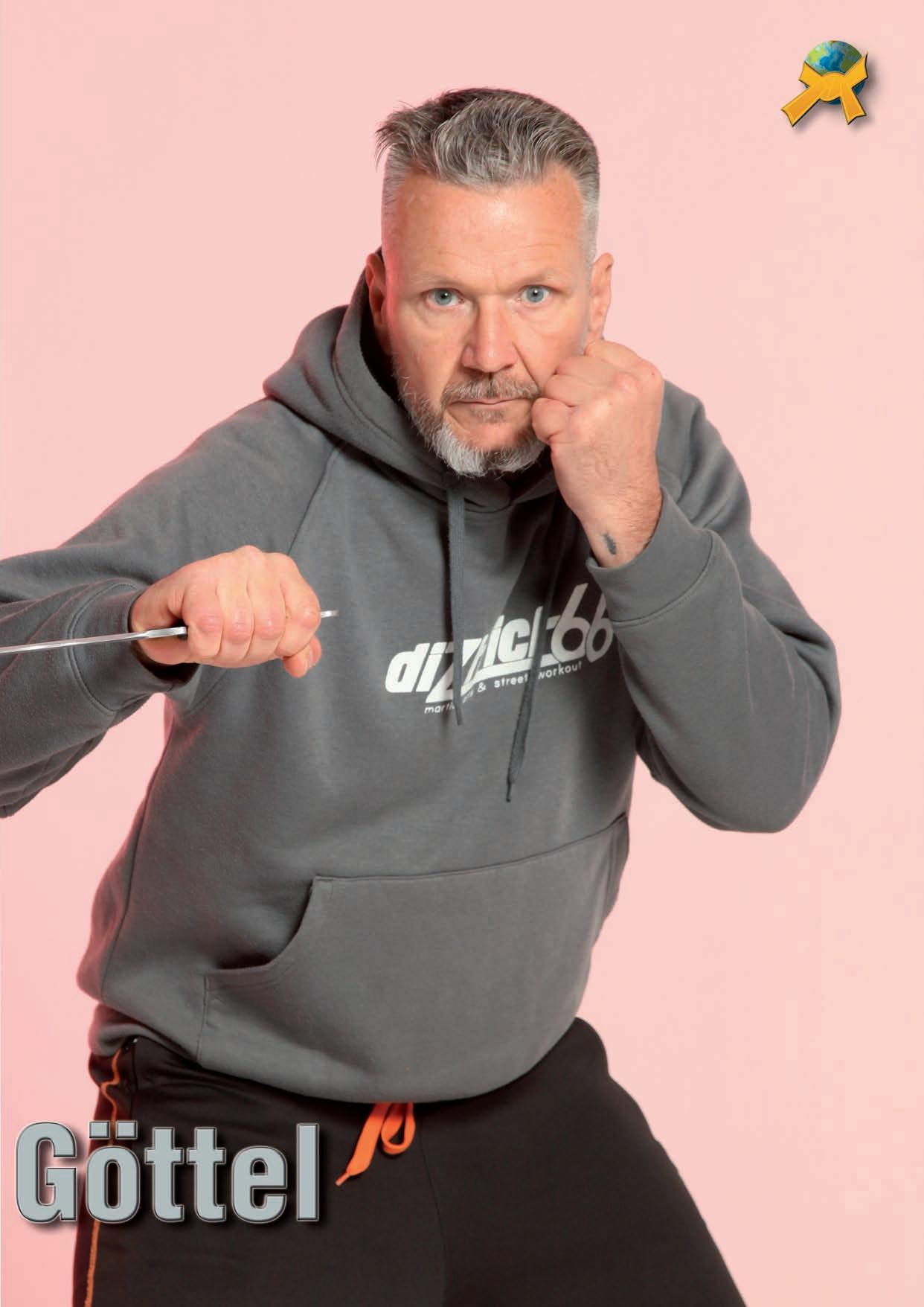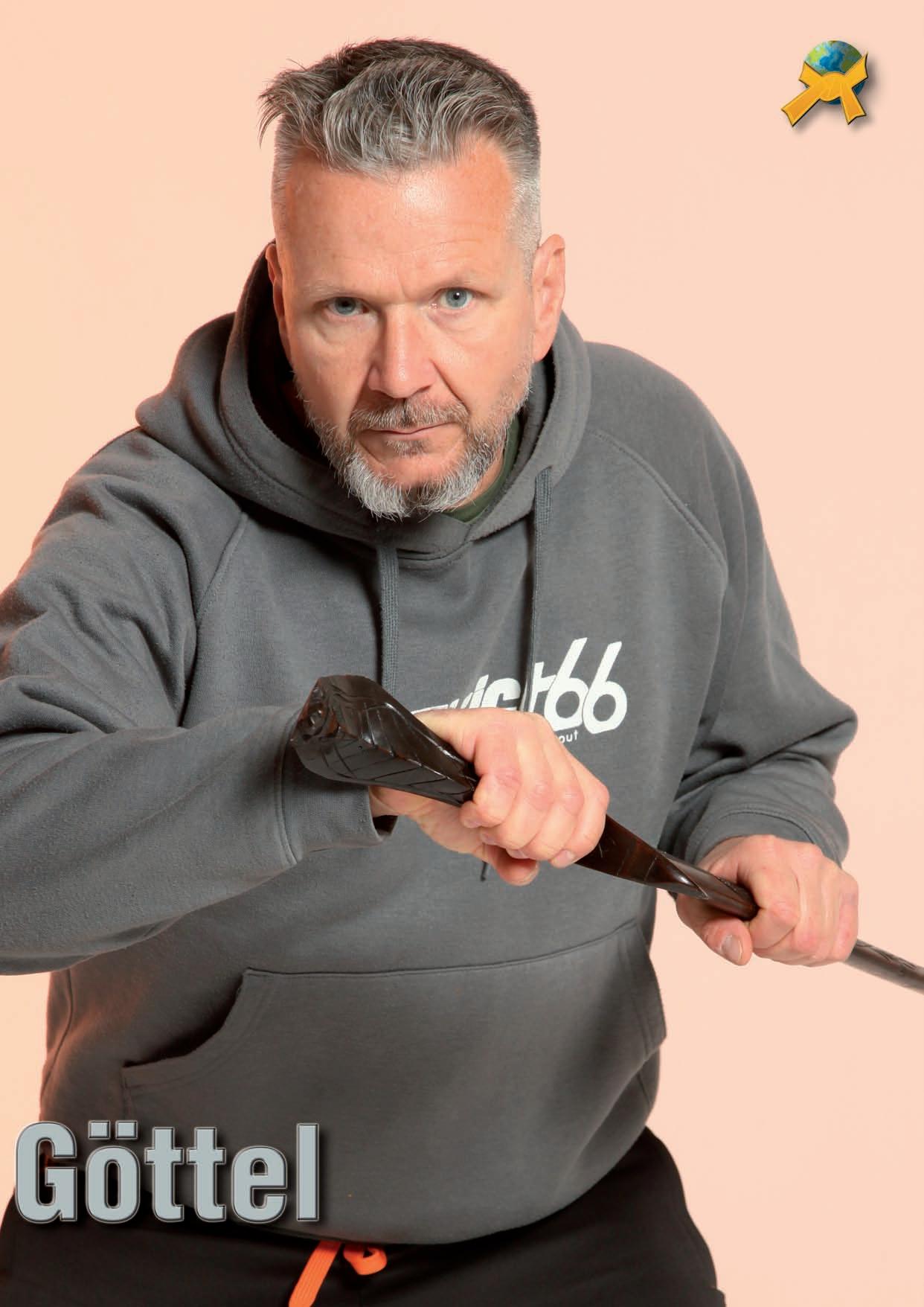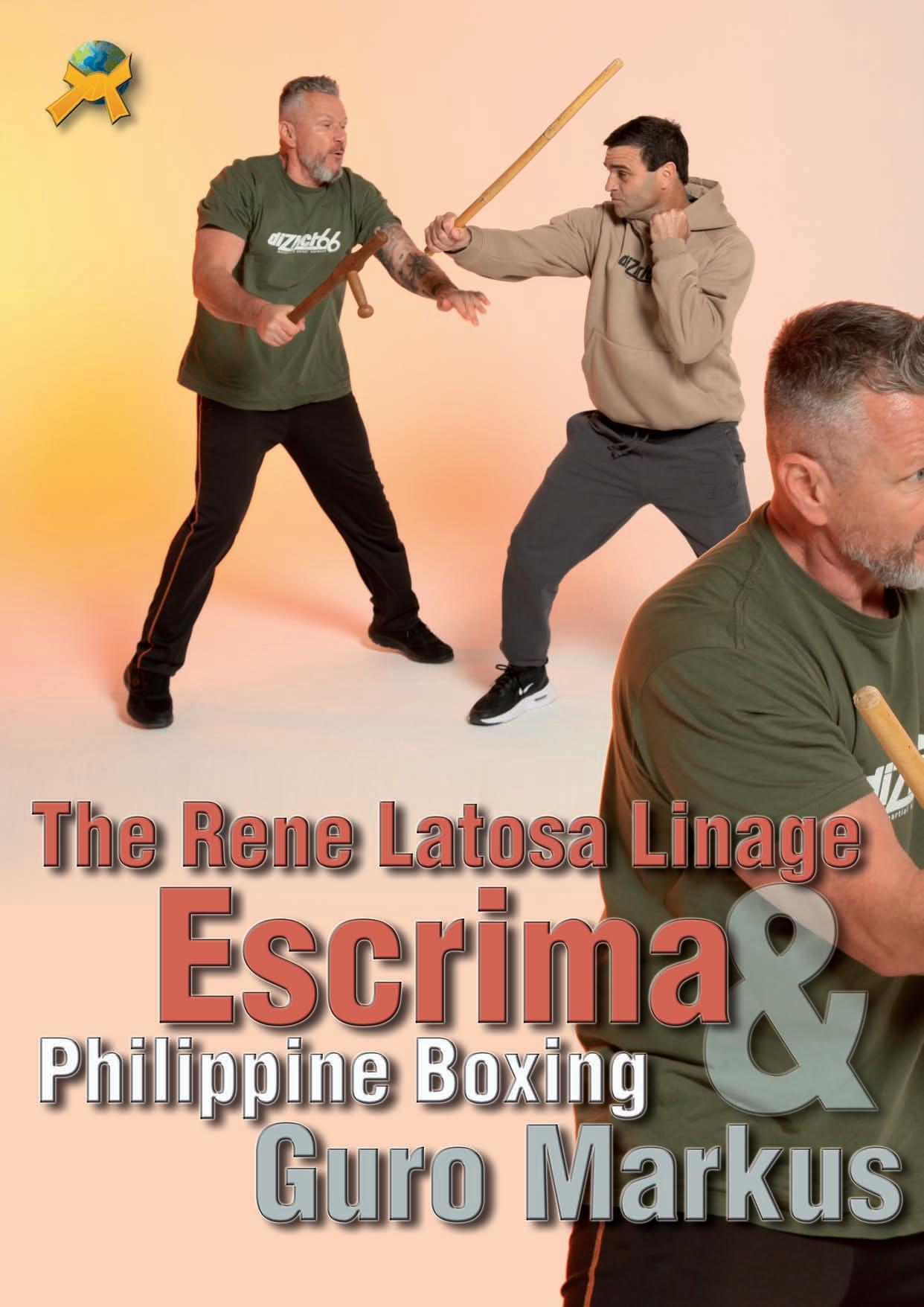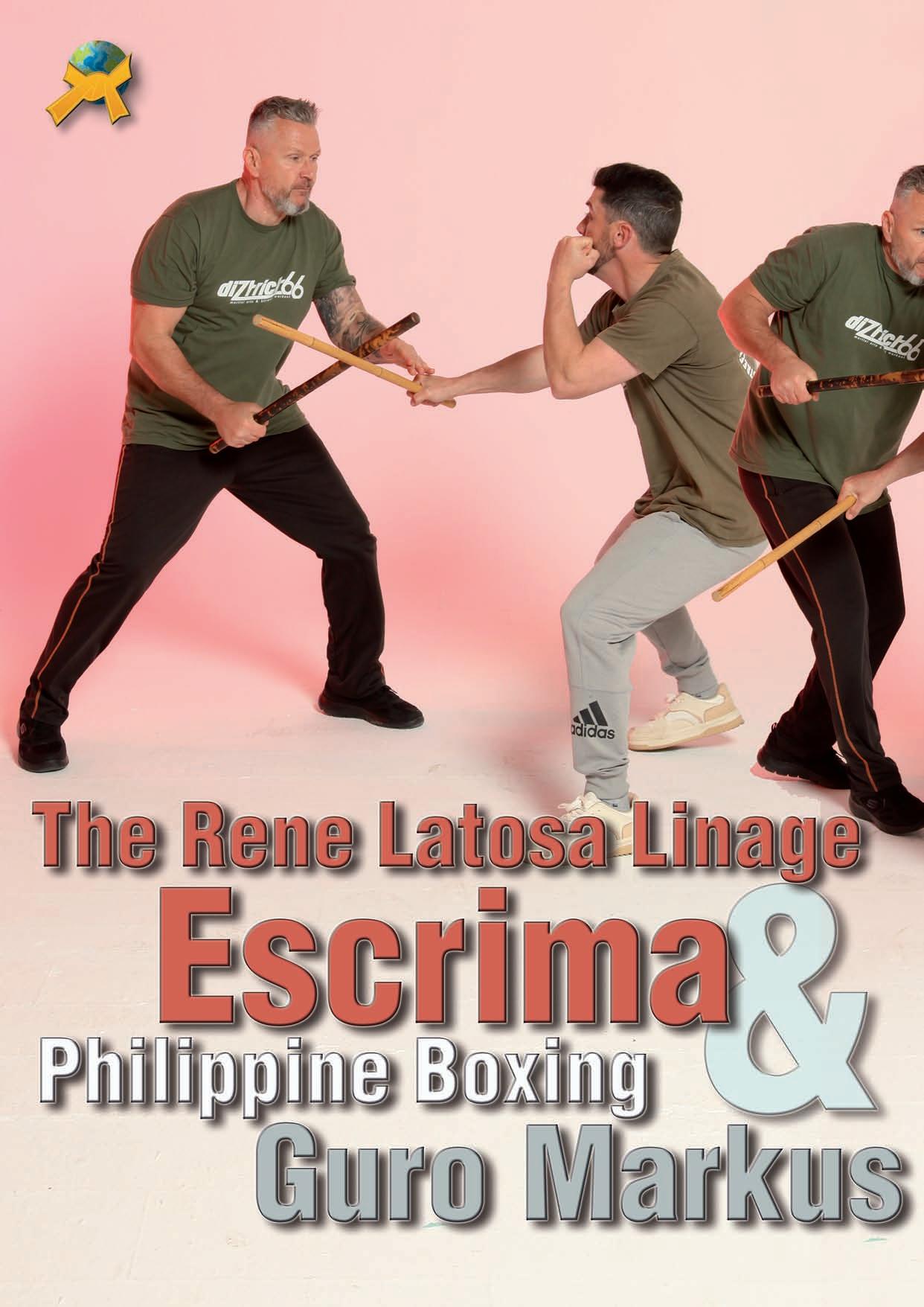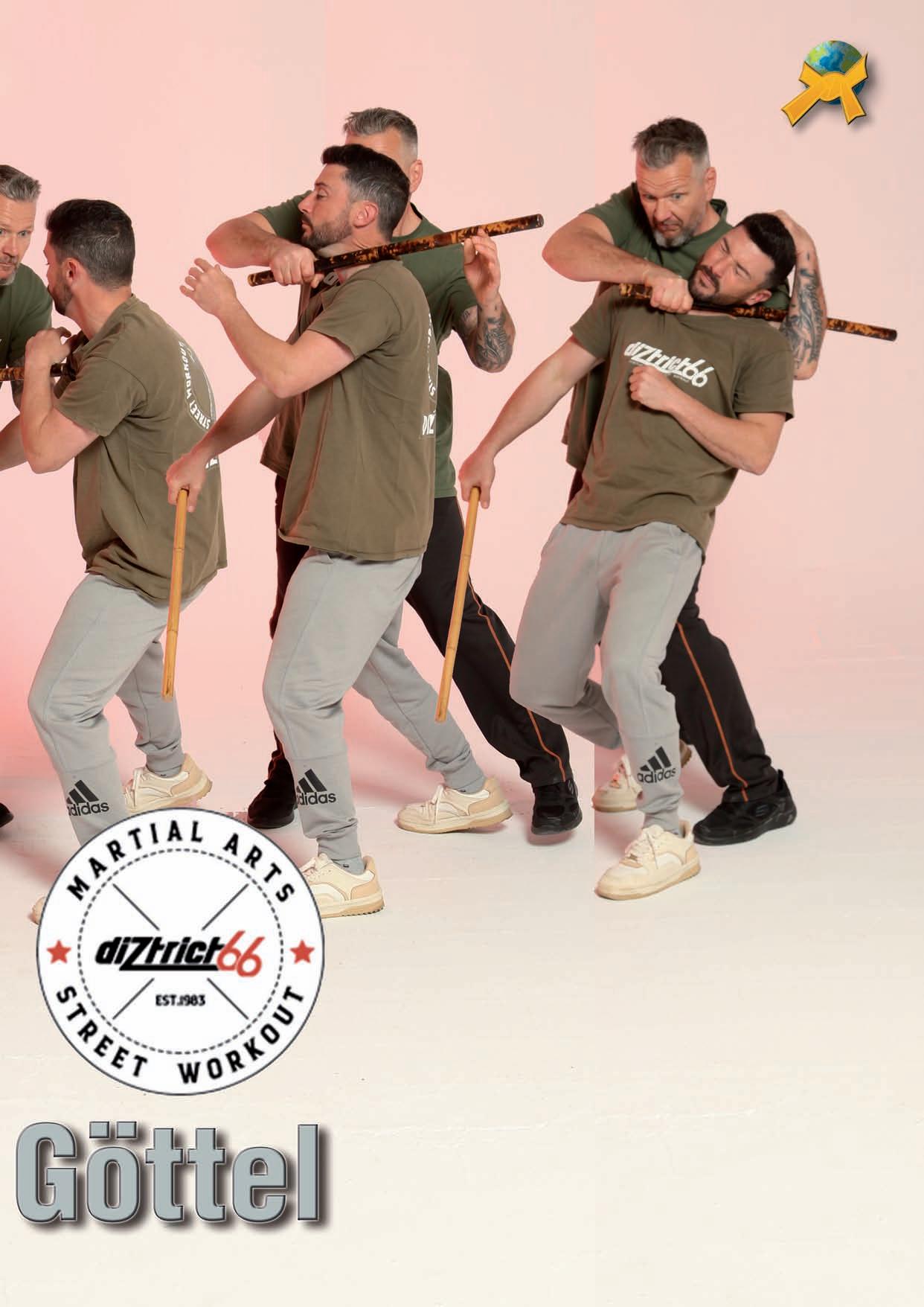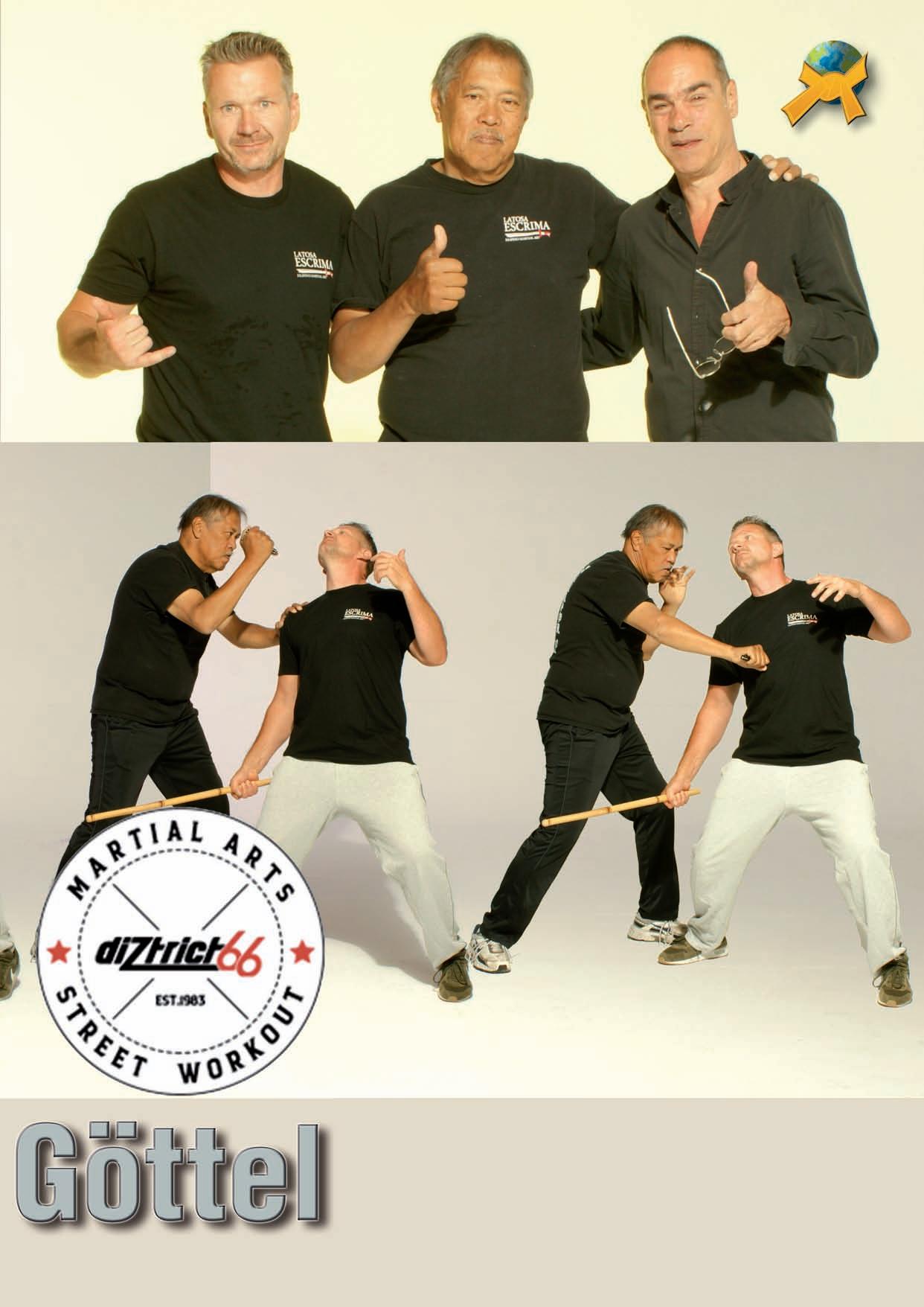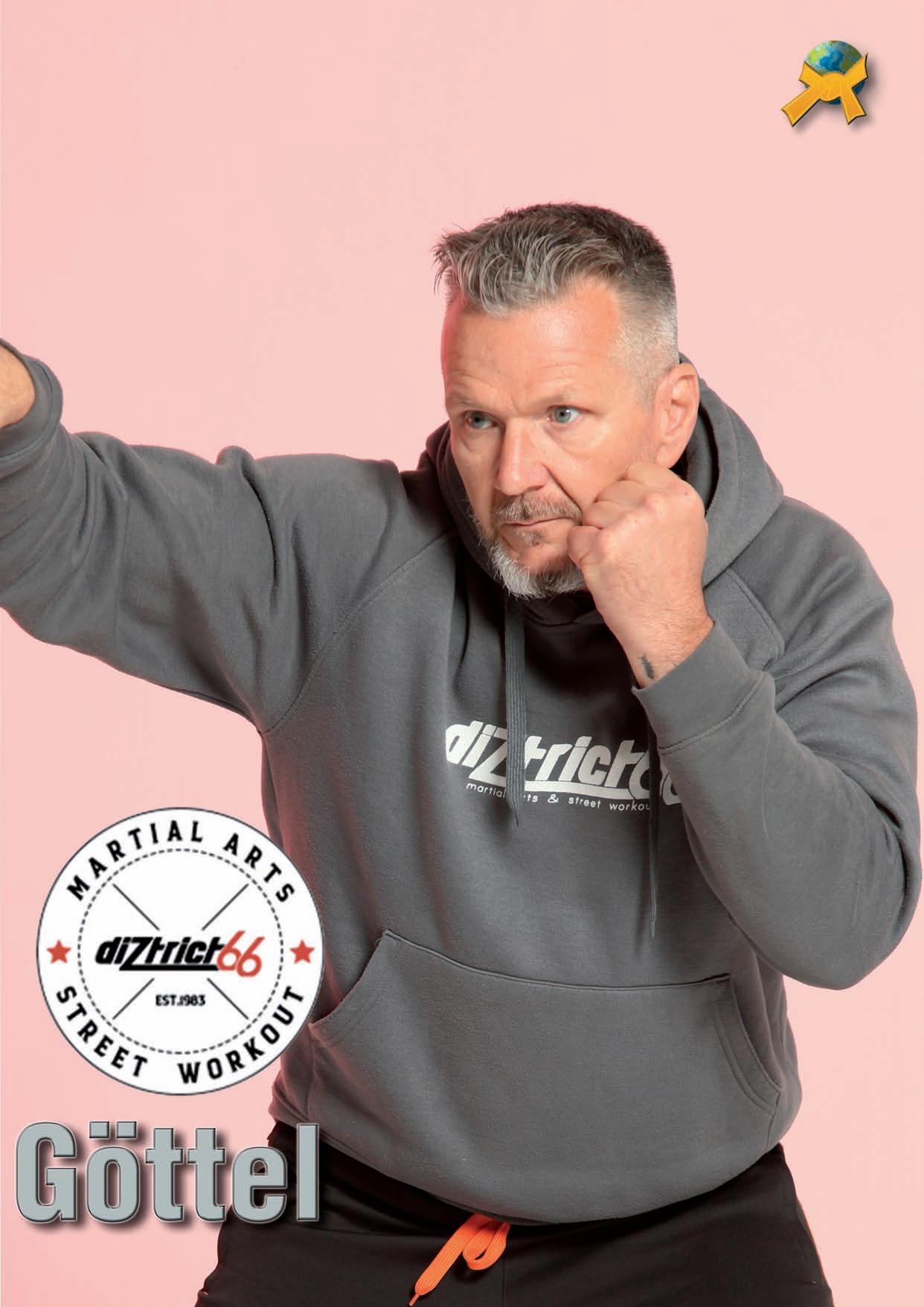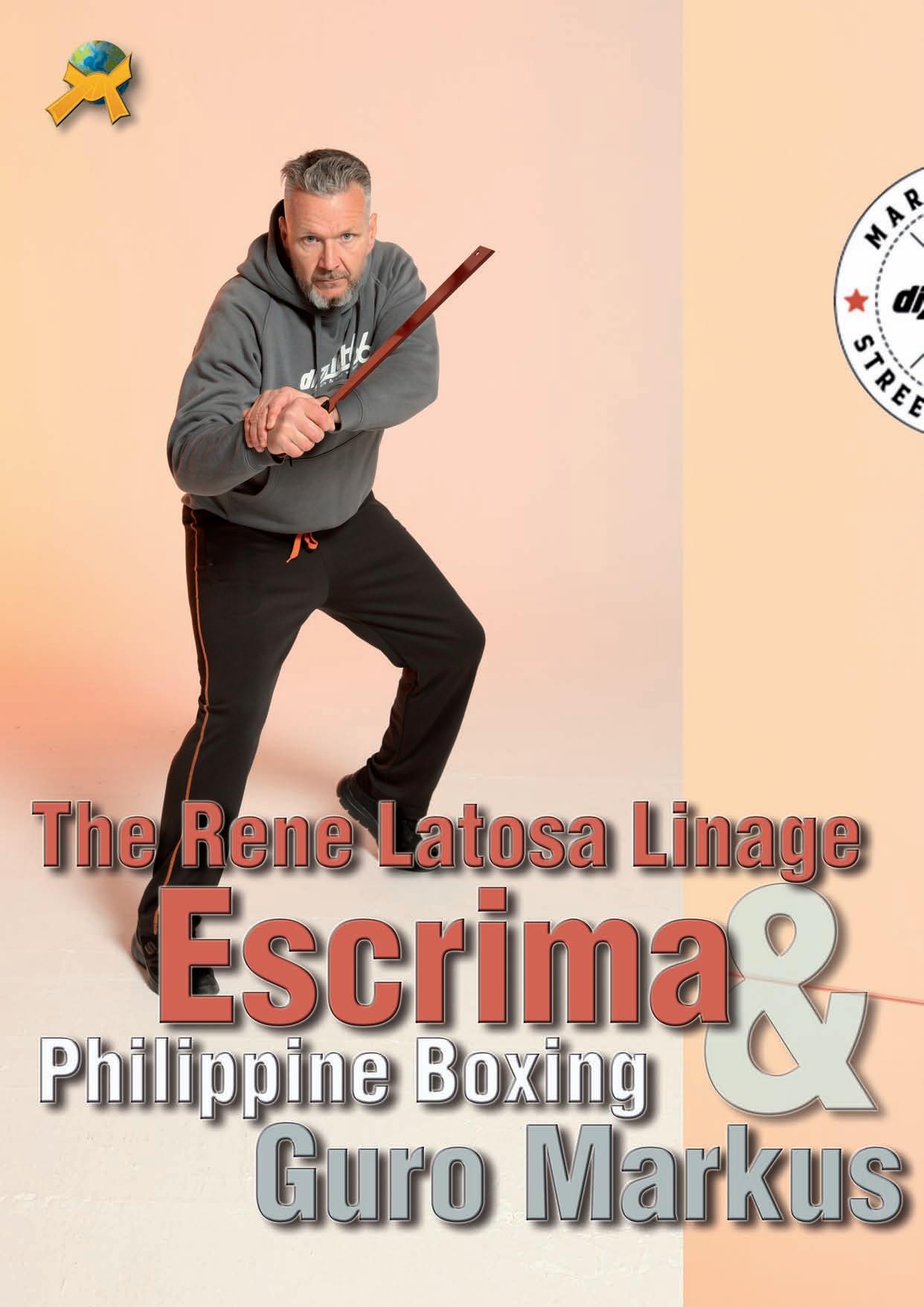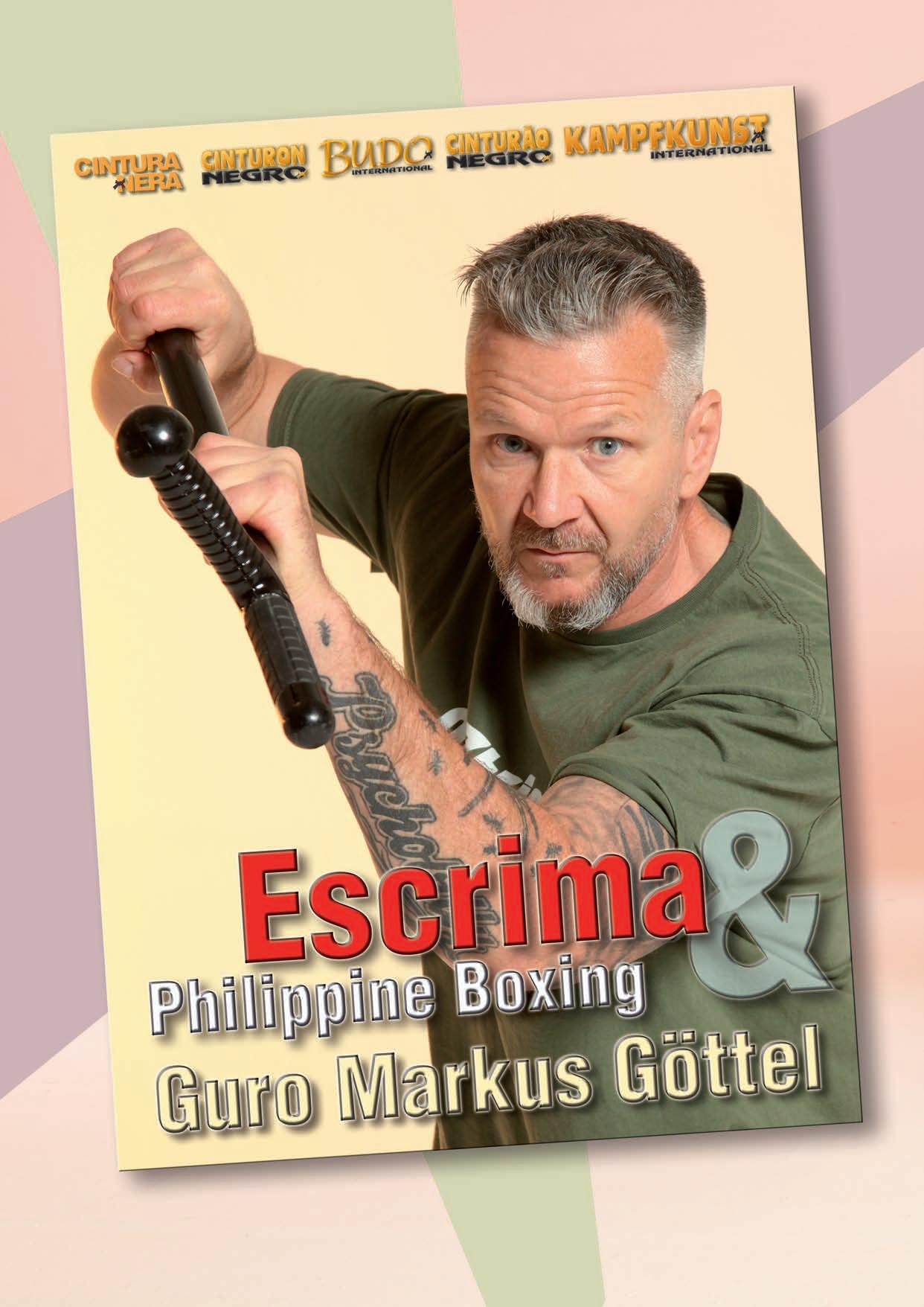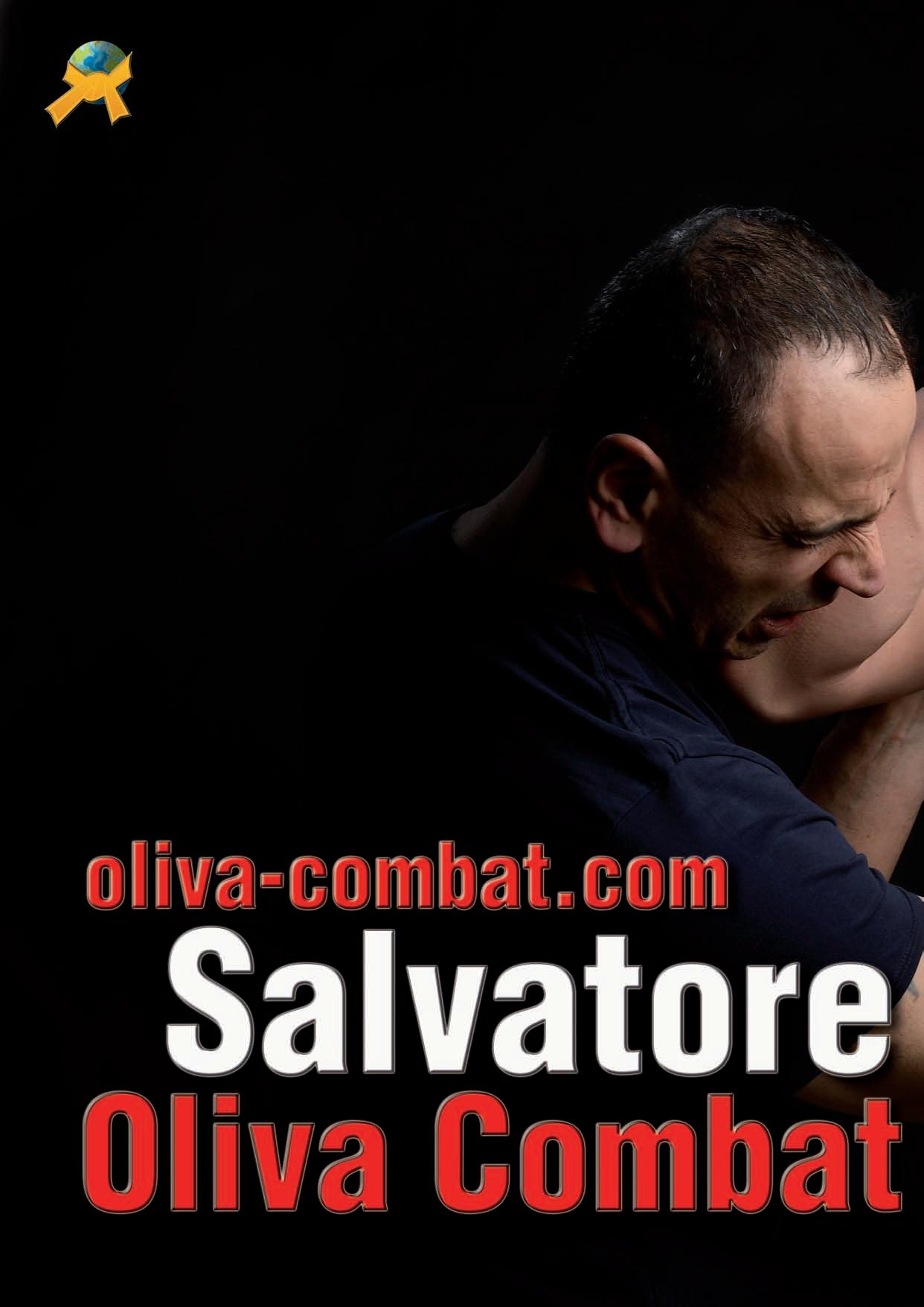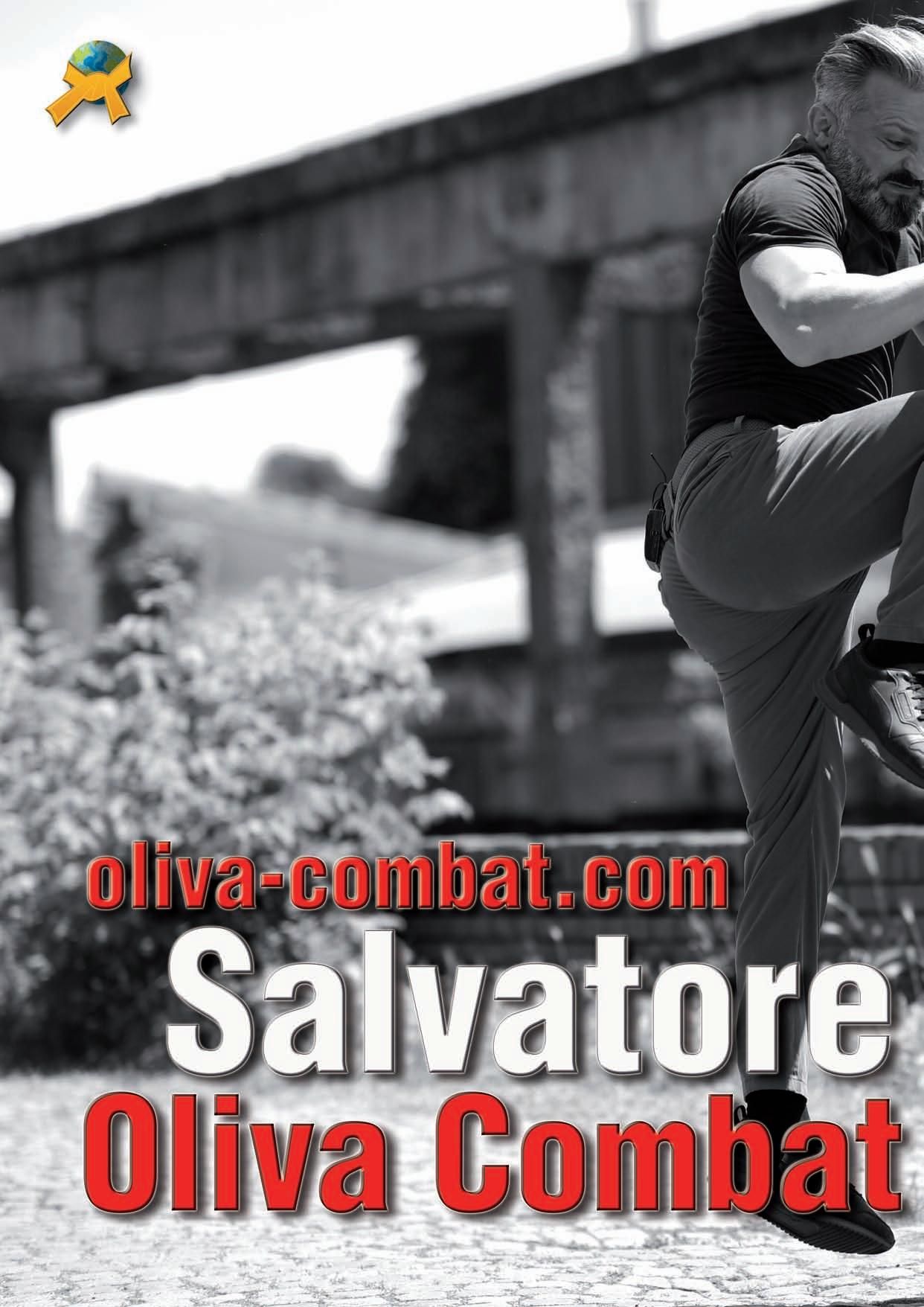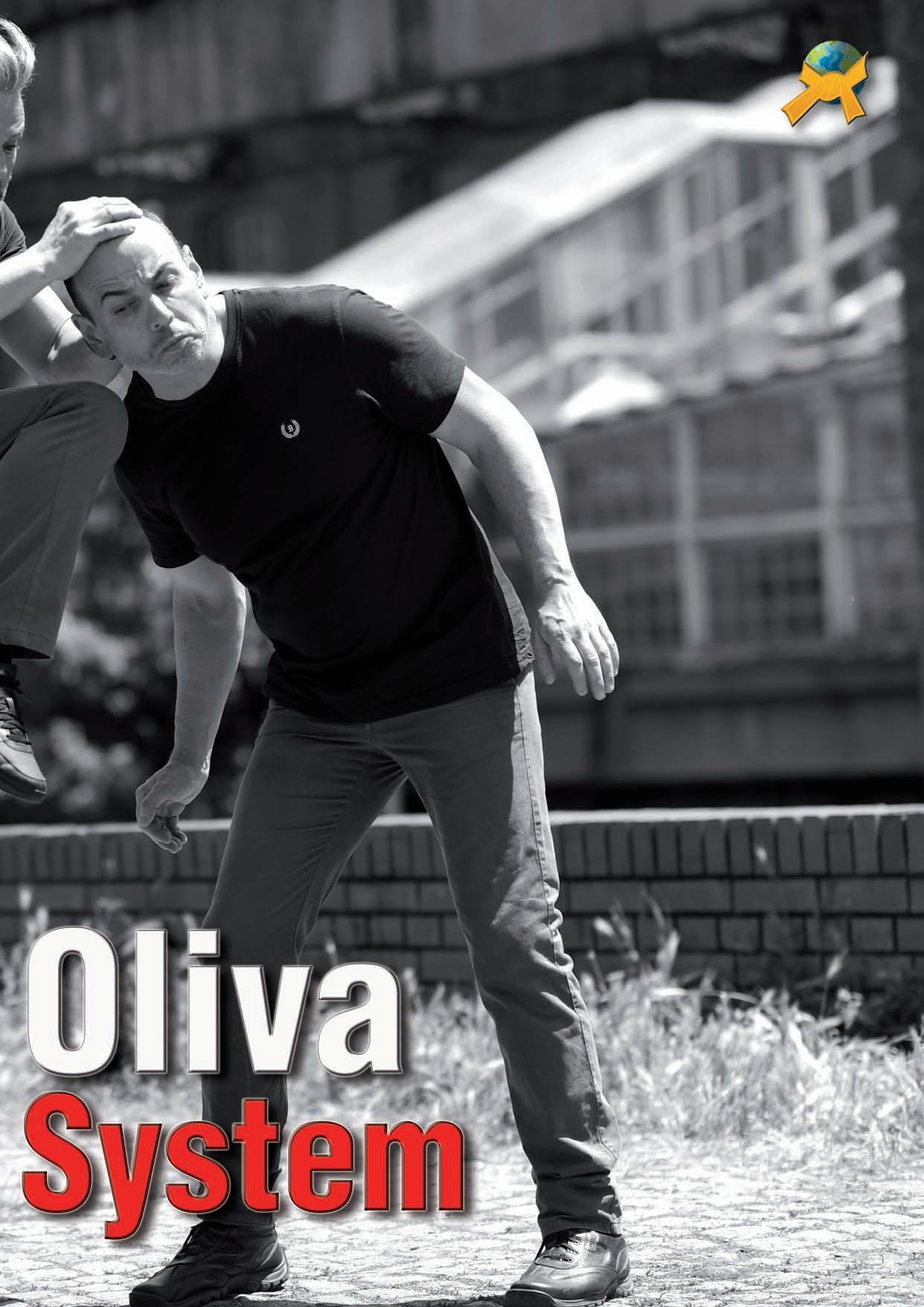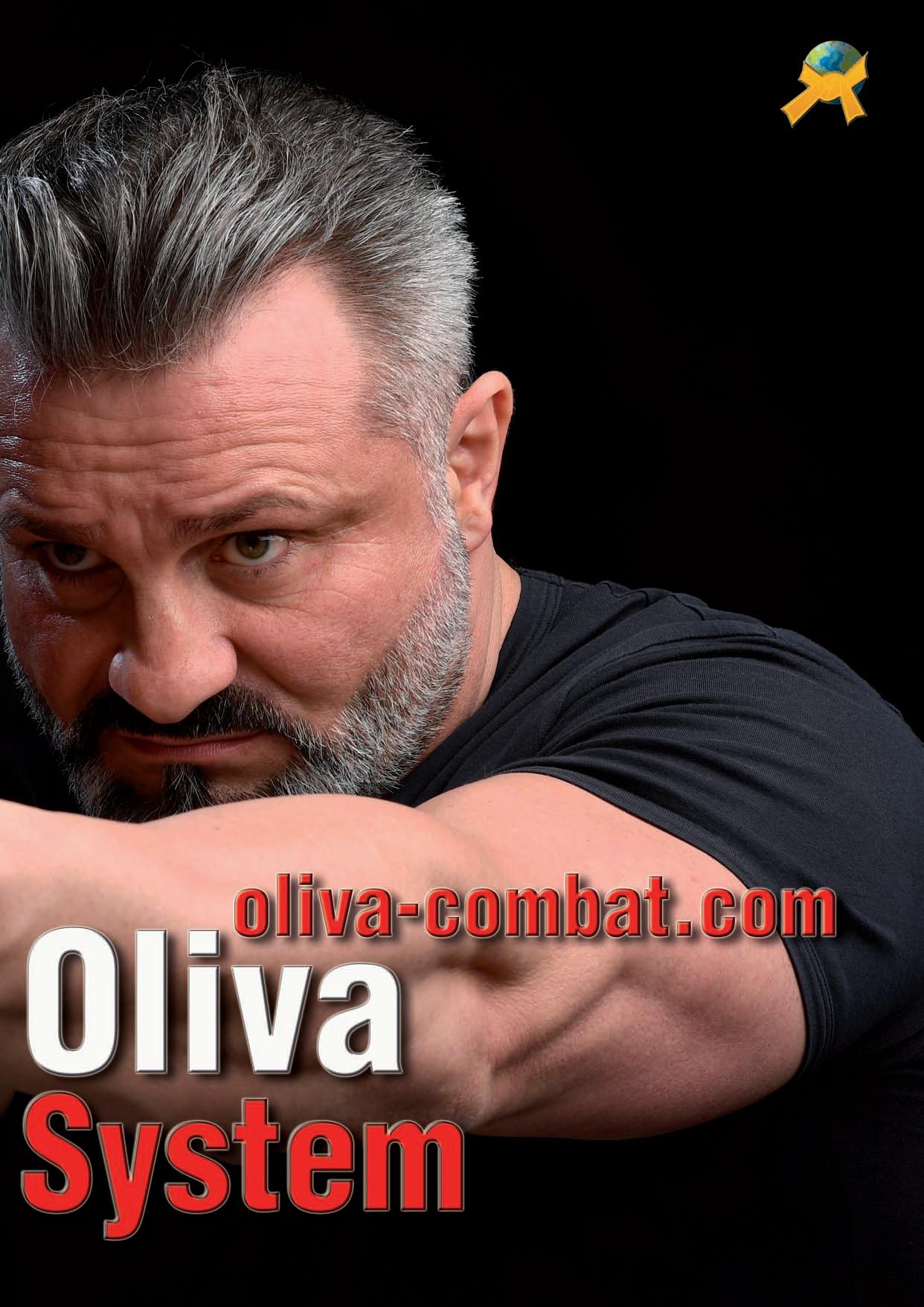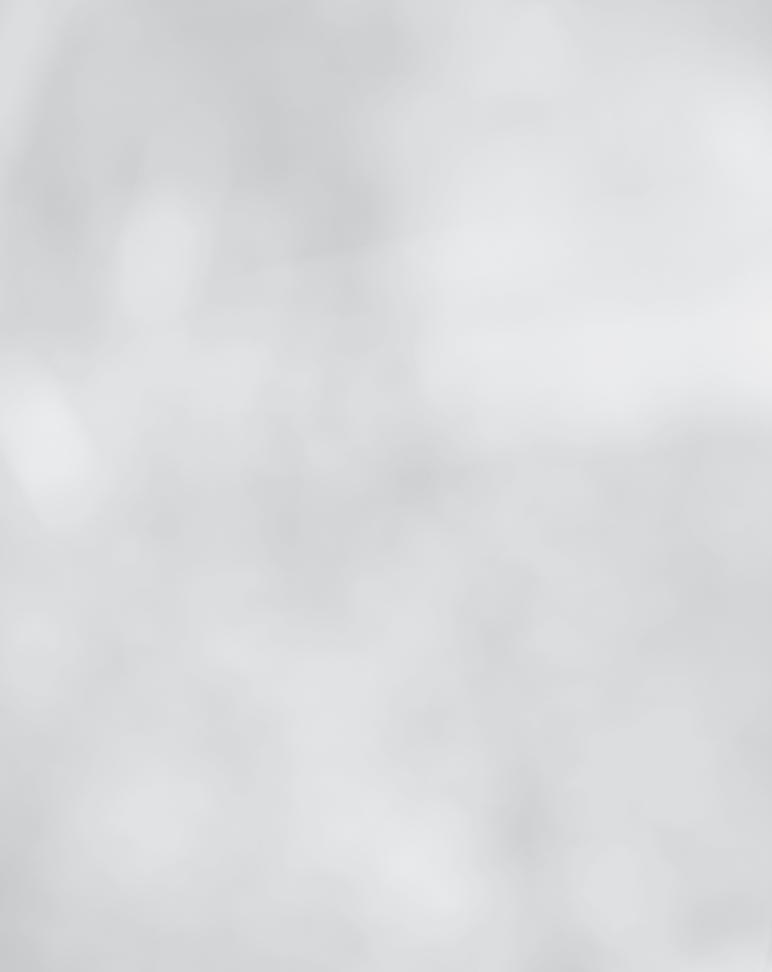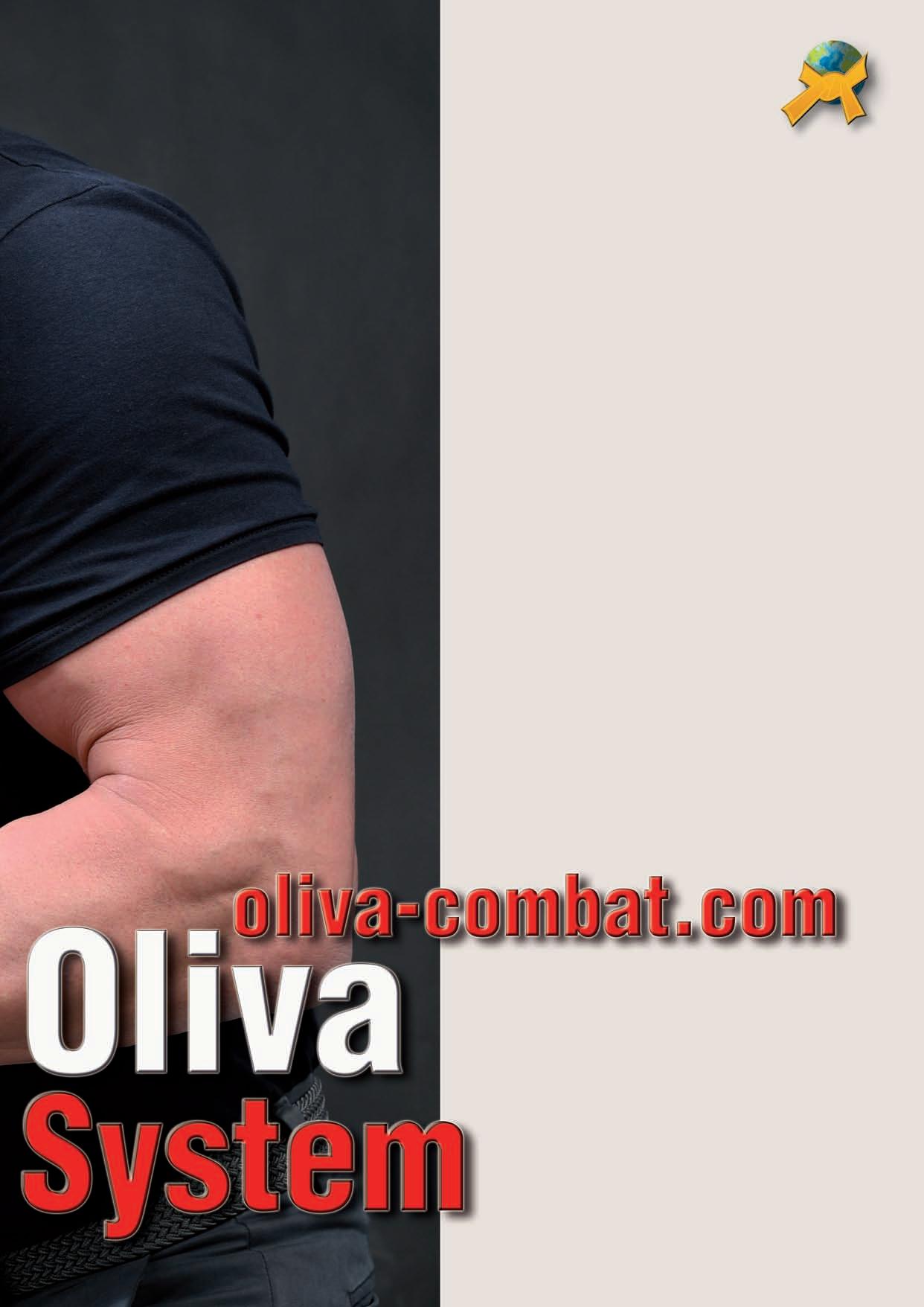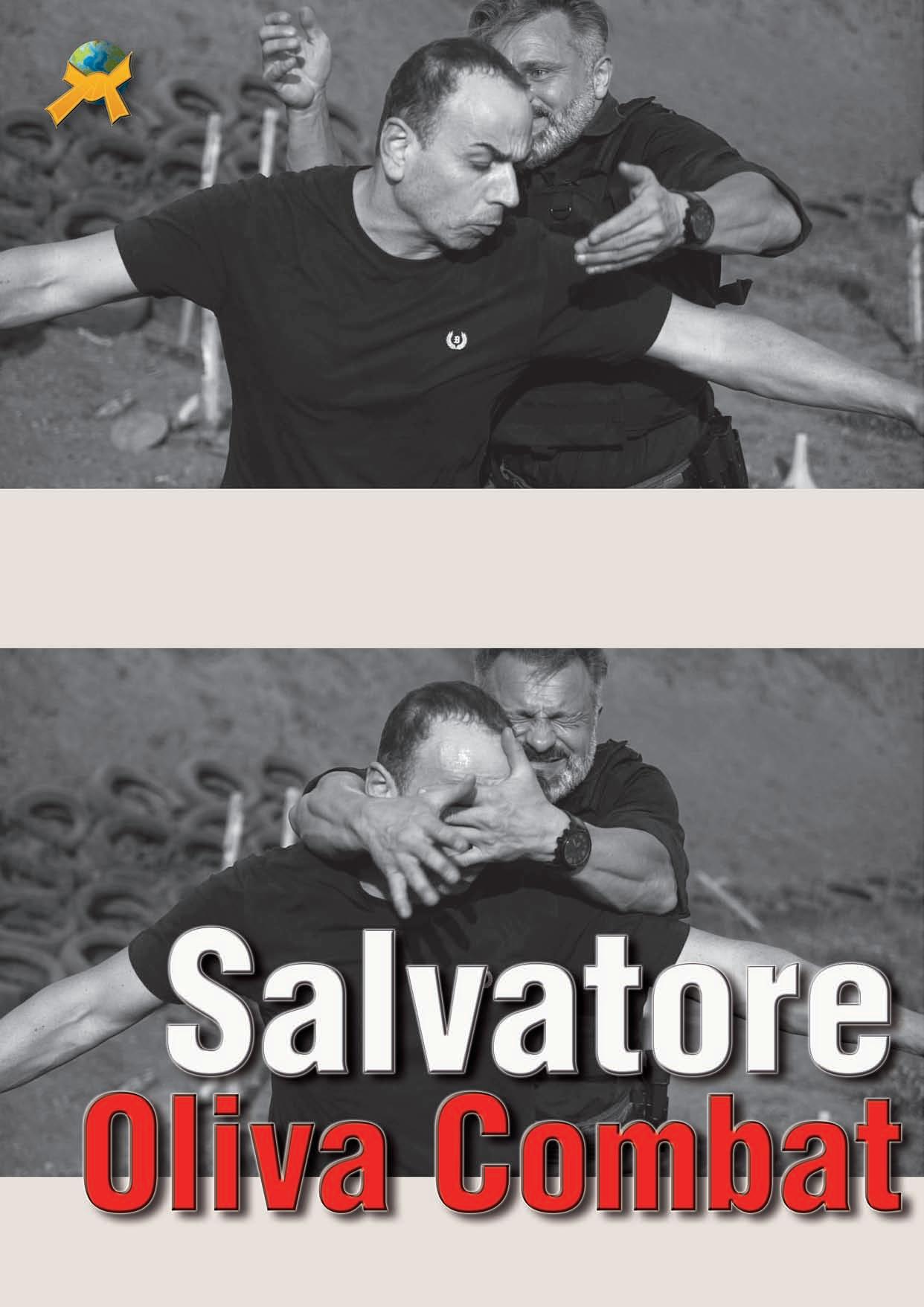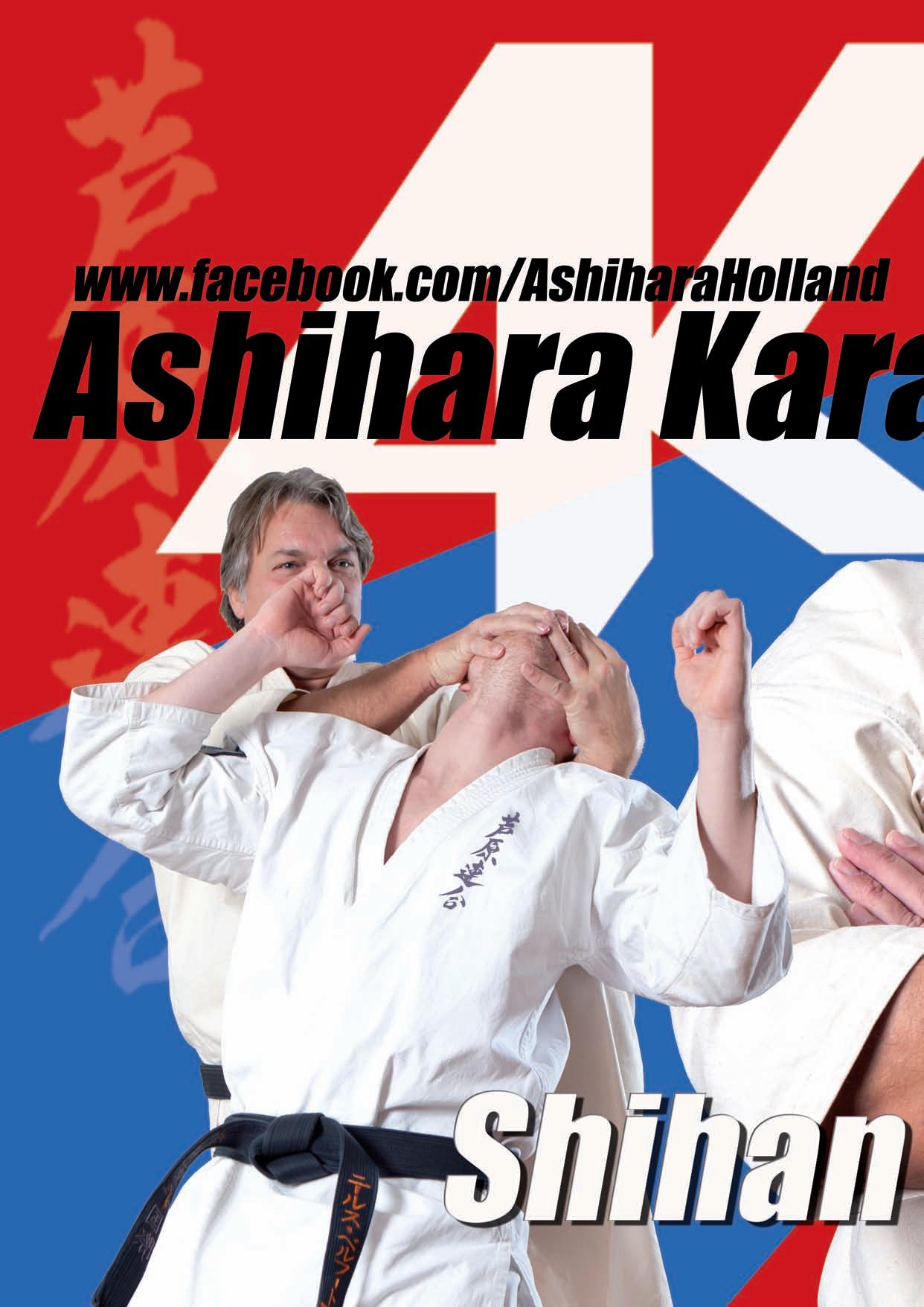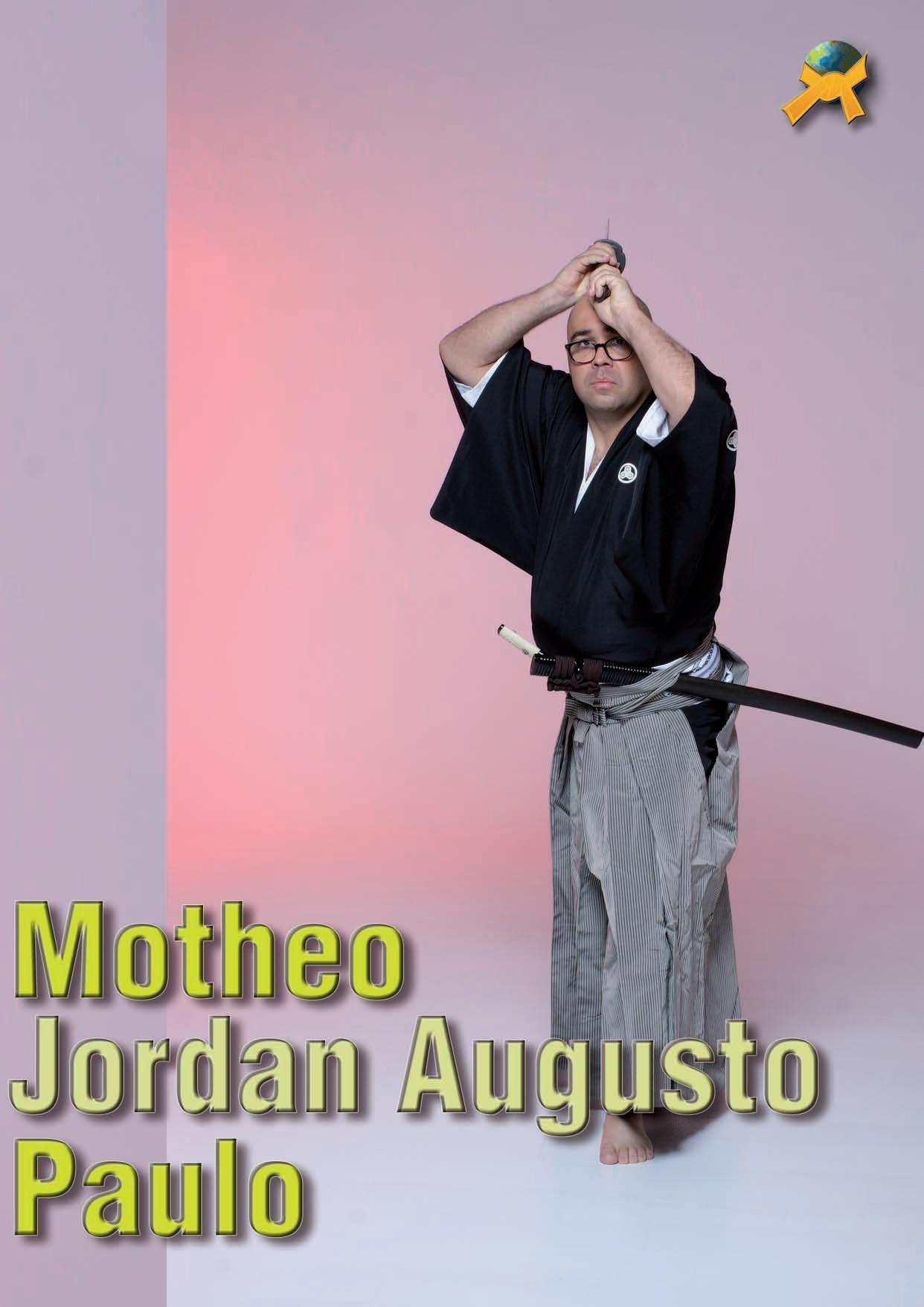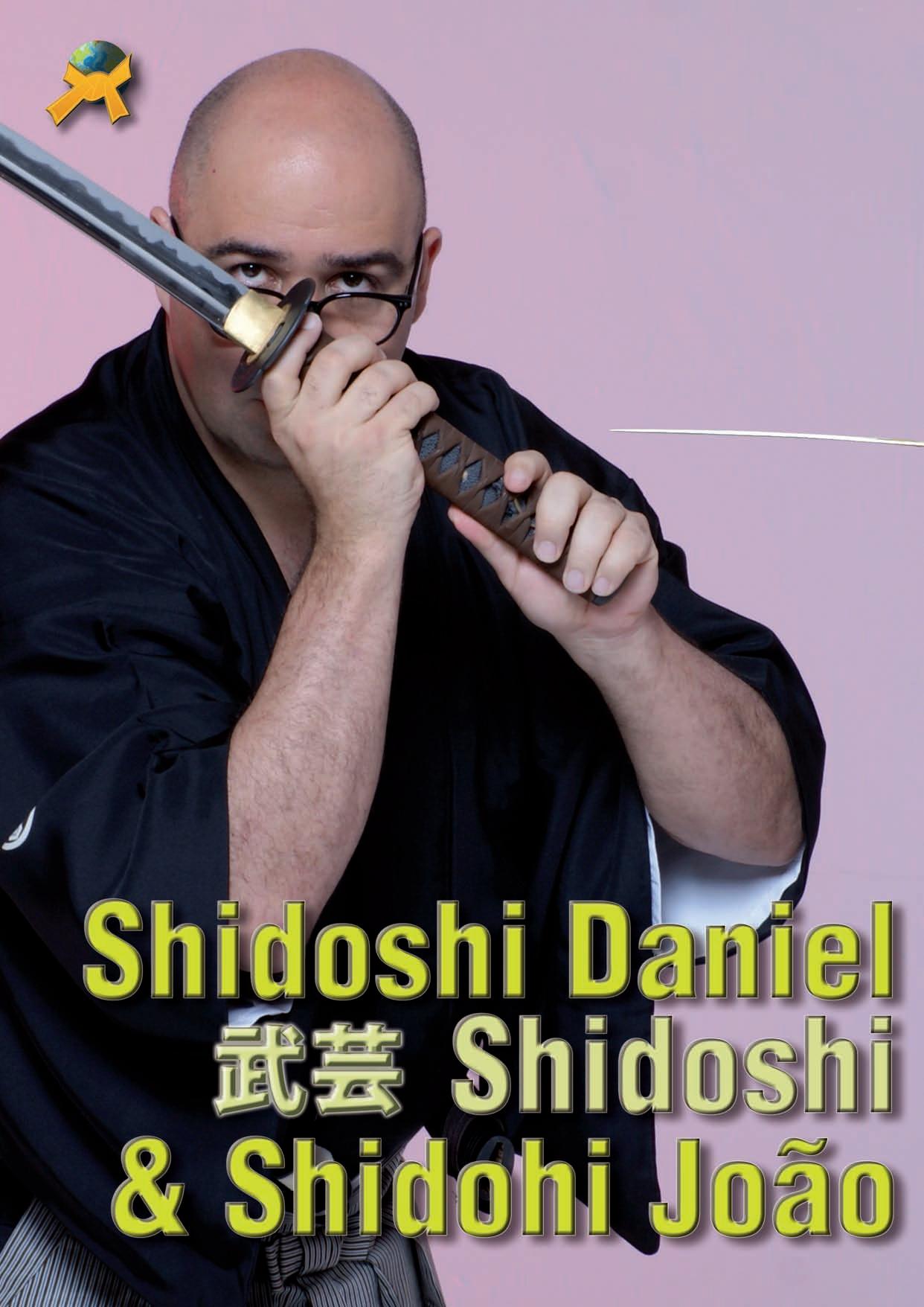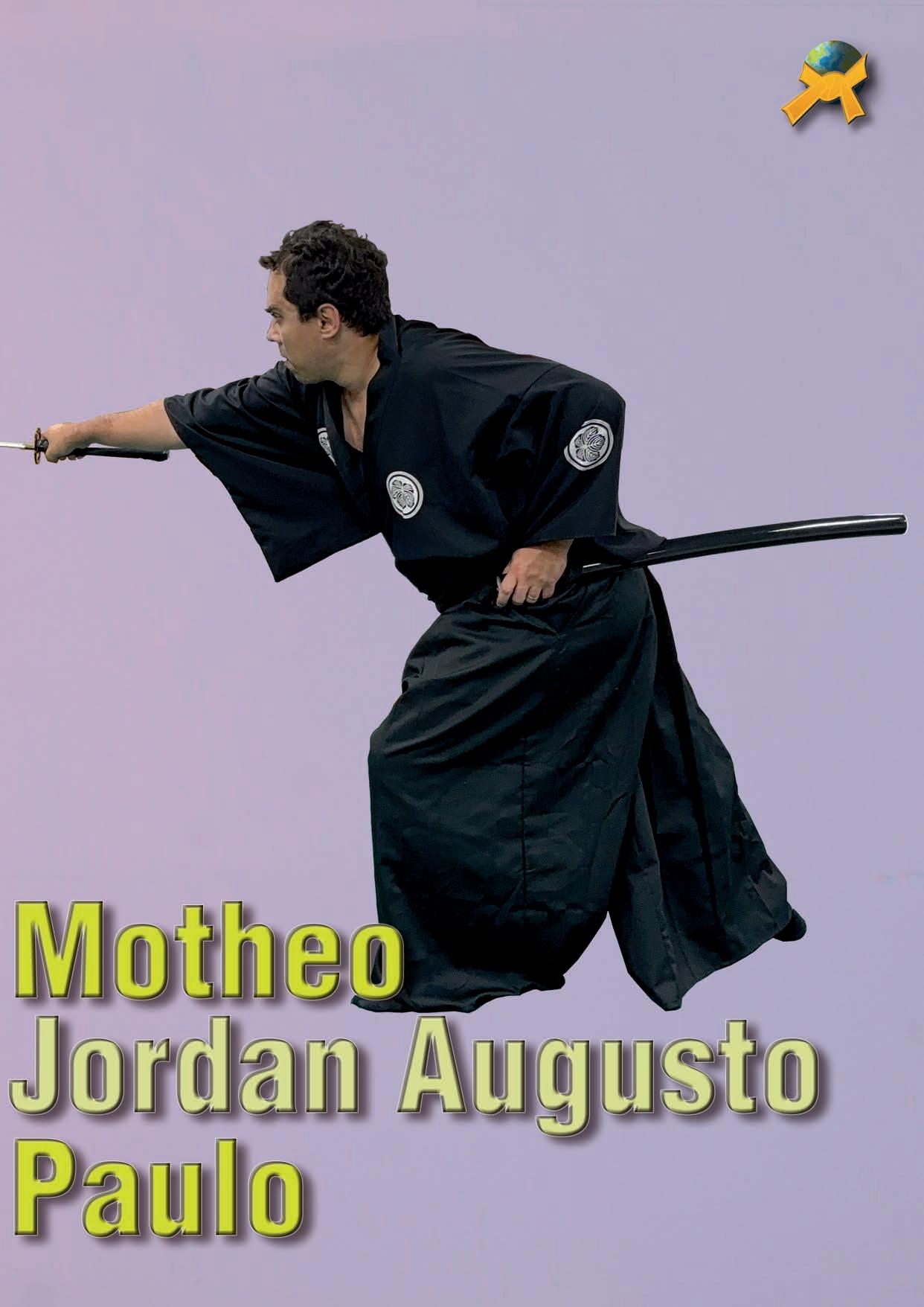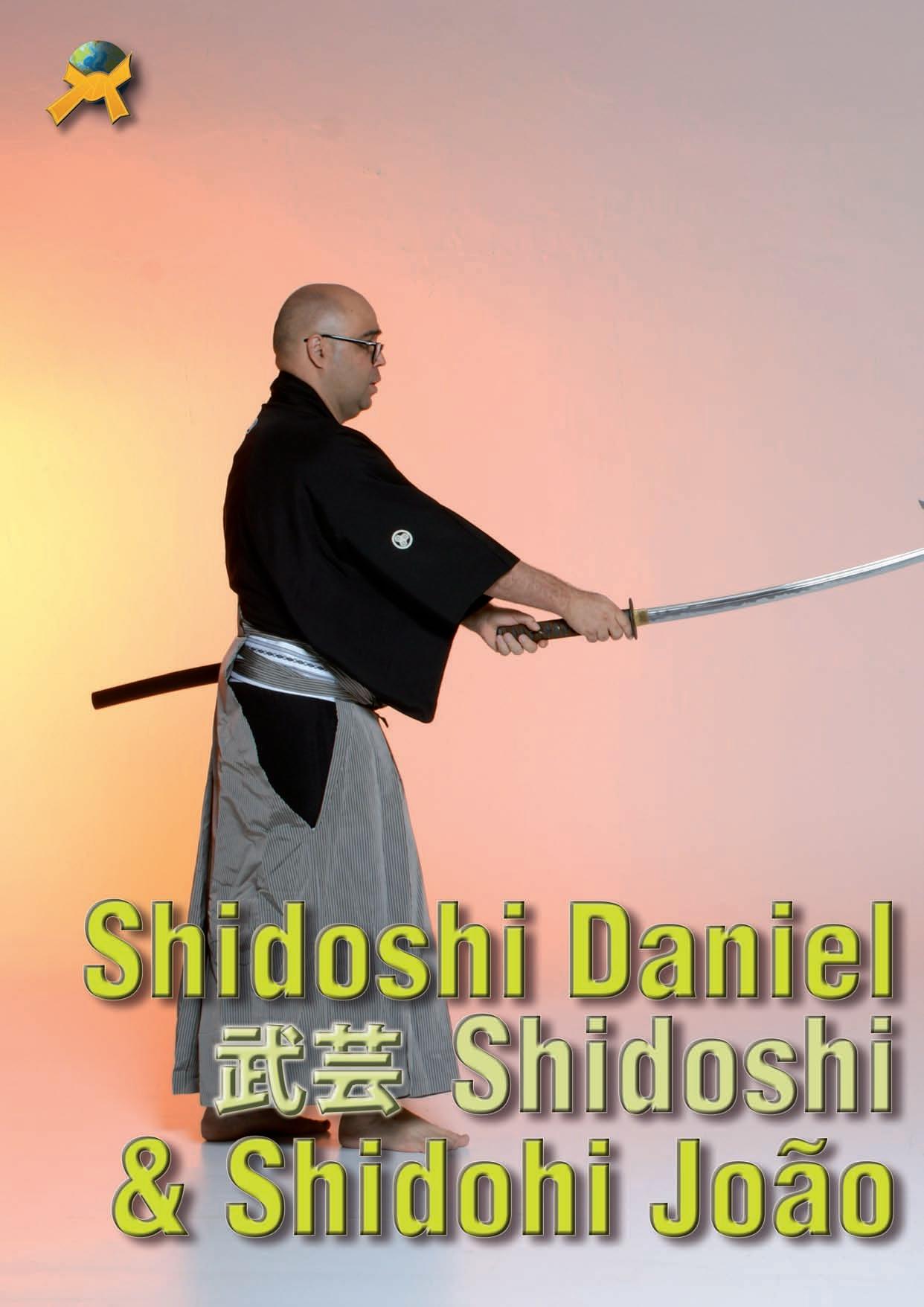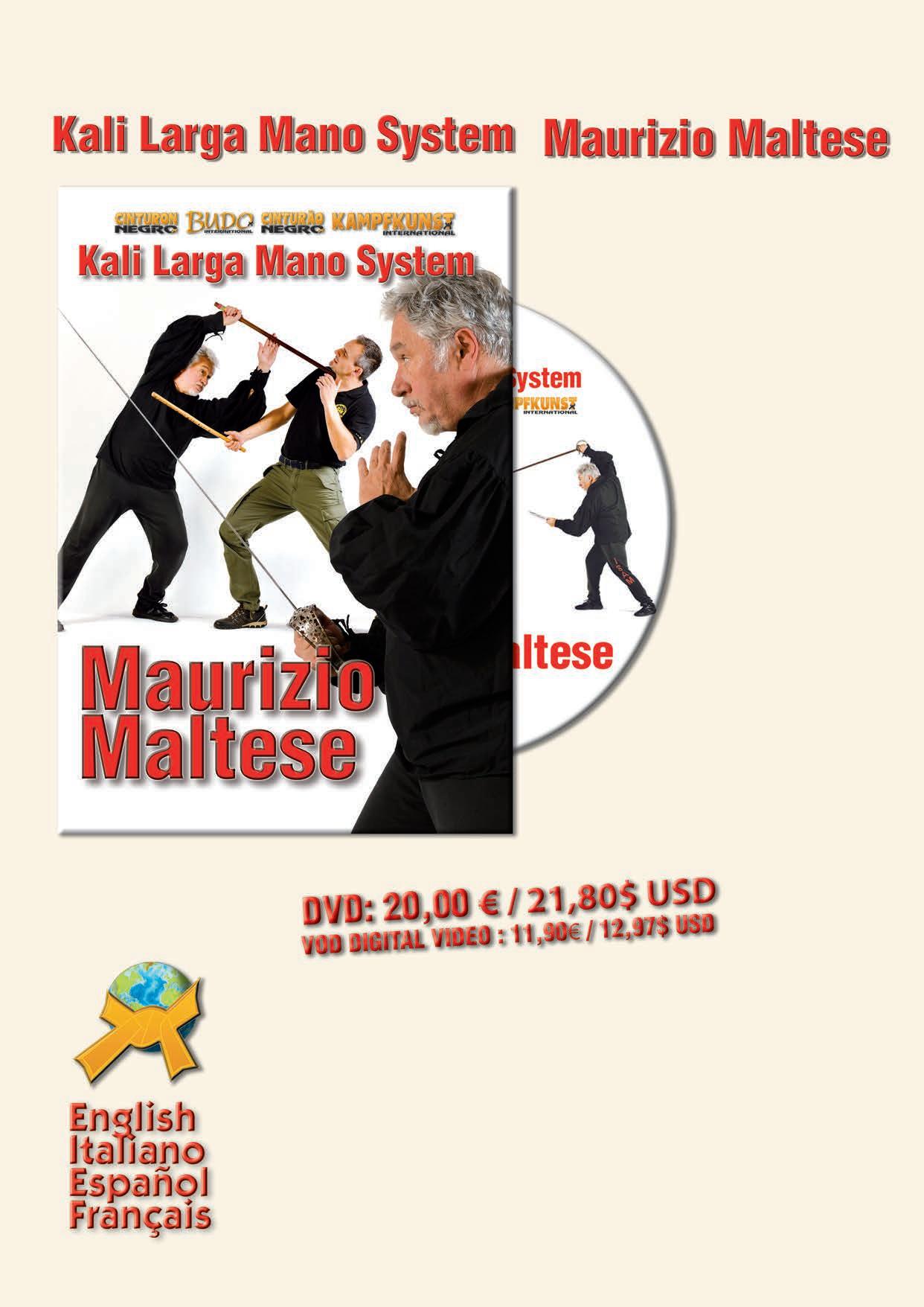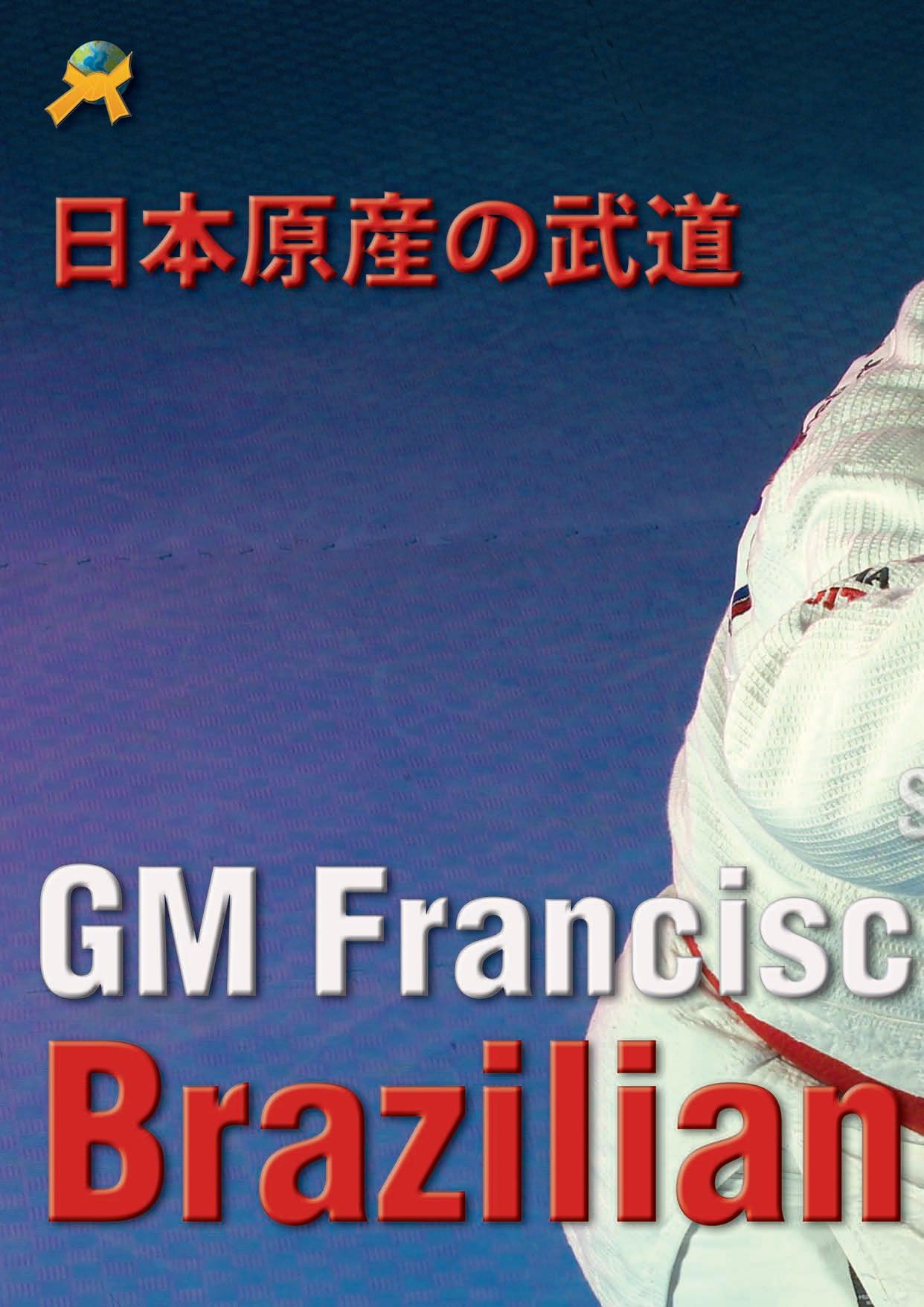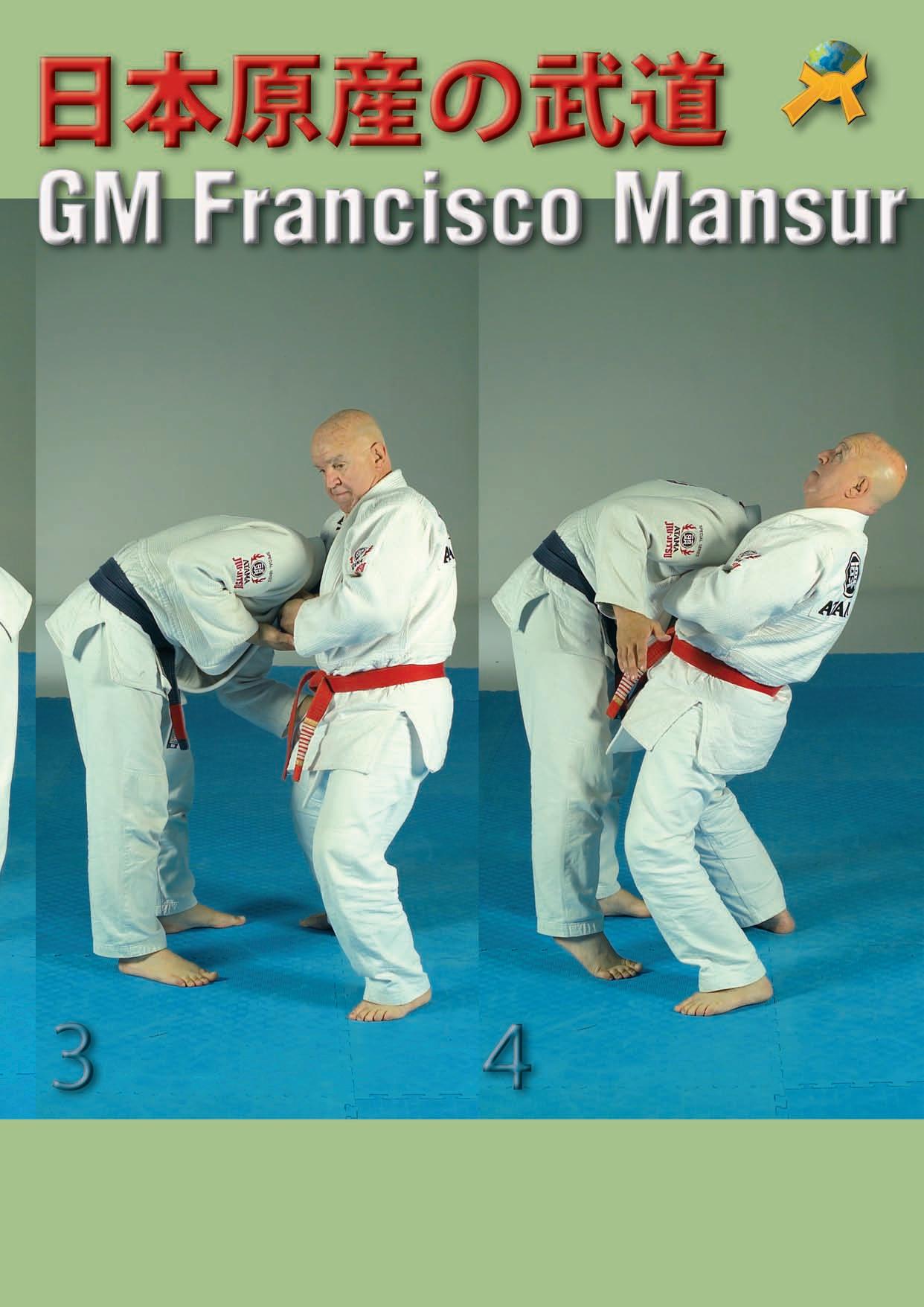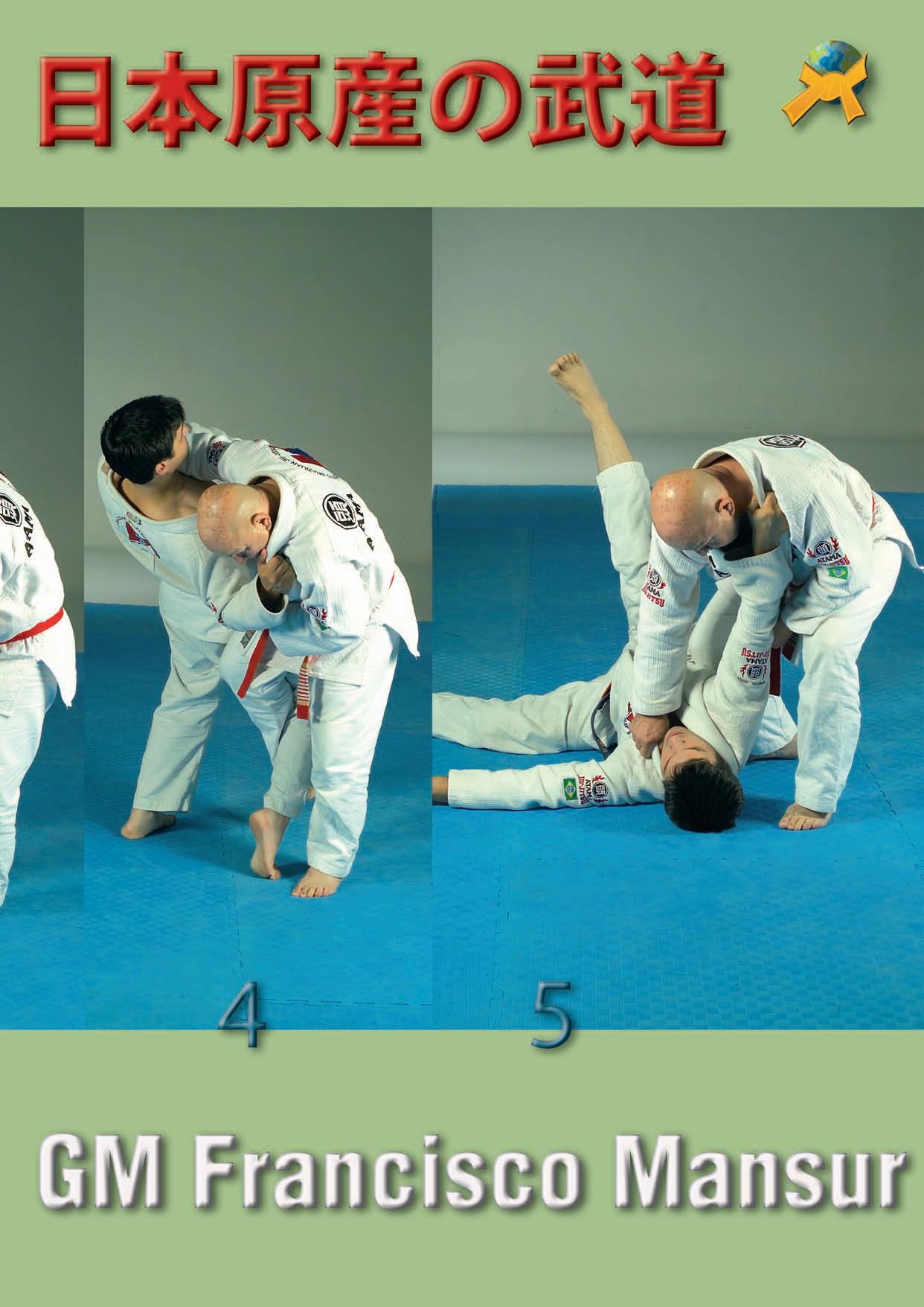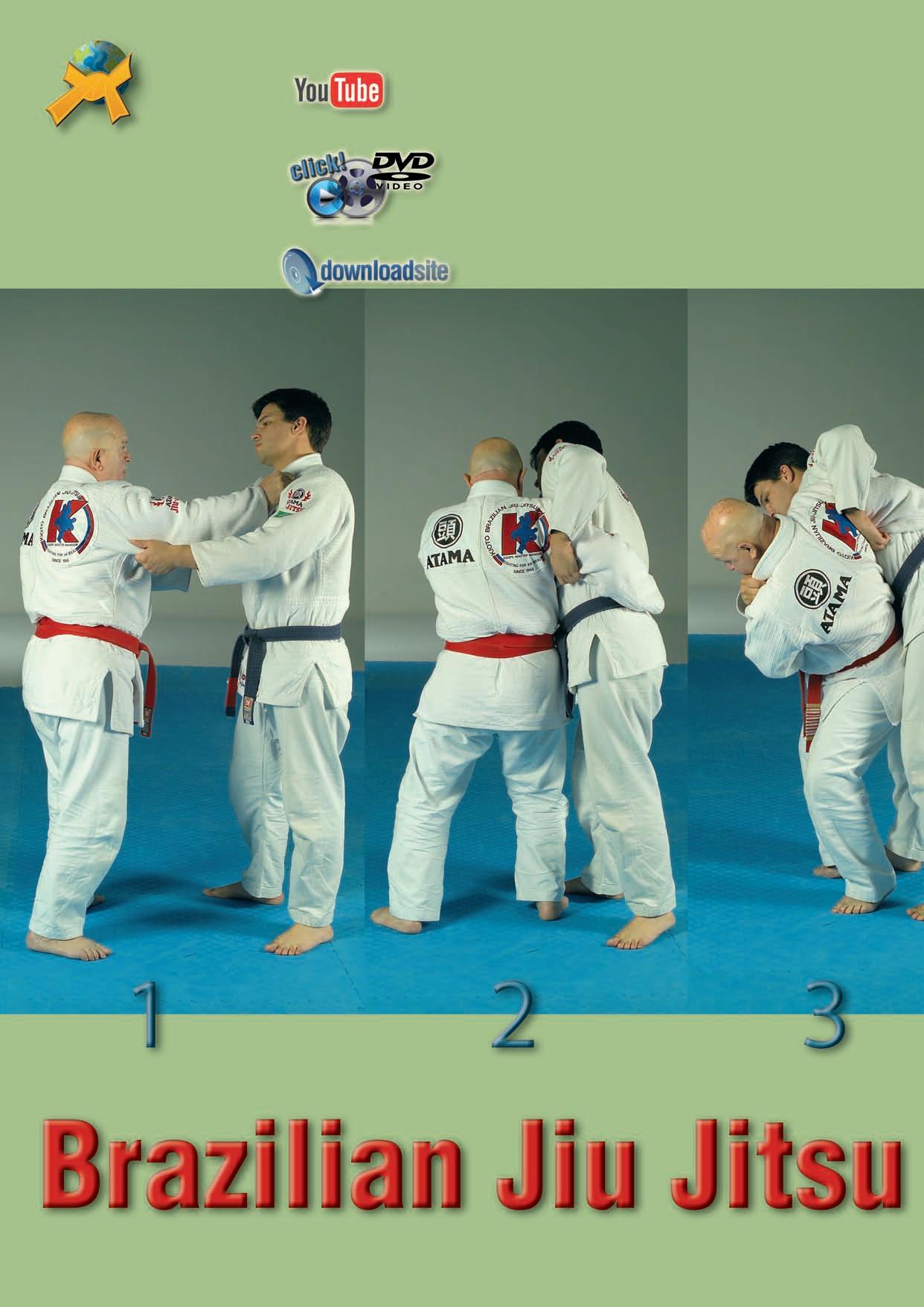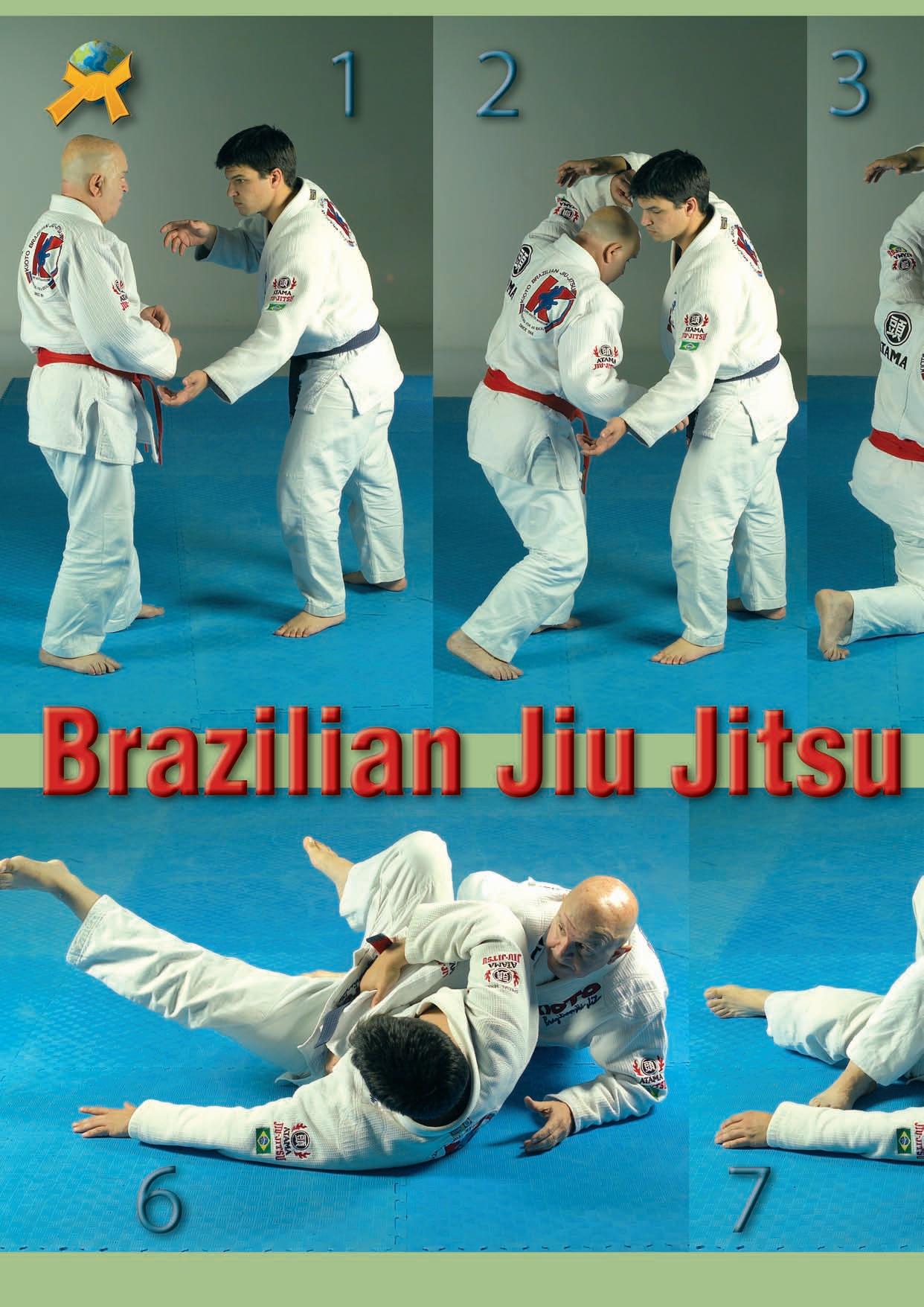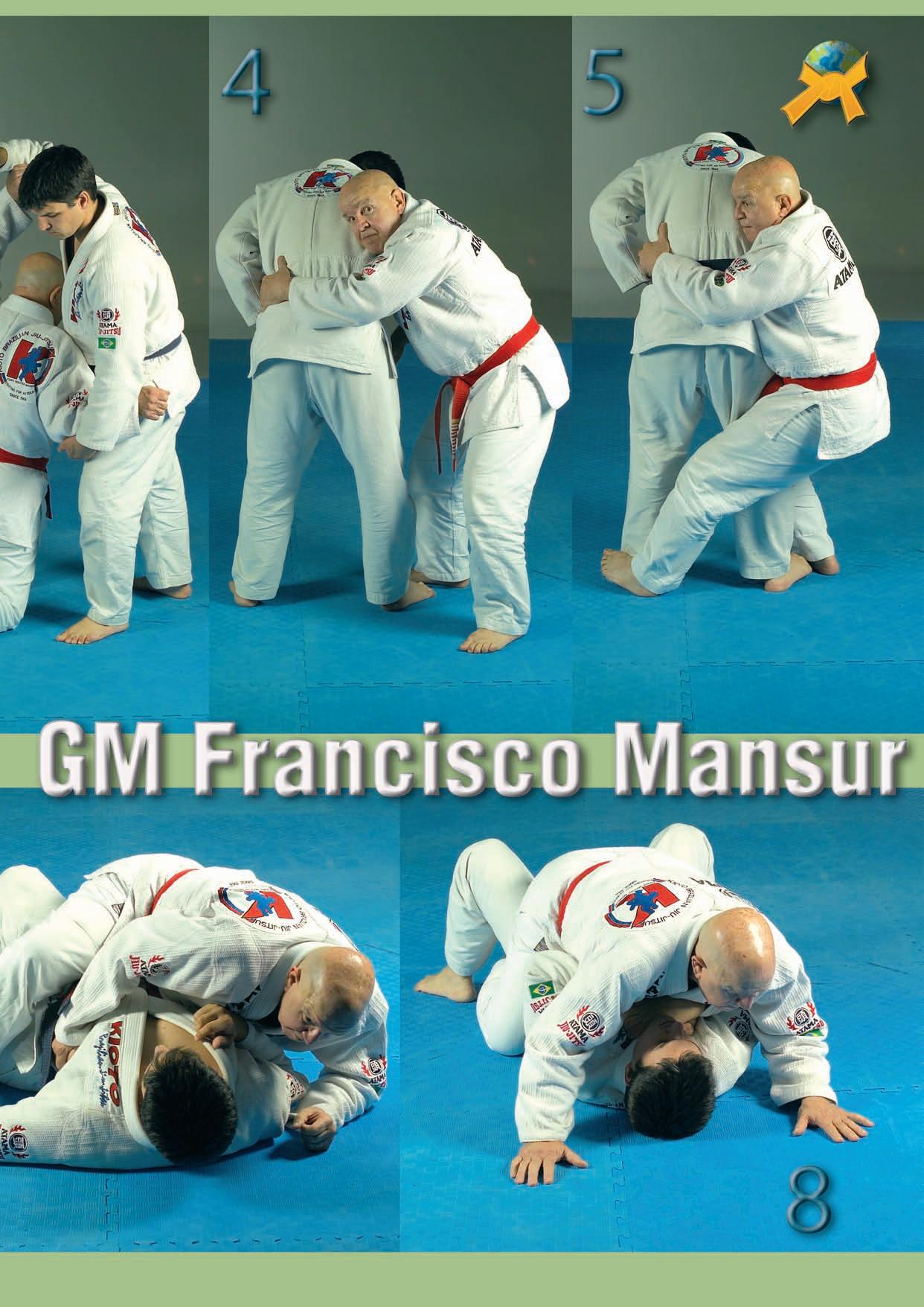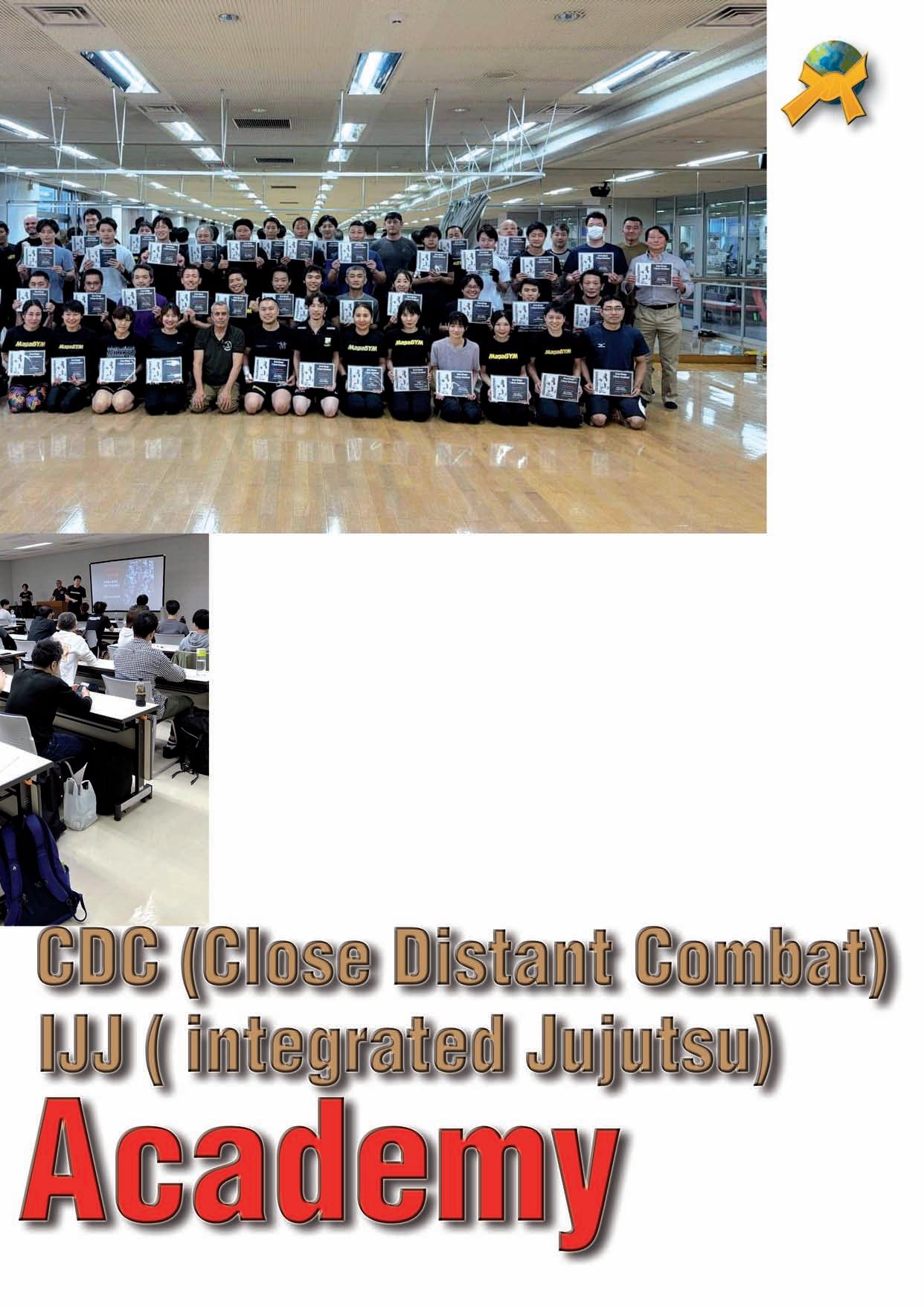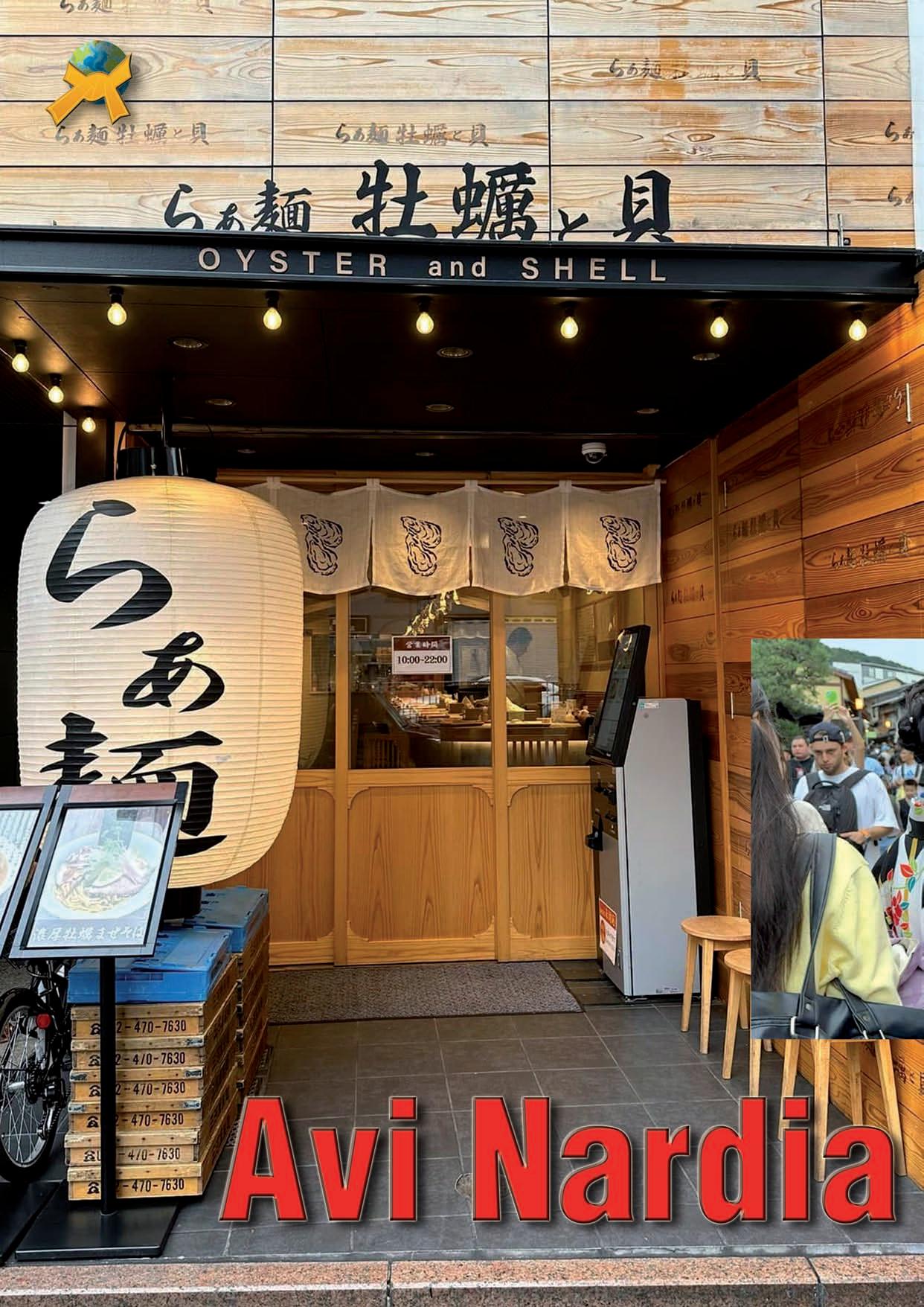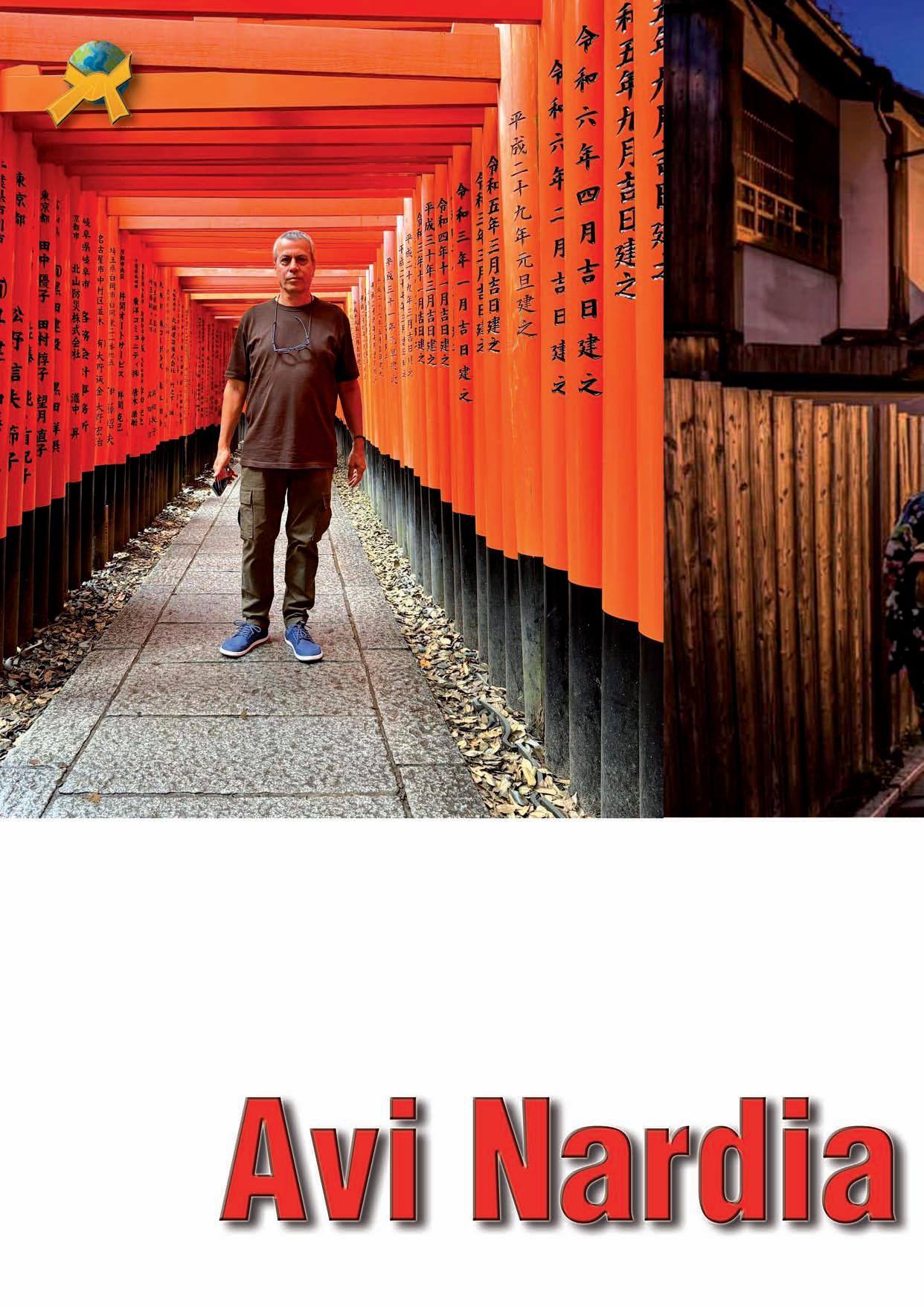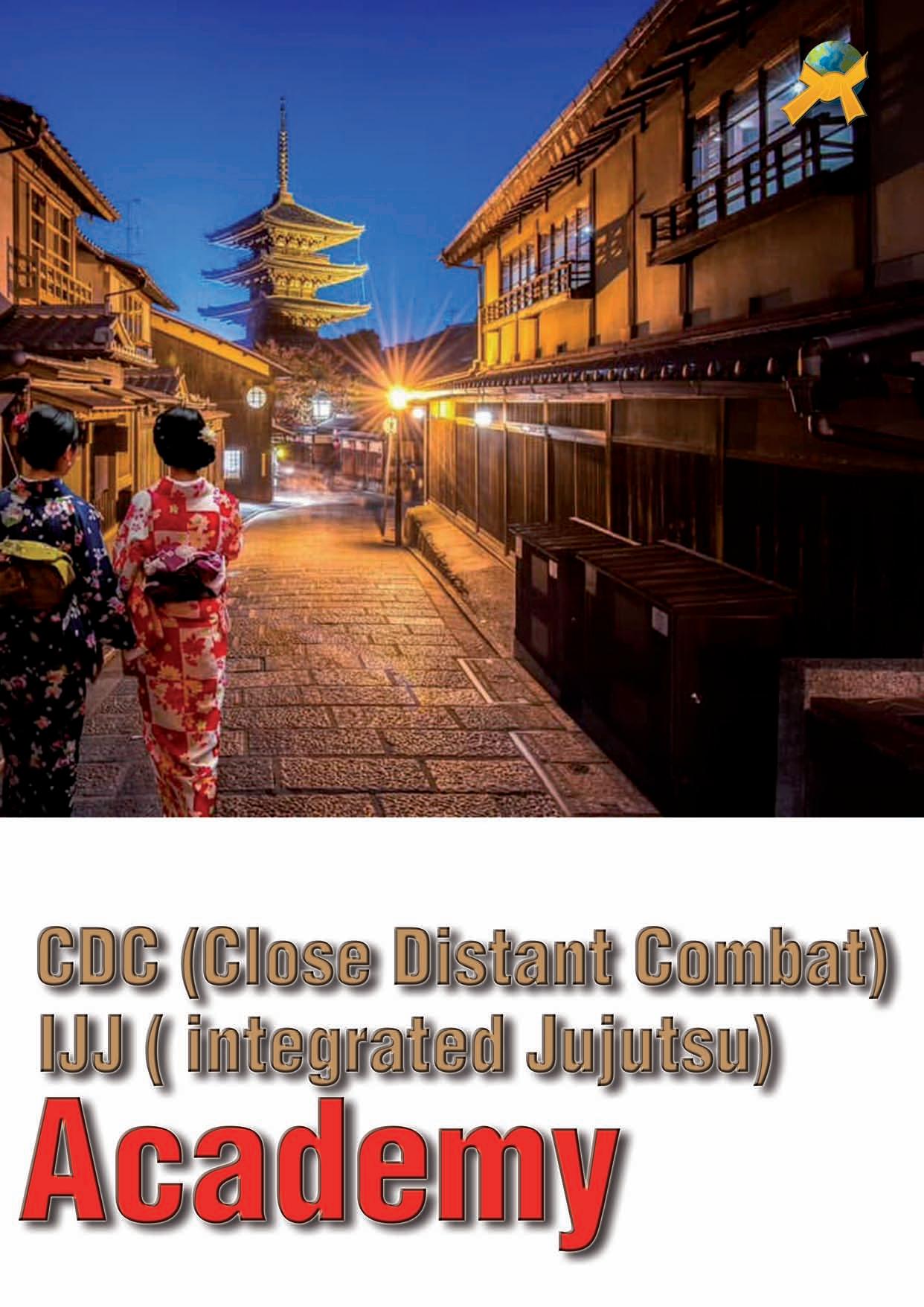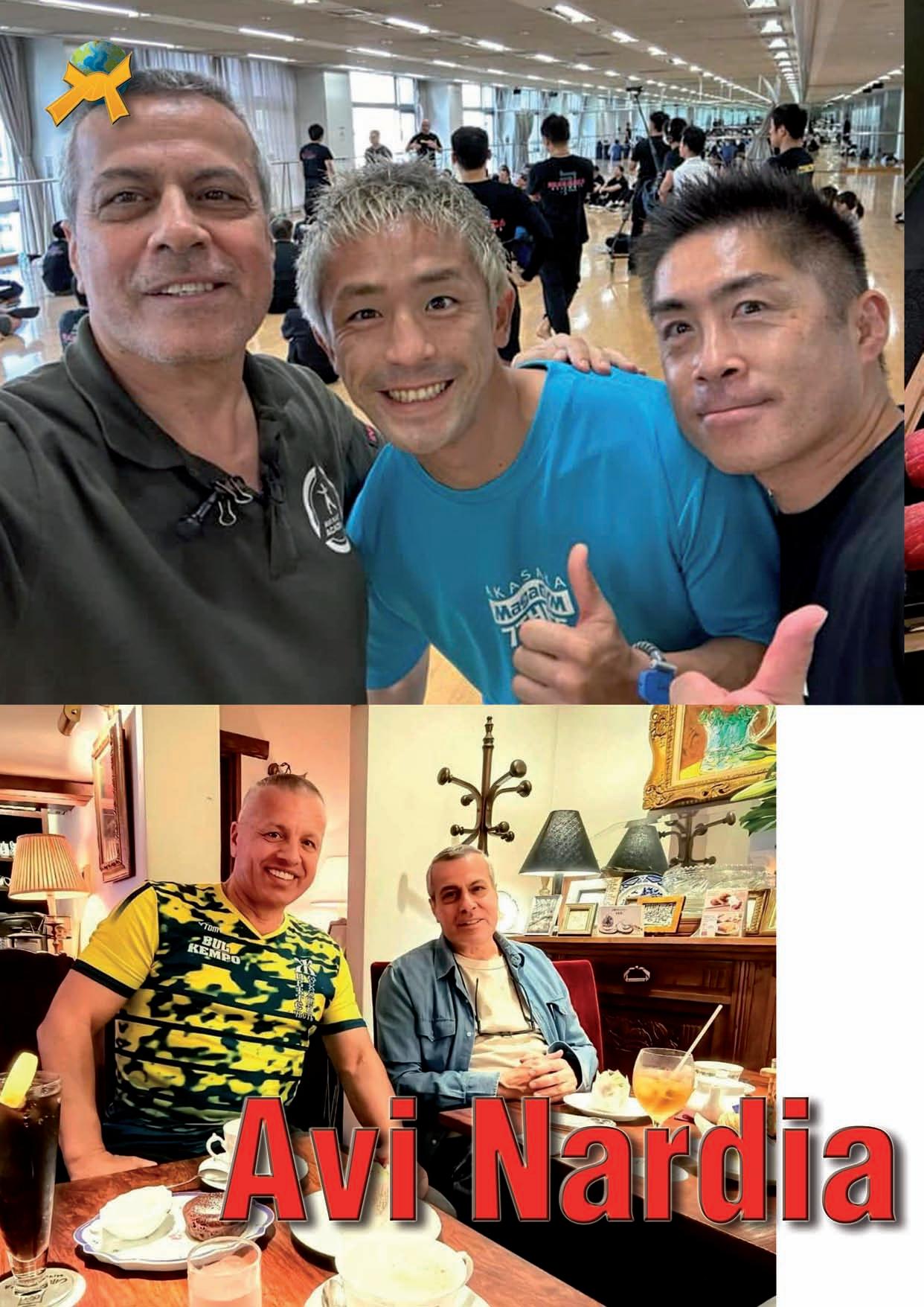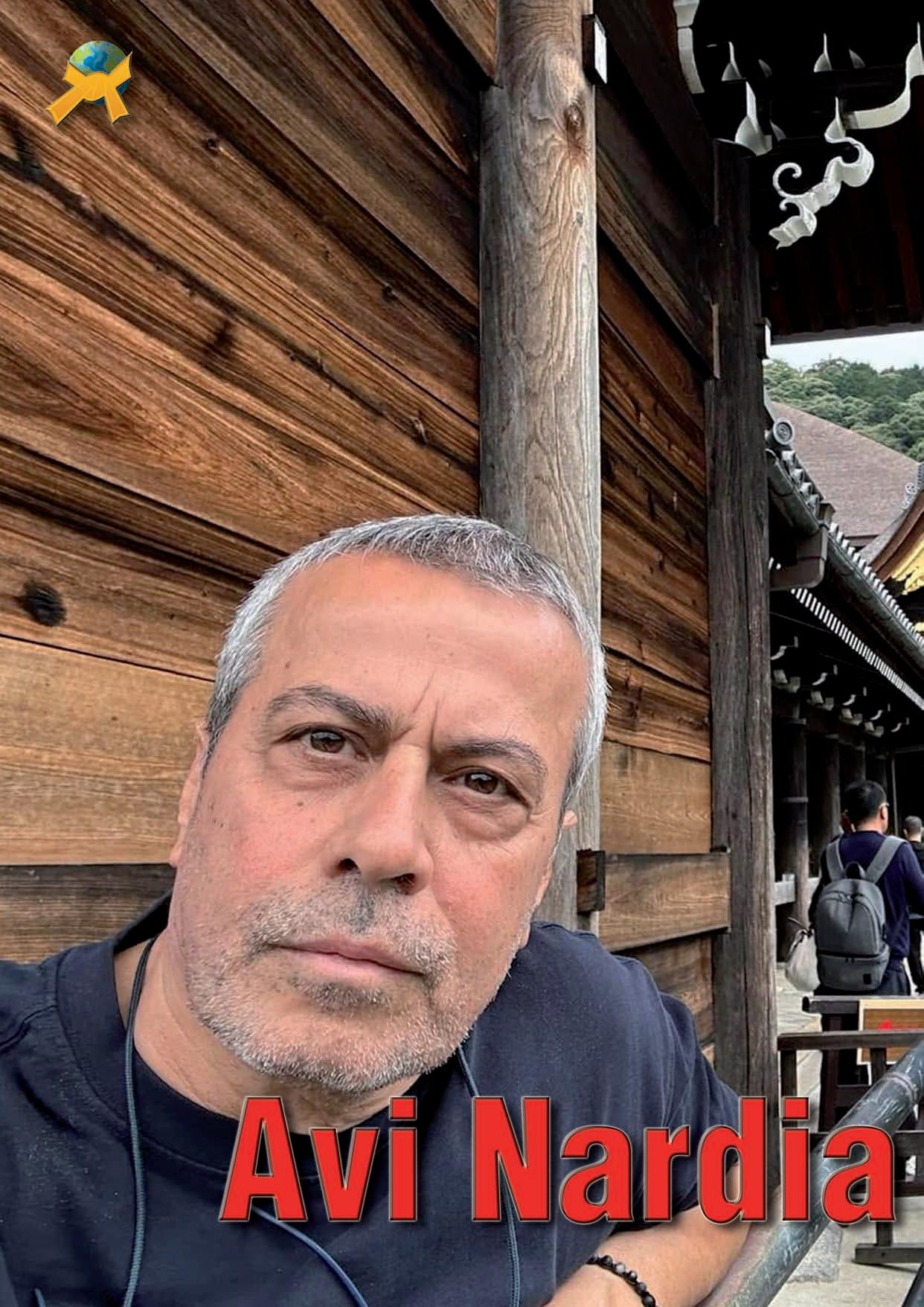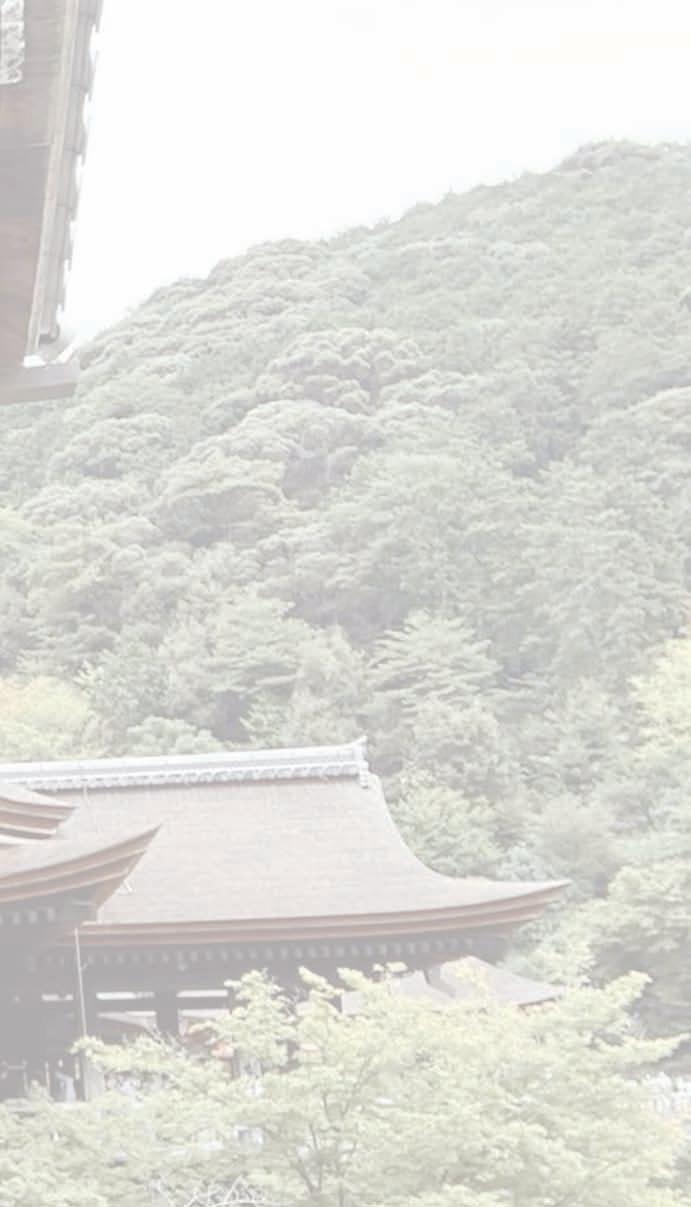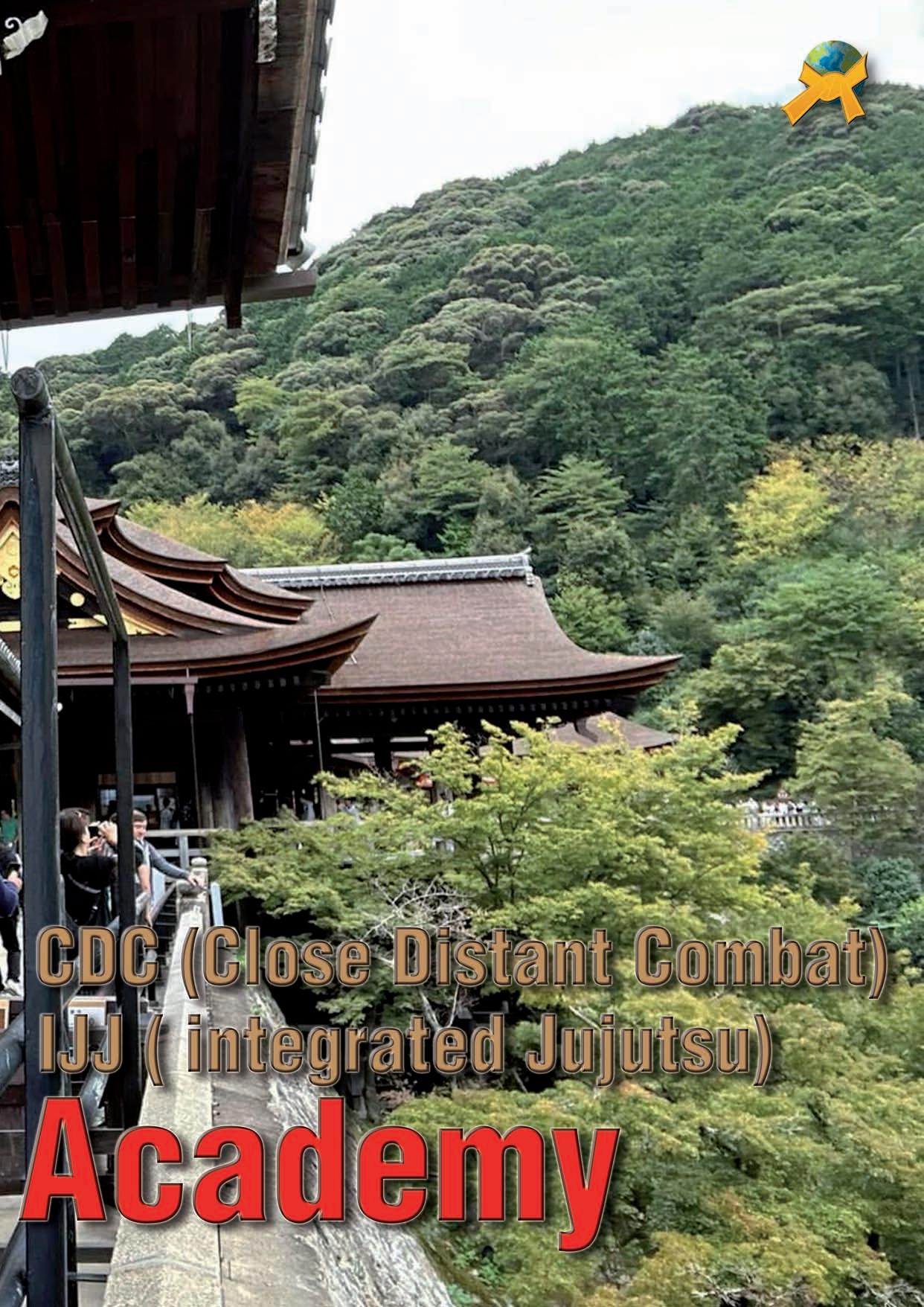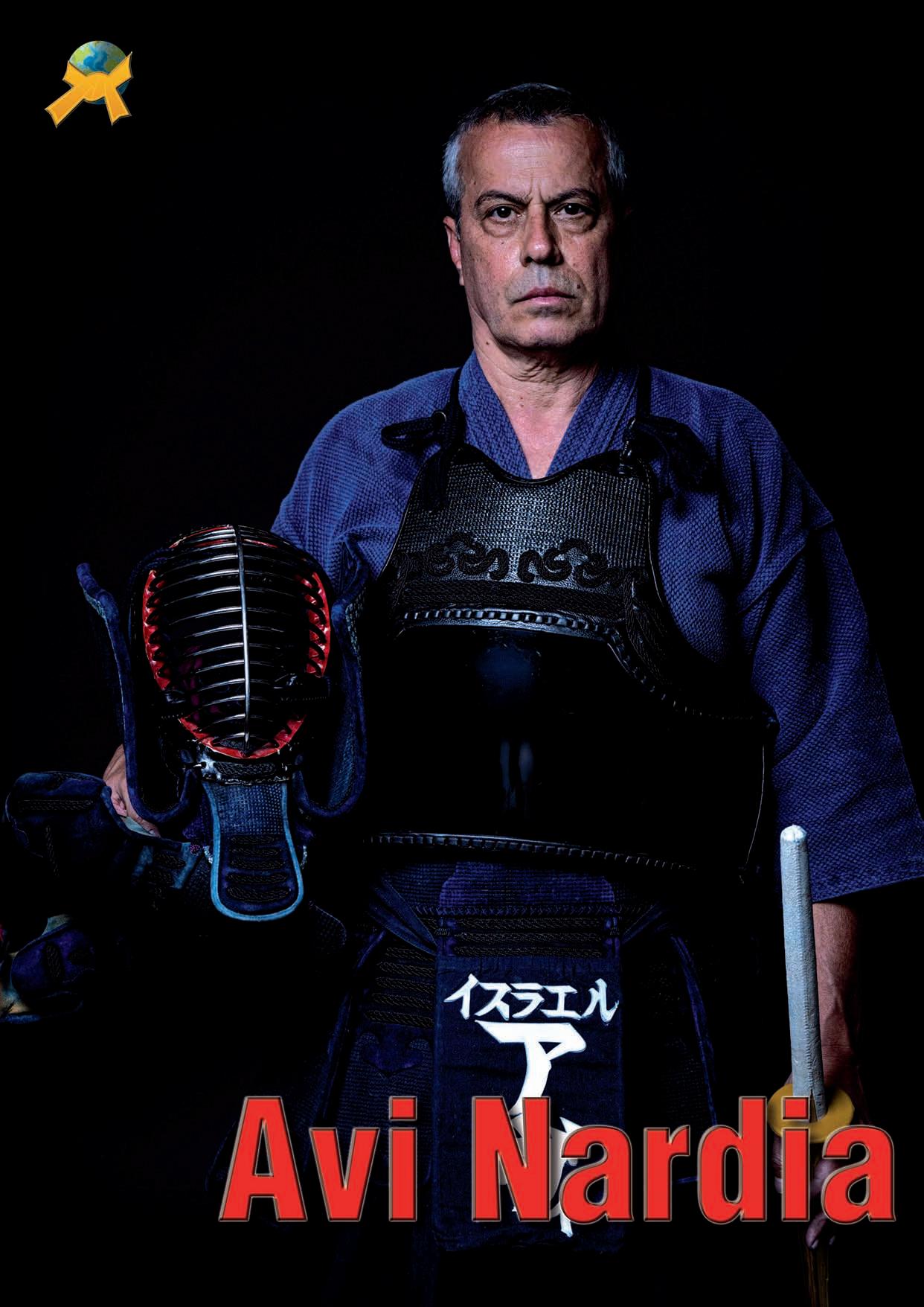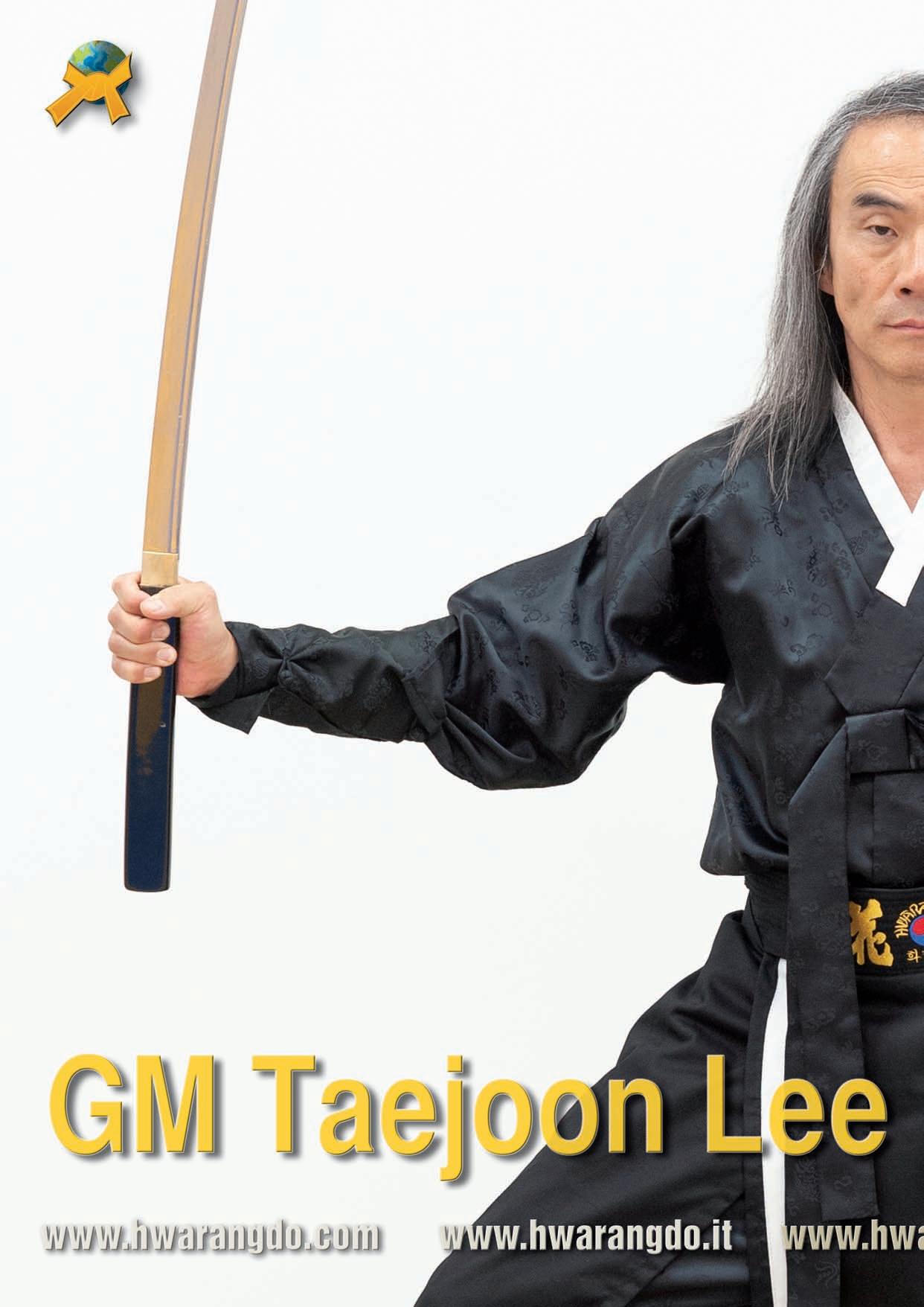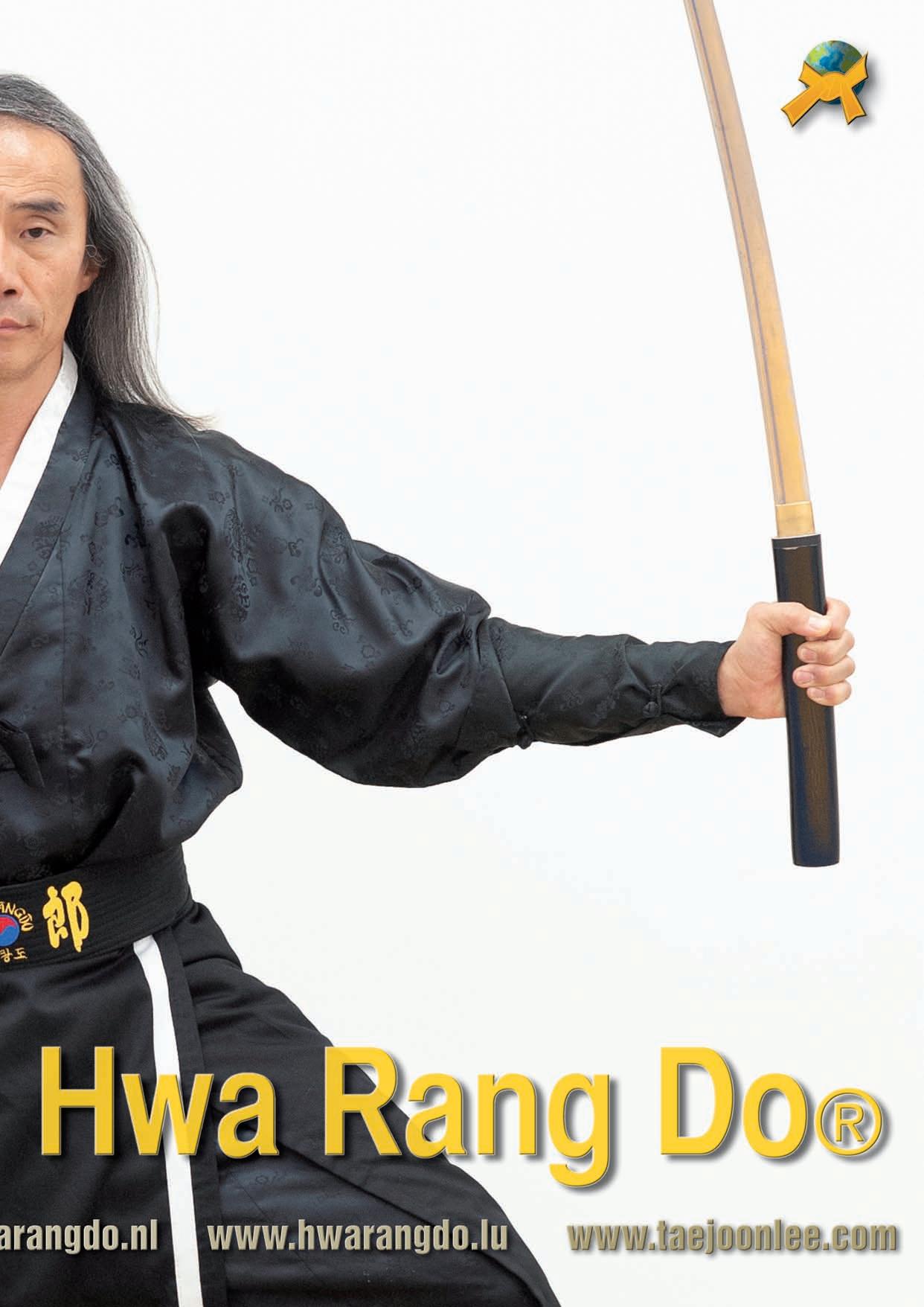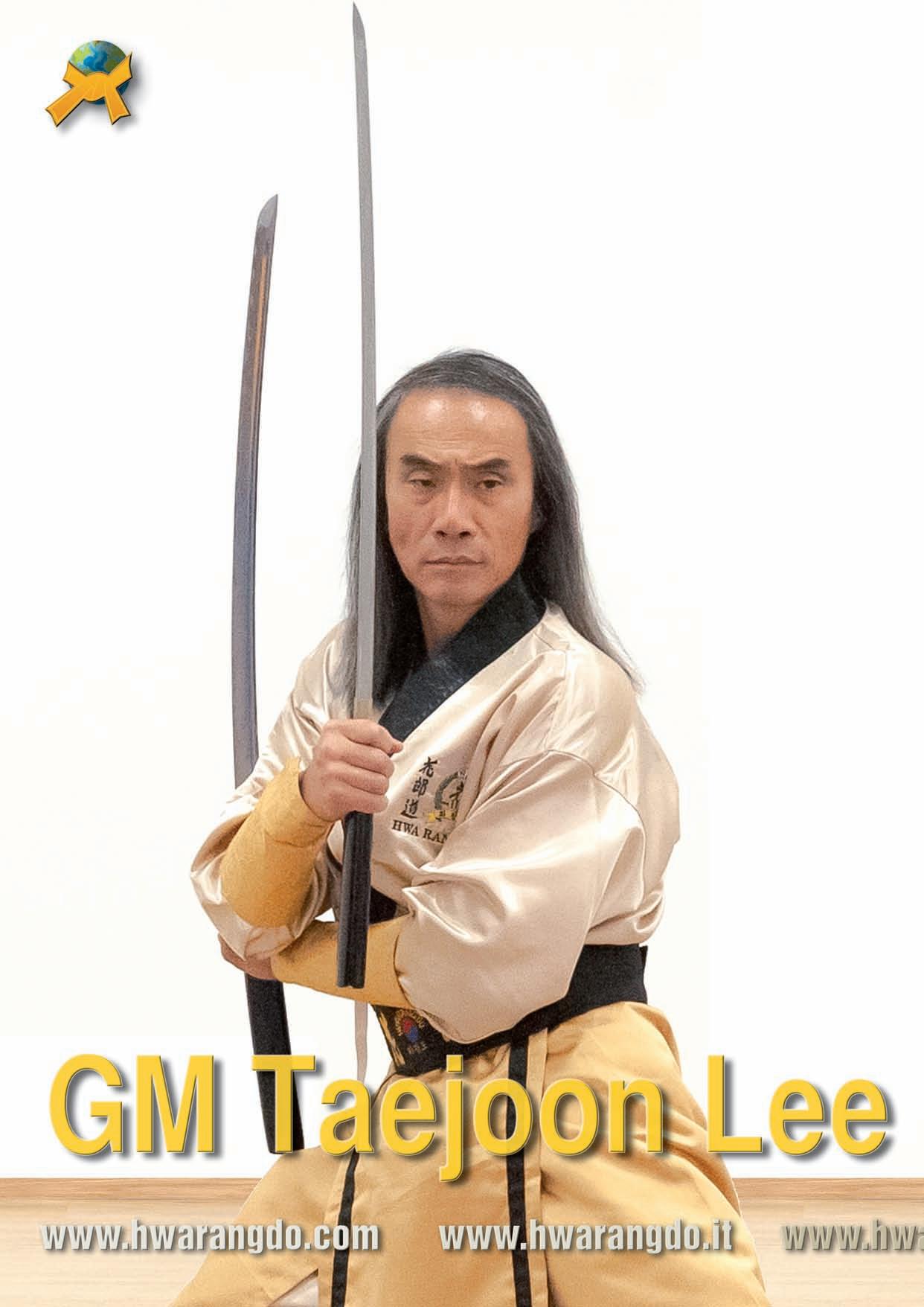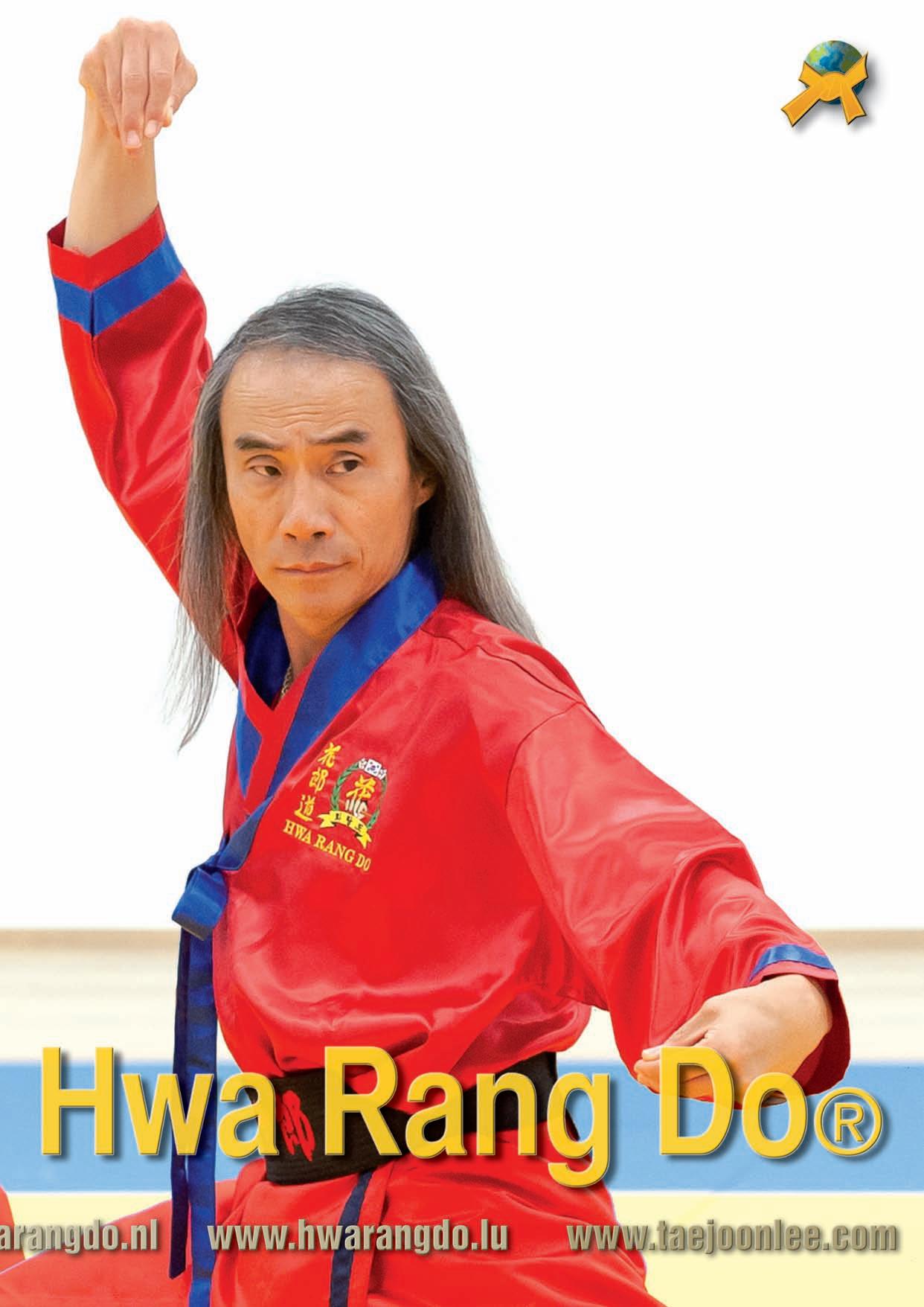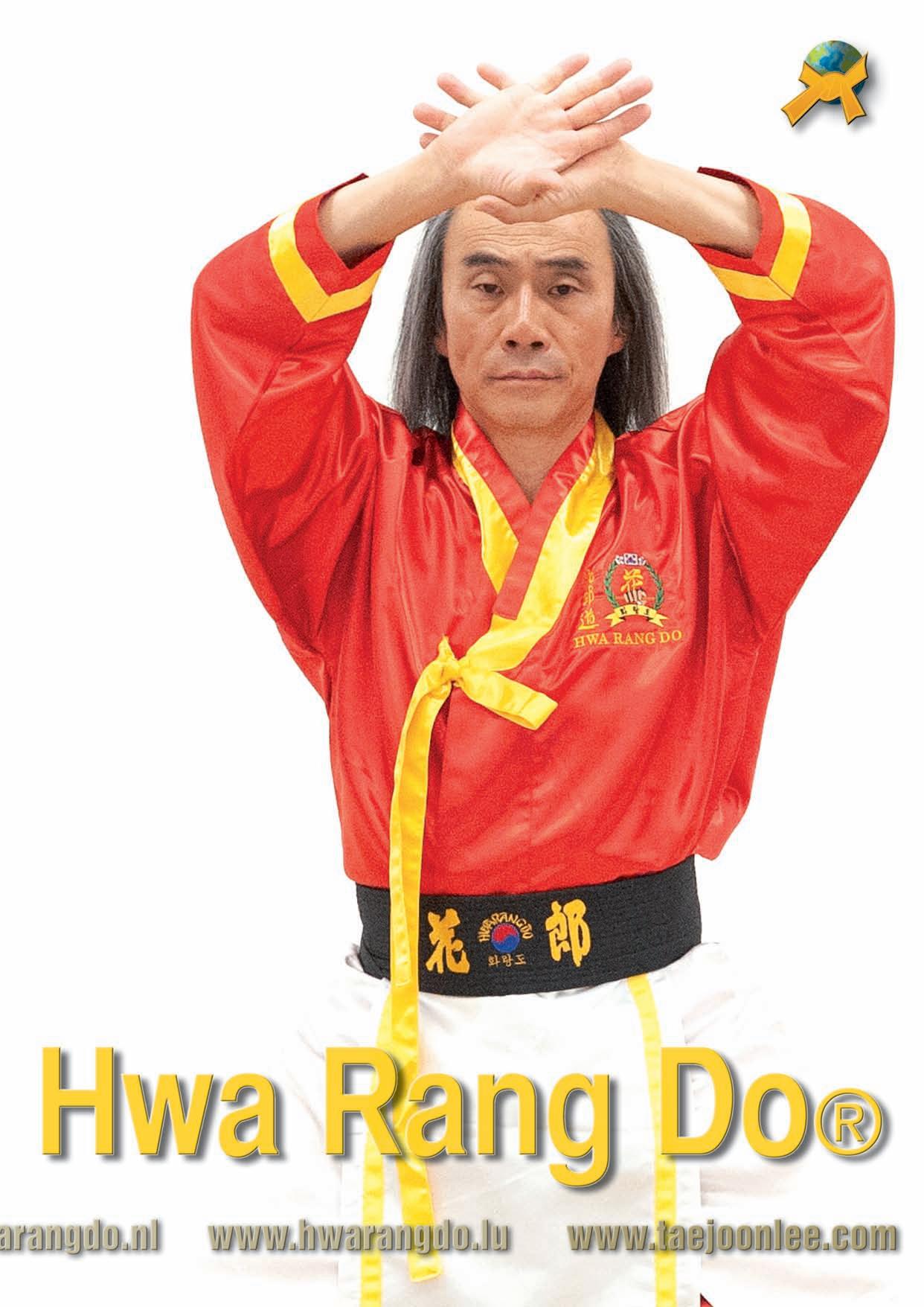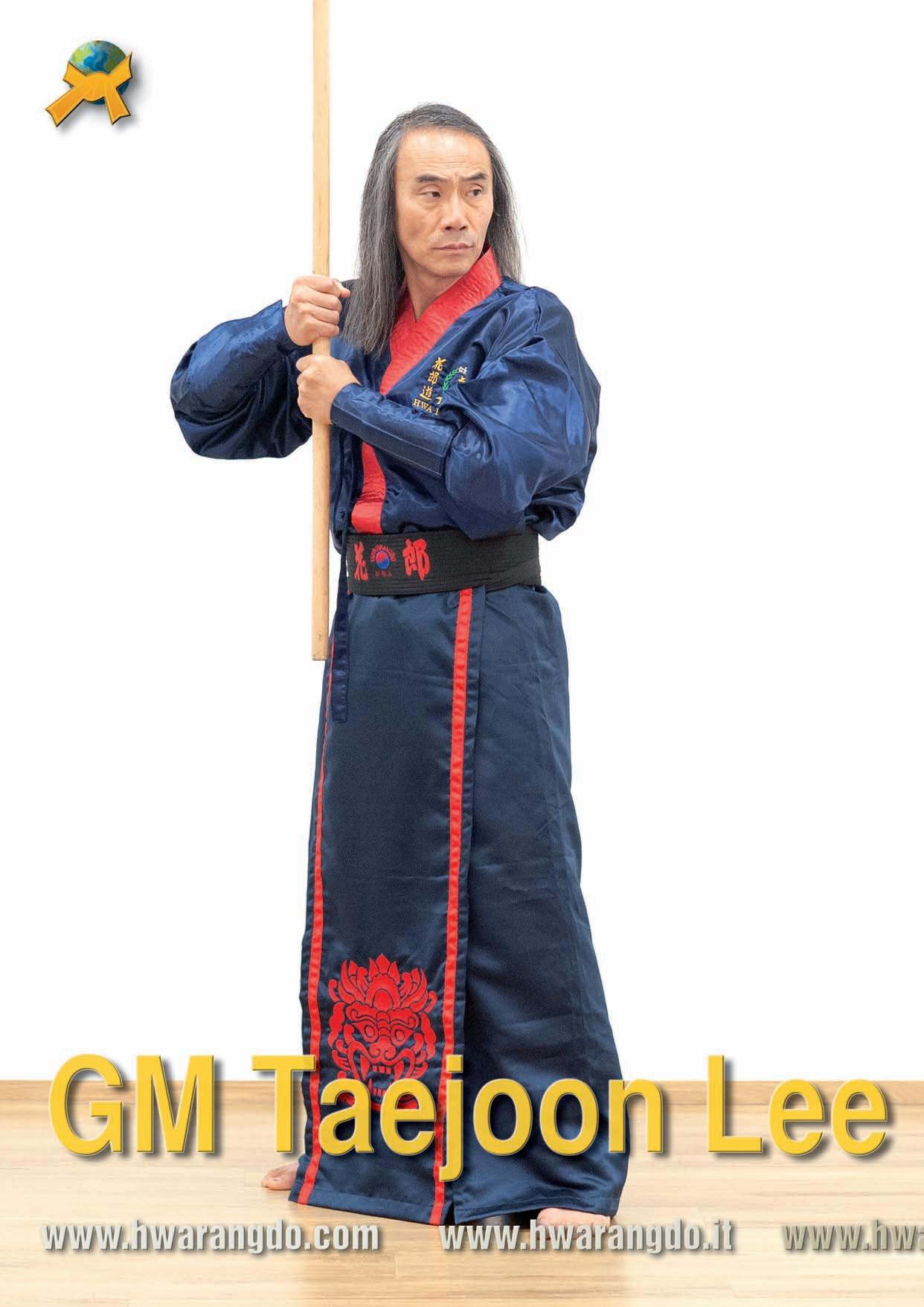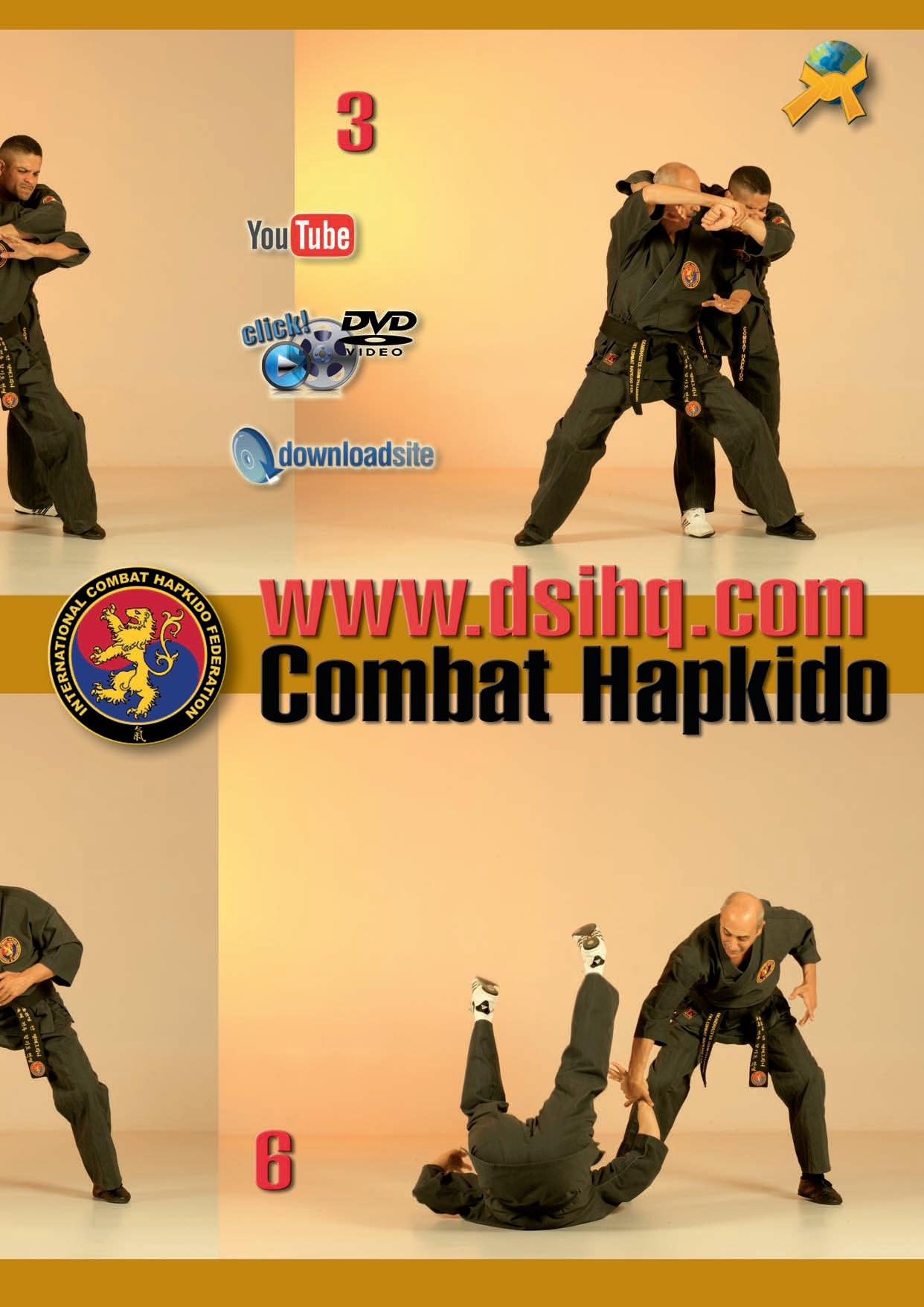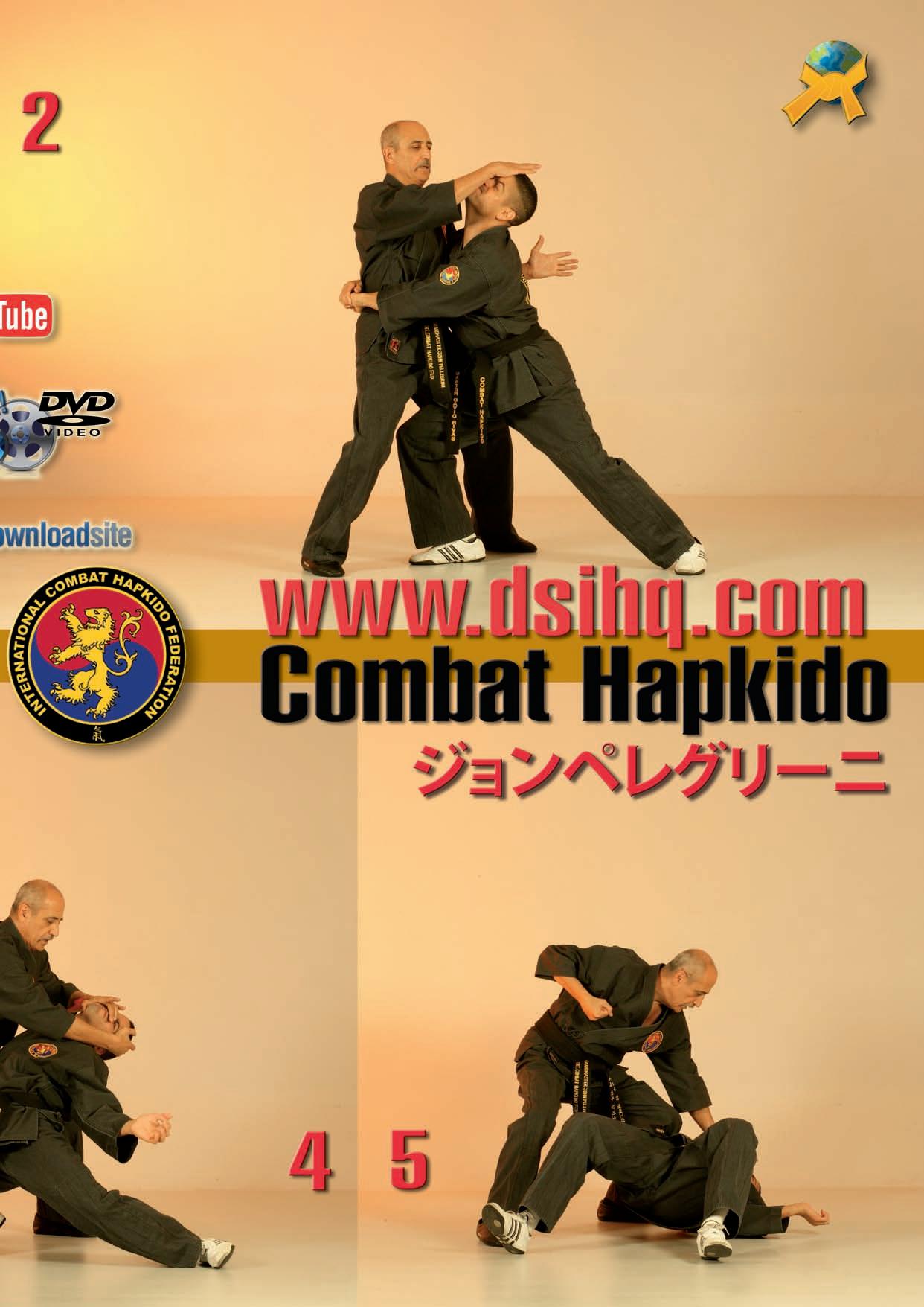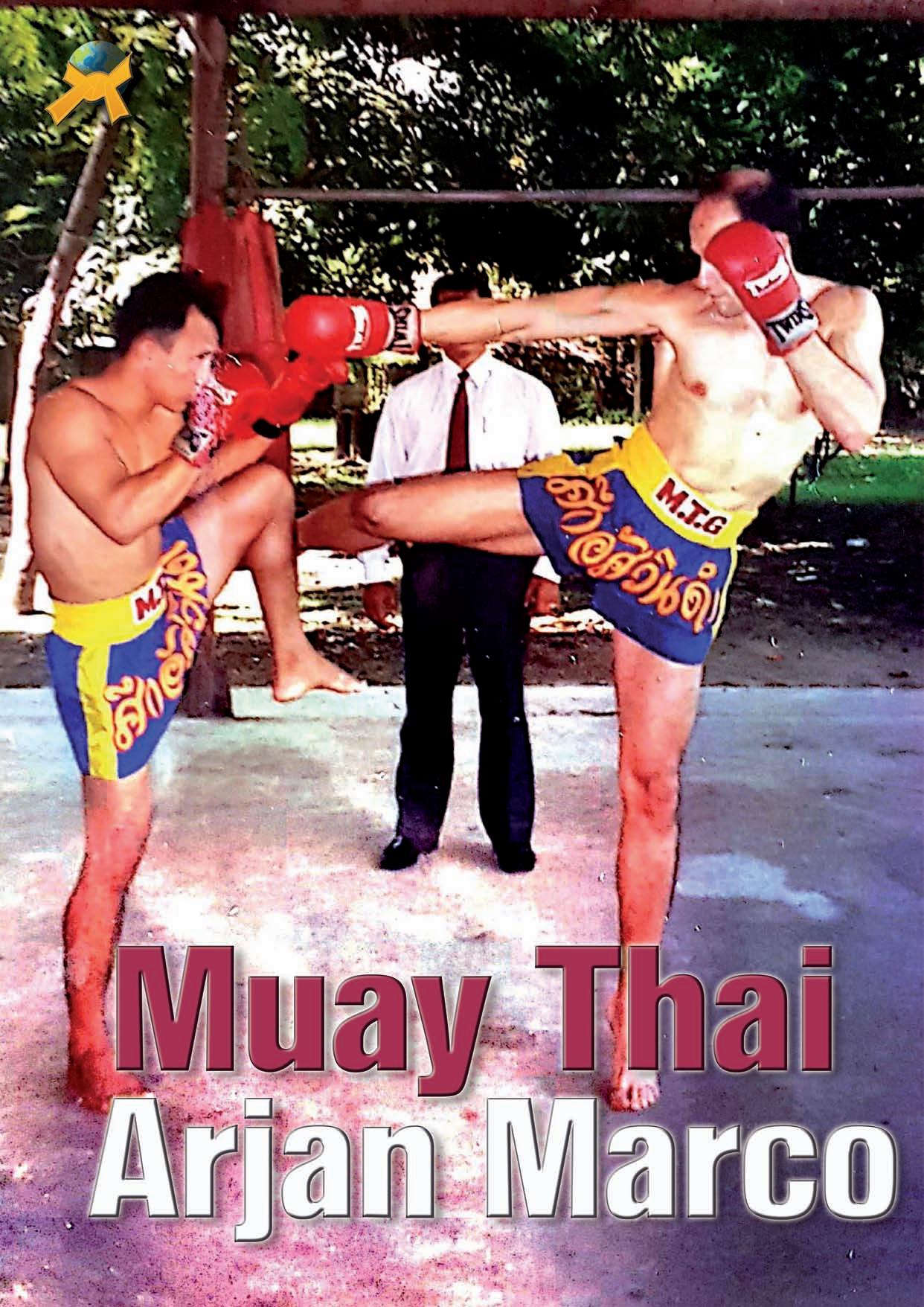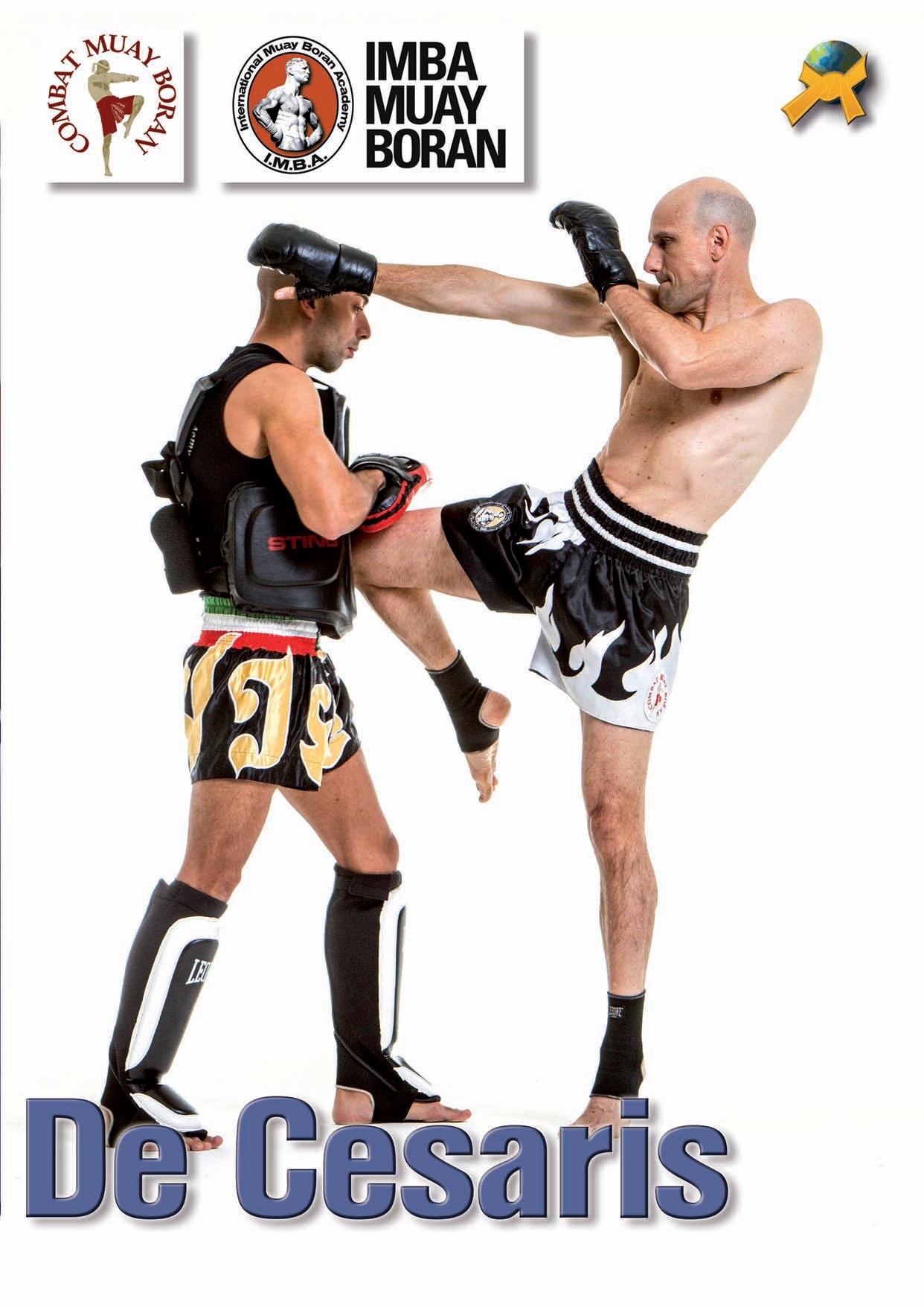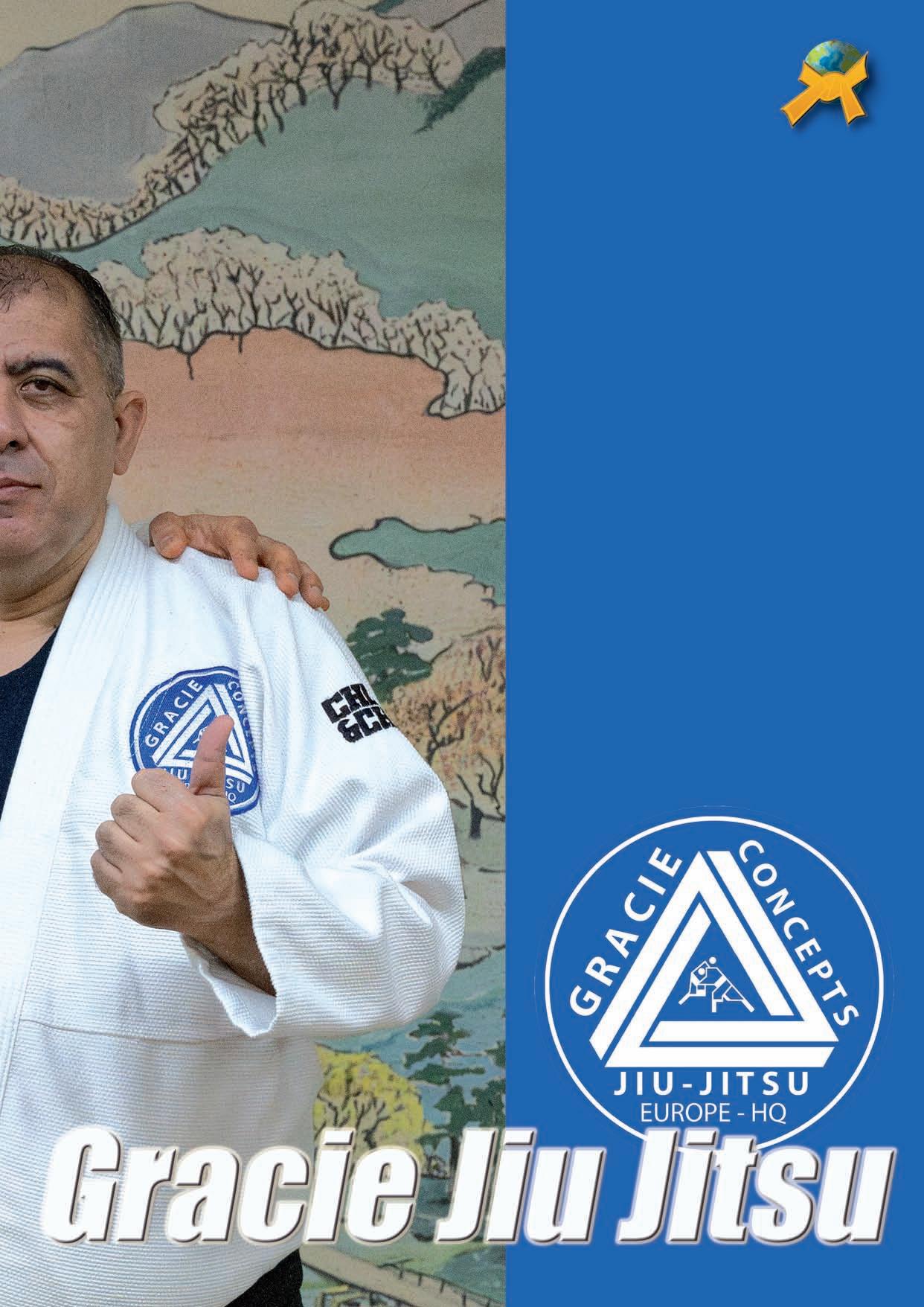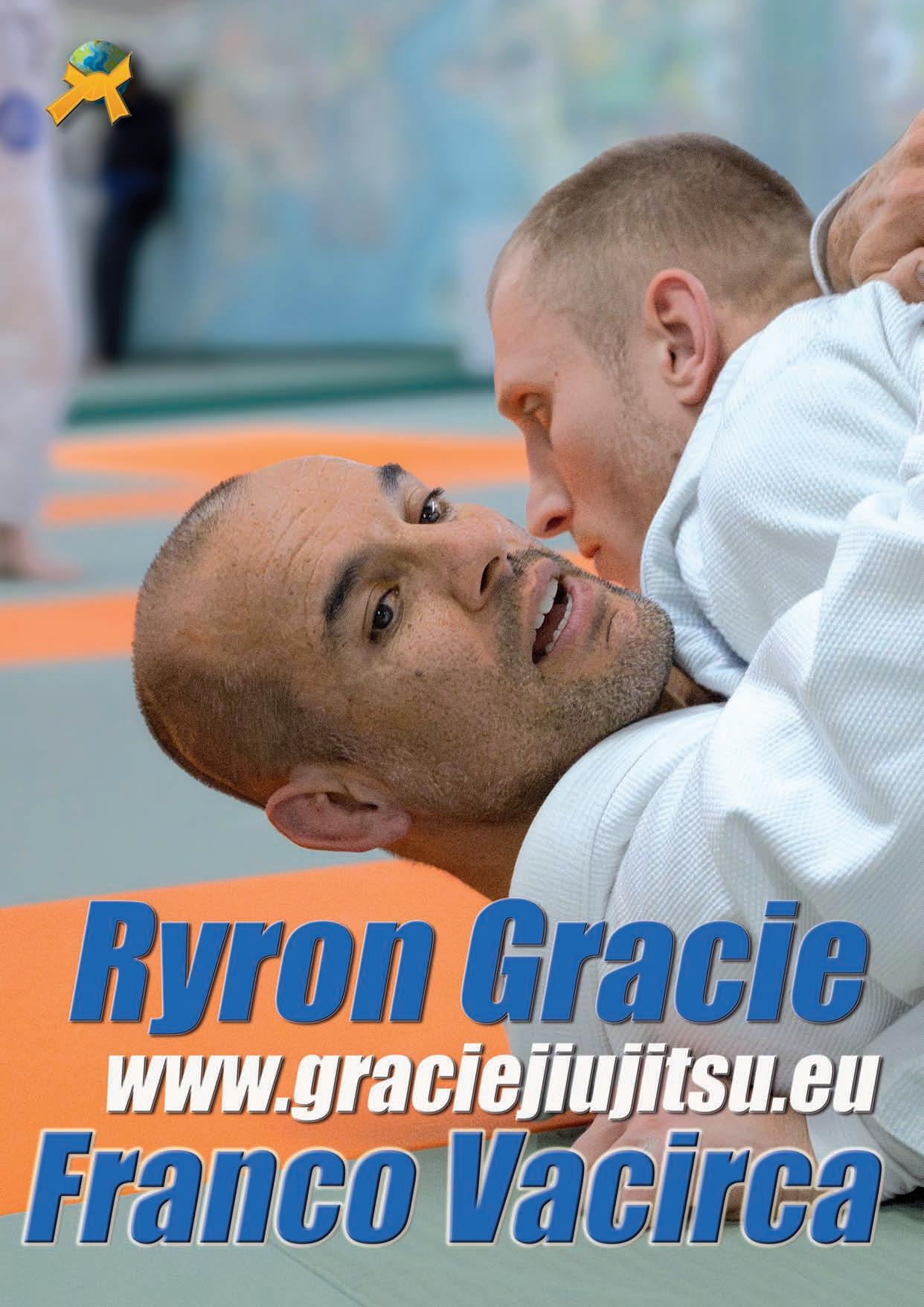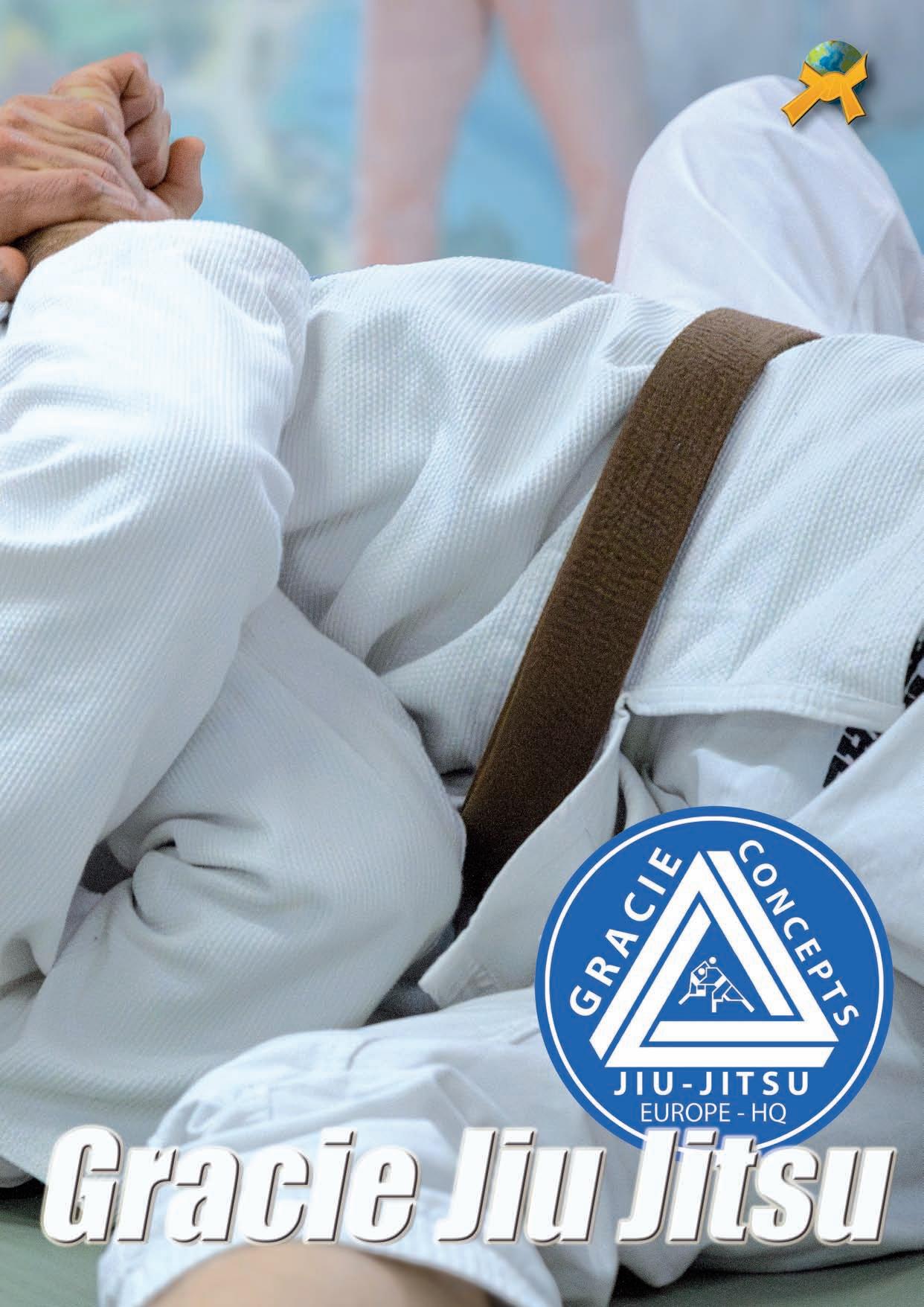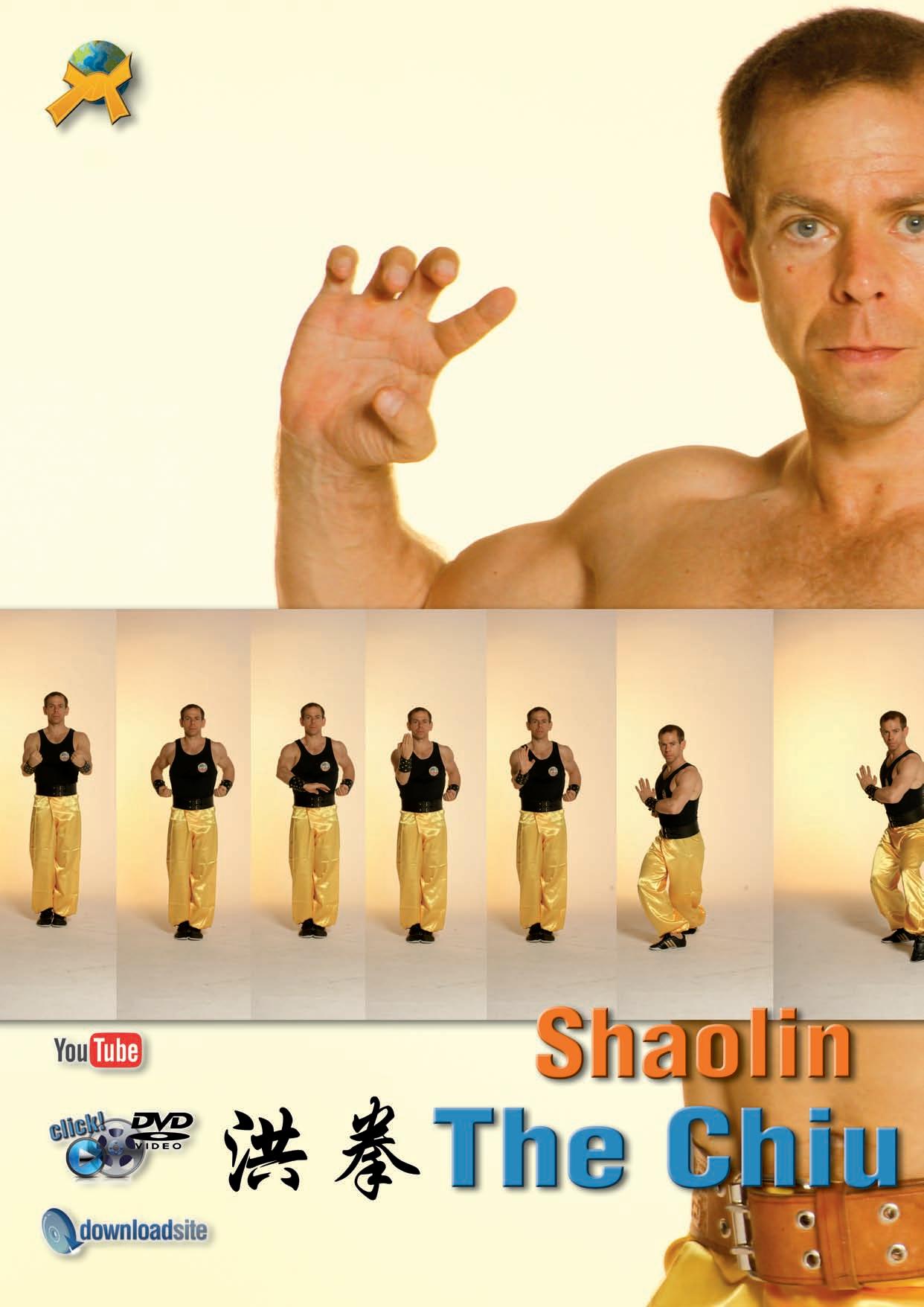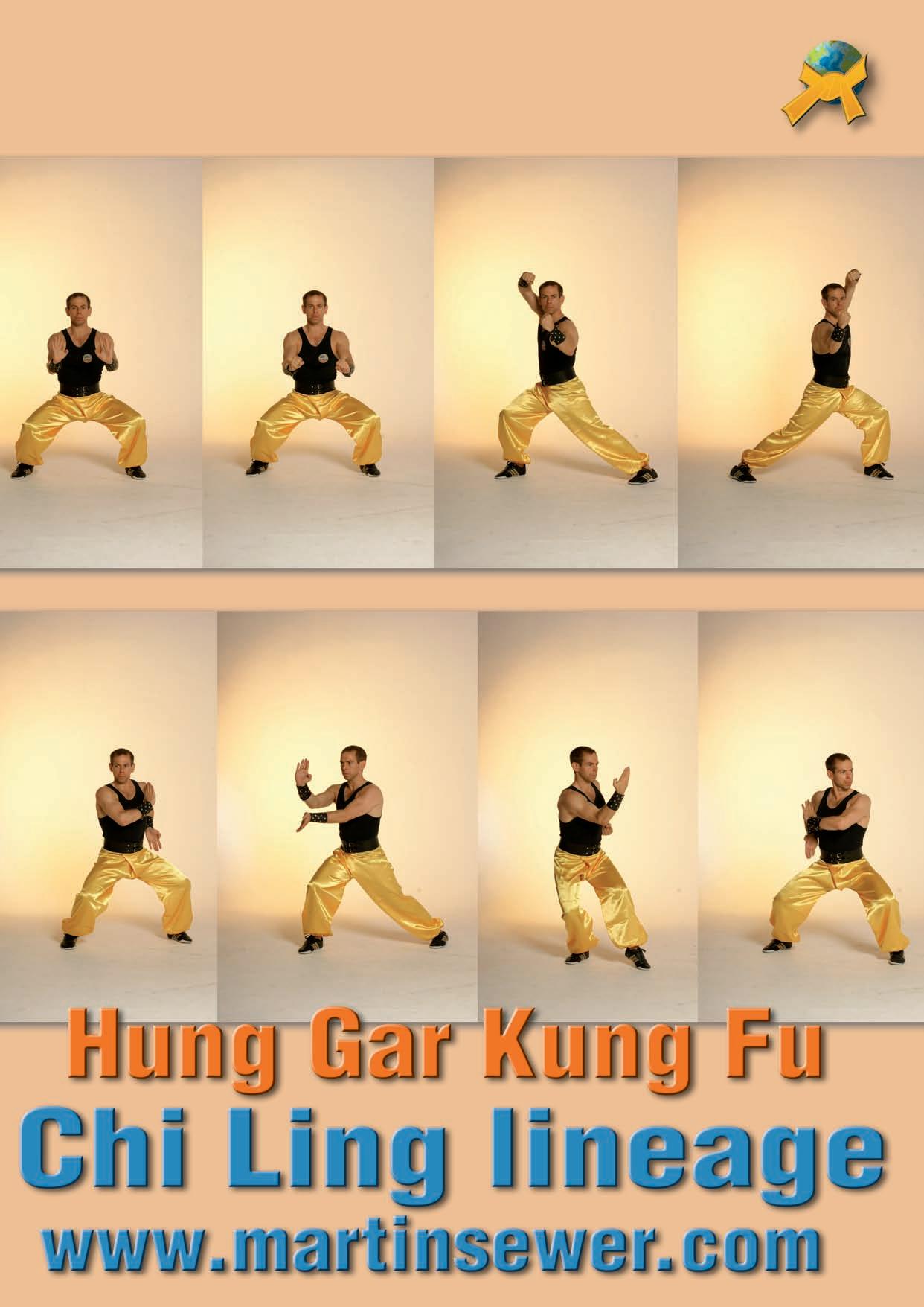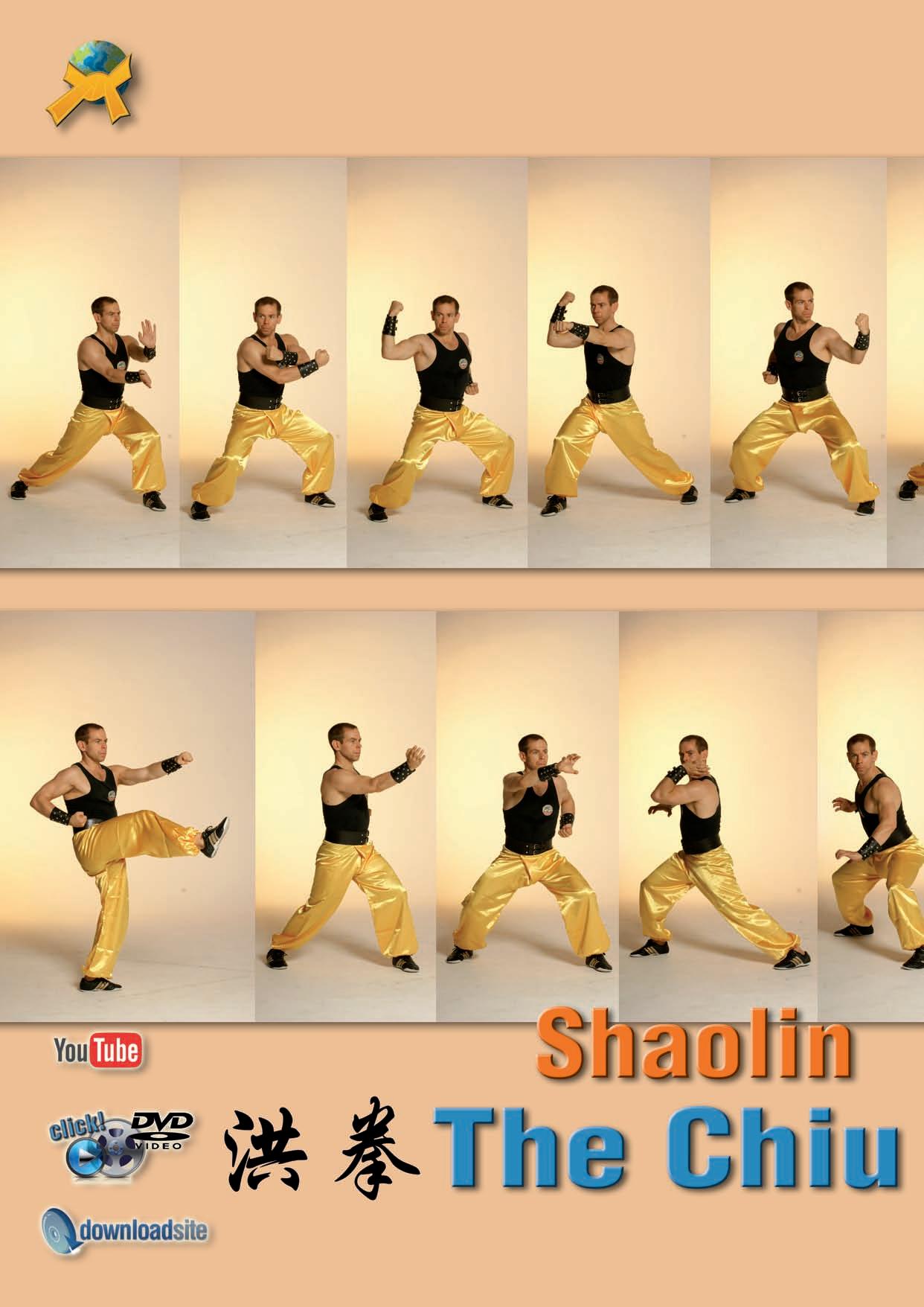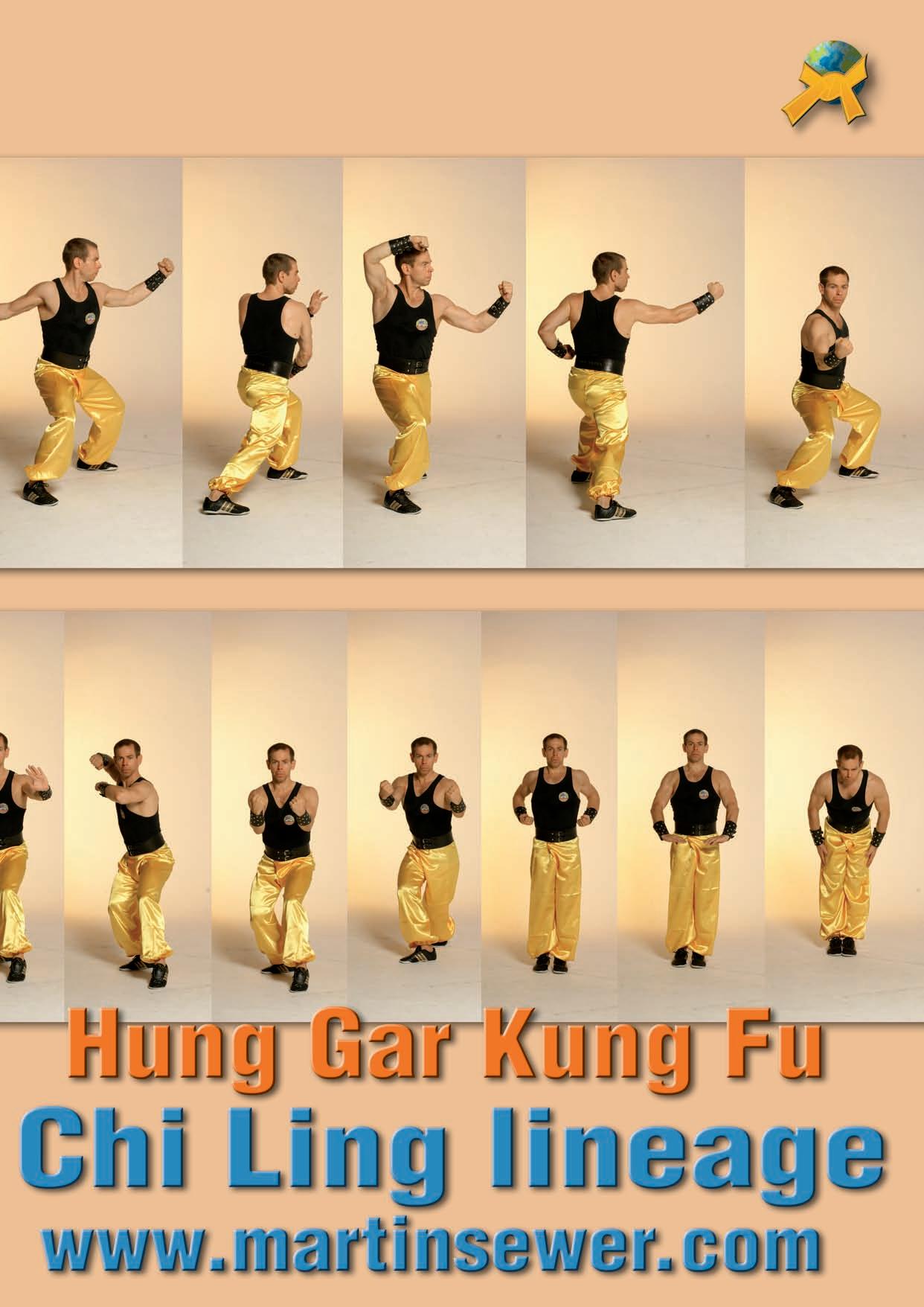BUDO MASTERS 2025
The event:
"#!$#$%&'!()*&+!#,)--./!0+!,1.!-%*/.2345!6$/)!7*,.8*%,3)*%&!2%9%:3*.!1%#!,1.!1)*)8!,)!9%,1.8!-.83)/34%&&+!3,#!;83.*/#! 3*!%!039!3*,.8*%,3)*%&!.<.*,=!!
>1.!)0?.4,3<.!3#!,)!2..,!%9%3*'!2%@.!*.A!;83.*/#'!.B41%*9.!.B-.83.*4.#'!4)*,%4,#'!&.%8*!;8)2!.%41!),1.8'!%&A%+#!3*!%*! %,2)#-1.8.!);!4%2%8%/.83.'!1)*)8!%*/!8.#-.4,=! >1.!.<.*,!4)*#3#,#!);!%!98.%,!#.23*%8!)*!C%,$8/%+!1.&/!,)9.,1.8'!A1.8.!%,,.*/..#!A3&&!8),%,.!,)!&.%8*!A3,1!%&&!,1.! D%#,.8#=!!
>1%,!#%2.!*391,!A3&&!,%@.!-&%4.!,1.!E8%*/!E%&%!F3**.8'!A3,1!,8%/3,3)*%&!G%*%83%*!;))/!%*/!#-.43%&!-.8;)82%*4.#'! 4$&23*%,3*9!A3,1!,1.!-8.#.*,%,3)*!);!/3-&)2%#!,)!,1.!D%#,.8#'!-1),)98%-1#'!.,4!====!!
6.3*9!3*!,13#!.<.*,!2.%*#!0.&)*93*9!()8!.*,.83*95!,)!%*!.B4&$#3<.!4&$0!9)<.8*./!0+!1)*)8!%*/!9))/!2%**.8#'!/38.4,./! 0+!)$8!/38.4,)8!D8=!"&;8./)!>$443=!7,!%&#)!32-&3.#'!%#!3,!3#!&)934%&'!,)!%--.%8!3*!,1.!#-.43%&!2%9%:3*.!,1%,!A3&&!0.!2%/.!%0)$, ,1.!.<.*,'!%#!3,!3#!4$#,)2%8+=!!
"!<3/.)!A3&&!%&#)!0.!2%/.!%0)$,!%&&!,1.!%4,3<3,3.#=!
>13#!,32.!A.!1%<.!41)#.*!,1.!-83<3&.9./!.*<38)*2.*,!);!,1.!G%*%8+!7#&%*/#'!0.,A..*!H$8)-.!%*/!"2.834%'!A3,1!%*! .B,8%)8/3*%8+!4&32%,.!%*/!#-.4,%4$&%8!0.%$,+'!3*!;8)*,!);!,1.!0.%41!);!I%#!G%*,.8%#=!! >1.!G%*%8+!7#&%*/#!%8.!%!,)$83#,!/.#,3*%,3)*!A3,1!%!A3/.!#.8<34.!%*/!2%9*3;34.*,!3*,.8*%,3)*%&!4)**.4,3)*#!,1%,! $*/)$0,./&+!;%43&3,%,.!,1.!2..,3*9=!
Price:
>1.!-834.!;)8!-%8,343-%,3*9!3*!,1.!.<.*,!3#!JKL!.$8)#M!,13#!;..!3*4&$/.#!%,,.*/%*4.!,)!,1.!E%&%!F3**.8!%*/!-%8,343-%,3)*! %#!%!,.%41.8!,)9.,1.8!A3,1!,1.!3*,.8*%,3)*%&!E8%*/!D%#,.8#!3*!,1.!C%,$8/%+!#.23*%8=!
",,.*/..#!%8.!8.N$.#,./!,)!)0#.8<.!-8)-.8!.,3N$.,,.!%,!,1.!/3**.8O!P)2.*O!&)*9!/8.##M!2.*O!,$B./)'!,3.'!,8%/3,3)*%&! ;)82%&!%,,38.!(@32)*)!.,4===5!)8!E$%+%0.8%=!
>)!%--.%8!)*!,1.!-)#,.8!);!,1.!.<.*,!2$#,!4)*;382!,1.38!%,,.*/%*4.'!%*/!*.A!-%8,343-%*,#!2$#,!1%<.!-%3/!,1.38!;..=!>)! /)!#)!4)*,%4,!"&;8./)!>$443!<3%!.2%3&!%,O!!"#$%!"#$&'()*'+(&$'+,-.$/
Extra activities:
>1.!,.%2!);!,1.!;83.*/#!);!,1.!Q./.8%,3)*!);!E%88),.!G%*%83)'!3#!-8.-%83*9!%!A1)&.!#.83.#!);!#-.43%&!-%8%&&.&!%4,3<3,3.#!;)8! ,1.!%,,.*/..#'!-8)<3/./!%*/!;%43&3,%,./!0+!,1.!&)4%&!%$,1)83,3.#'!A1341!4%*!0.!4)*#$&,./!&%,.8=!(C$8;3*9'!&)4%&!D%8,3%&!"8,#! .B1303,3)*#'!9%88),.!G%*%83)'!&$41%!G%*%83%'!.B4$8#3)*#'!0.%41!.<.*,#'!.,4===!.,4===5=!
Methods of payment:
>8%*#;.8!);!JKL!.$8)#!,)!,1.!%44)$*,!);!I%!G%3B%! !"#$%&'()*+%,'-'+.'(%/0/1% .!'-%*(23%/400%5657%6/0/%0033%6208
Join the greats! Join the greats!
>1.8.!%8.!,A)!1),.&#!,)!41))#.!,)!%,,.*/!,1.!.<.*,=!>1.!RS!72-.83%&!T&%+%!!9999% %*/!,1.!RS!T&%+%!I%#!G%*,.8%#! 999% );;.83*9!%!A3/.!8%*9.!);!4)*/3,3)*#!%*/!-834.#! ,)!)$8!-%8,343-%*,#=!
>)!2%@.!+)$8!8.#.8<%,3)*#!A3,1!#-.43%&!-834.#!;)8!,1.!6UFV!D"C>HWC!3*!)*.!)8! ,1.!),1.8!1),.&!%*/!,)!4)*;382!-834.#!);!#,%+'!/%+#'!.,4===!$#.!,13#!&3*@O!! 0((12344555-'060$(),2-.$/4)24)7)'(4!"#$6/+2()*26898:;
"#$!%&'&!()**$+!,)''!-&.$!/'&0$!&-!-#$!12!34/$+)&'!5'&6&7! 894/&*)9*!/+)0$:!;<=!
9999%
17>7!?"#$!+$@)A-+&-)9*!)*!-#$!#9-$'!(9$A!*9-!4$&*!-#$!+$@)A-+&-)9*!)*!-#$!$B$*-7!"#)A! 4CA-!D$!(9*$!A$/&+&-$'6!D6!D&*.!-+&*AE$+F!&A!)*()0&-$(!9*!-#$!/+$B)9CA!/&@$G7!
Dates: May 16, 17 and 18, 2025
Dates: May 16, 17 and 18, 2025
“Weapons are instruments of ill fortune; using them for too long will bring calamity. When your troops are discouraged, your sword dull, your strength exhausted, and your supplies scarce, even your own people will take advantage of your weakness to revolt. Then, even if you have wise advisors, in the end you will not be able to make things work out.”
“Weapons are instruments of ill fortune; using them for too long will bring calamity. When your troops are discouraged, your sword dull, your strength exhausted, and your supplies scarce, even your own people will take advantage of your weakness to revolt. Then, even if you have wise advisors, in the end you will not be able to make things work out.”
Guro Markus Göttel - Diztrict66
Filipino boxing
An important, but still very unknown area of Filipino martial arts is Filipino boxing, also known as Pinoy boxing, dirty boxing, Panantunkan, etc. Starting with Bruce Lee, Wing Chun and Escrima (Eskrima, Kali, Arnis, etc.) have formed a strong connection. Bruce Lee learned the Filipino martial art from his student Dan Inosanto. Both systems had their defined function: Wing Chun for unarmed combat and the Filipino martial arts were designed to meet the needs of fighting with weapons.
The unarmed techniques of Escrima were considered more for competition than for self-improvement. Grand Master René Latosa was an open-minded person who wanted to teach everyone and everything, and it was not only for this reason that he broke ties with one of the largest Wing Tsun and martial arts organizations.
Grandmaster Rene's training concepts and fighting strategies taught us to use all weapons realistically with a single system and this, of course, also applies to unarmed combat, Filipino boxing.
The transition between the different weapons to unarmed combat has always been a very important aspect of Escrima as taught by Grandmaster René Latosa. The concepts are the “glue” that holds everything together and should be understood more as physical training. The techniques and exercises only help us to understand the concepts and principles. That is why I am absolutely sure that the teaching of Escrima according to Rene Latosa can serve all martial arts as a tool for their specific interpretation.

With the teaching of concepts and principles, Grand Master René was able to personalize the lessons to each individual. Each person is different and has different needs depending on their stage of life. For this reason, different Escrima students and instructors have different ways of thinking and applying concepts and principles. The concepts and principles of Escrima have helped me find my way back to Wing Tsun and make it meaningful and attractive for me and my students. I don't see the two systems as competitors but as complementary. The teachings of both systems only serve as a tool for training the body. Exercises such as Chi Sao in Wing Tsun are an important balancing exercise, but this does not indicate martial skills. However, a good teacher does not have to be a good fighter at the same time.

Many people are influenced by the external appearance and reputation of a teacher. Just because Mike Tyson trains you, it doesn't mean that you will automatically be as good as him. Others push their teacher in front of them, according to the motto: don't touch me or my big brother will come! The only thing that really matters is what you learn from your teacher. In the case of Latosa Escrima, it is the concepts and principles and not any strange or “secret” technique. For this reason, I cannot and do not want to criticize anyone. We are all adults who can decide for ourselves who we want to train with and from whom we want to learn. I cannot and do not have to compare myself to anyone. Personally, I do not allow myself to be influenced or impressed by external things such as titles, awards, uniforms, rumors or the like.
“Grandmaster René did not want imitators to imitate him, but individuals who would think, decide and act independently.”
Grandmaster René did not want imitators imitating him, but individuals who thought, decided and acted independently. He taught individually, directly and logically. He got to the point and cut to the chase. Perhaps this was one of the reasons why his programs and training courses did not necessarily attract crowds.
Sword fighting according to Latosa has survived to this day regardless of the influences of fashion and I will do everything in my power to make the Filipino martial arts better known. Even if it is only through my courses, books and videos. I would like to dedicate this article and this video to my teacher, Grand Master René Latosa. RIPGone but not forgotten.
“Many people allow themselves to be influenced by the external appearance and reputation of a master. Just because Mike Tyson trains you, it doesn't mean that we are automatically going to be as good as him.”
“Concepts cannot be pigeonholed, but techniques can.”

Apart from the various striking techniques, in this video I will mainly show exercises for body training. As I mentioned before, the techniques play a subordinate role to form. As Bruce Lee said, of course there are different martial arts, but as long as we only have two arms and two legs, these differences will be small to a certain extent. An attack can be carried out in many different ways, but physically it always remains a transfer of energy. In Escrima we try to improve that energy transfer as much as possible. This happens through the understanding of the concepts and their physical application and not through one technique or another. It is not about the appearance or the search for similar combat techniques. Therefore, these exercises can also be performed by any representative of any other fighting style. This is what makes Escrima according to Latosa so interesting and is possibly a good reason to go against your traditional martial art.
The concepts cannot be pigeonholed, but the techniques can. When I fight, you cannot recognize a specific fighting style because I do not give any visual technical stimulus. I do not use one technique or another that makes me a representative of one martial art or another. I do not adopt a fixed stance before combat nor do I cover myself. As long as I adhere to the concepts, strategies and principles, I can move freely. I am not a scourge of my martial techniques.
I hope you enjoy this article and the accompanying video, and I would love to meet you in person at one of my courses, workshops and/or classes. I would like to thank Alfredo Tucci, editor of Budo International, for the invitation to make this publication.
(Extract from my book “The Perfect Self-Defense”, available on amazon)
“An attack can be carried out in many different ways, but physically it is always a transfer of energy.”
“An attacker who foams at the mouth, who doesn't care what happens to him or to you, who will do anything to hurt you, your family or your friends or, in the worst case, who wants to take your life.”
Let's face it
Let's not kid ourselves. Defending yourself against an ultraaggressive attacker is one of the most difficult tasks. An attacker who is foaming at the mouth, who doesn't care what happens to him or you, who will do anything to hurt you, your family or your friends or, in the worst case, who wants to take your life. An individual who doesn't care if he or you are injured and who could go to jail after the physical confrontation.
Defending yourself against such a person is not an impossible task, but it will be very, very difficult. There is a high probability of being injured.
For many people, martial arts practitioners are superheroes who emerge victorious from a street fight like David against Goliath. Unfortunately, it's not that simple!
I always compare self-defense practitioners to construction workers. They know the dangers of a construction site. They know the conditions, they protect themselves with protective clothing (safety shoes, helmets, gloves, etc.) but even so they cannot be sure that they will never have an accident at work.
Martial artists are not 21st-century warriors, nor are they modern samurai willing to die with honor on the battlefield. That is why samurai wore a white kimono under their armor. In Japan, the white kimono is funeral attire and is still used today as training clothing (gi). Thus, the ancient warriors went to war with the expectation of an honorable death. That is why they were so dangerous. A samurai warrior who did not fear death and whose sole mission was to eliminate as many enemies as possible.
Can't a Formula 1 driver have a traffic accident on the road?
“Martial artists are not 21st-century warriors, nor are they modern samurai willing to die with honor on the battlefield.”
X-Factor
The worst thing about a situation in which we have to defend ourselves or others is the unknown variables. Neither the adversaries, nor the situations, nor the time frame, nor the places are predictable. We know nothing about our opponent or opponents, their intentions, their willingness to use violence or their fighting skills. We do not know if our adversaries are armed or how they will react. Often we do not even know the conditions of the place. We may not know the escape routes and the traps, such as dead ends, courtyards, rooms from which there is no escape, etc.
The moment for a physical confrontation is never right and it usually comes as unexpectedly as rain in May. It can happen at any time. At work, shopping, in a traffic jam or perhaps playing sport. We have no opportunity to prepare ourselves and there will be no second chance if we make a mistake.
All these variables and unknown factors make a self-defense situation so unpredictable. There is no universal behavior scheme or rule that can be applied to all these different circumstances.
“The worst thing about a situation in which we have to defend ourselves or others is the unknown variables.”
“Some believe they can create their own personal fighting style simply by mixing different styles and techniques.”
Mixing
Some believe they can create their own personal fighting style by simply mixing different styles and techniques. The idea itself is not bad, but it lacks the glue that holds everything together, the fighting concepts and the training principles.
If I wanted to create the best car in the world using different spare parts from different brands, I would need the best mechanic to put it all together. Even then, it would be very questionable whether it would work and whether it would be effective.
Of course, you may be lucky enough to combine one or two techniques and then possibly use them. However, it is rare and difficult to do.
The teaching and understanding of physical mechanics must occupy a central place. Therefore, techniques are unimportant, but play a subordinate role.
Strategies and concepts
If techniques are unimportant, but subordinate to functions, we need sophisticated combat strategies and training concepts.
Training concepts must be effectively transferable to all techniques, exercises and applications.
Combat strategies are only valid if they can be applied in all defense situations. Regardless of whether we are talking about martial arts with bladed weapons or hand-to-hand combat.
Training concepts and fighting strategies;
- Balance
- Attitude / fighting spirit
- Timing / doing the right thing at the right time
- Distance
- Power / strength
- Speed
- Focus
- Transition.
I would like to claim credit for establishing these principles and concepts, but it is not mine. These ideas come from the great master Rene Latosa, who will be in our memory forever.
“Combat strategies are only valid if they can be applied in all defense situations.”
The universal law of psychological tension: the three distances and danger zones
Every person instinctively surrounds themselves with an individual protective space that can be divided into three clearly defined zones: the intimate zone, the personal zone and the social zone. These zones not only influence the behavior of the person who consciously or unconsciously establishes them, but also the reactions of people who cross these boundaries. Understanding these zones is one of the keys to effective selfdefense.
The three zones and their effects
• The social zone (exposed zone, from 120 cm):
In this area, we are at a comfortable distance from others. The distance allows us to keep an overview of the situation from a distance and to maintain control. The potential for danger is lower here, as confrontation seems less immediate.
2. the personal zone (middle area, 60/80 to 120 cm):
If this zone is entered, tension increases significantly. The distance is too close to maintain a neutral posture, but not yet so close that we feel acutely threatened. Nevertheless, the risk begins to increase in this area: the field of vision narrows and sensitivity to threats increases. Increased vigilance is required here.
3. The intimate zone (close range, 0 to 60/80 cm):
This is the area that is physically closest to us. As a rule, intruders in this zone trigger a strong reaction, whether through instinct or conscious action. The sense of threat is greatest here, as potential dangers can hardly be averted without making direct contact.
Exposed zone, from 120 cm
intermediate range 60/80 to 120 cm
close range, 0 - 60/80 cm
Psychological tension and practical consequences
The further an attacker advances into these zones, the greater the danger and psychological strain. While a situation can usually be controlled and defused in the social zone, the close range requires quick and precise decisions. The ability to recognize these zones and to react to them in a targeted manner is crucial for both civilians and security and law enforcement officers.
The importance in self-defense
In self-defense, awareness of these zones is of central importance. It enables the early identification of potential threats and appropriate action. Especially in the middle and close range, the risk of confrontation increases exponentially. Understanding and training in these zones enables you to react appropriately and thus significantly increase your own safety.
An effective self-defense system therefore not only incorporates techniques, but also trains spatial awareness, an indispensable tool for staying alert and ready to act.
“Targeted training combined with effective tactics is the key to an increased sense of security and strengthened self-confidence. Those who exude security not only convey strength, but also reduce stress and and fear, factors that are often crucial in dangerous situations. This inner stability not only has a positive effect on one's own safety, but also helps to better protect family, colleagues or other people in the environment. Such a holistic approach creates a foundation that is indispensable in both private and professional life.”
Risk reduction in the three danger zones and distances
A thorough understanding of the three danger zones, the four combat distances and the legal levels of coercion forms the basis for effective risk reduction. In addition, a clear and well-thought-out de-escalation strategy is of central importance, as it can prevent escalation. If an escalation should nevertheless occur, targeted preparation enables professional, correct and effective action, especially if an attacker enters the green, orange or even the red danger zone.
The importance of the danger zones and fighting distances
When an attacker shortens the fighting distance and enters the green or red danger zone, it is essential to know the relevant self-defense principles. An understanding of the positioning within the danger zones minimizes the risk of injury and helps to remain unharmed.
The danger zones are structured as follows:
• Green Zone (personal zone): a distance at which communication and deescalation are paramount.
• Orange Zone (critical zone): the threat increases here, and heightened vigilance and defensive measures are necessary.
• Red Zone (intimate zone): a narrow area in which immediate danger threatens and quick action is required.
Basic principles and body positioning
Effective self-defense begins with the right attitude and positioning in every danger zone:
• Stable footing: Position your feet so that you are always safe and stable.
• Arms at the ready: Position your arms so that they can be quickly brought up to jaw height. In this position, they should signal a de-escalating attitude.
• Correct communication: Speak respectfully but firmly, using a tone of voice that suits the situation.
• Distance management: Always maintain the correct distance.
• Attention: Stay alert and be prepared for possible developments.
• Environment analysis: Observe your surroundings carefully and recognize potential dangers early on.
• Concentration: Be aware that an escalation can happen quickly and you have to act in a split second.
• Self-confidence: Always act with conviction and choose your actions consciously.
• Vigilance: Never let your guard down.
• Emotional control: Avoid emotional reactions that could impair your ability to act.
• Responsibility: Your safety is always in your hands.
Mobile positioning and principles of action at medium and close range
When an attacker closes the distance, correct positioning is crucial:
• Appropriate distance: Position yourself so that you cannot be easily grabbed by your opponent.
• Analyze the angle of attack: Observe the direction and type of attack to use the appropriate countermovement or counter-technique.
• Control and neutralization: Protect weapons and perform movements that control and neutralize the opponent. This allows for a better overview and, if necessary, coordinated teamwork.
• Lateral positioning: Avoid facing the attacker headon. A lateral position reduces the area of attack and improves your control options.
• Efficient strikes: If strikes are necessary, pay attention to where they hit and use hip rotation for maximum power.
• Precision and legal coverage: Every movement and countermovement should not only be effective, but also legally legitimate.
“The further an attacker advances into these zones, the greater the danger and psychological strain.”
“While a situation can usually be controlled and defused in the social zone, the close range requires quick and precise decisions.”
Basic principles for stability and balance
A stable posture not only improves balance, but also increases strength when executing techniques. This applies to all directions of movement and countermoves. With good balance, you can redirect the attacker's energy and execute your own techniques with precision and speed.
Conclusion: Understanding the danger zones and combat distances is essential to minimize risks and ensure personal safety. Good preparation, correct positioning and keeping a cool head make it possible to avoid injuries while remaining capable of acting. Your own safety and security always come first.
Kaeshi no Heihō: an analysis based on studies in Shinpogaeshi and Torigaeshi
In this article, we will explore the concept of Kaeshi no Heihō ( ), a method that originates from the verb Kaeru ( ), which means “to return”, “to come back” or “to give back”, and Heihō ( ), which can be translated as “soldier's method”. Kaeshi no Heihō is an approach that emphasizes the protection of the sword (Katana) and the ability to react quickly to dangerous situations.
Within social anthropology, the need to protect the sword can be compared to the responsibility of a modern policeman to protect his weapon and under no circumstances lose it. In other words, just as a modern policeman protects his weapon, the warrior of the past could never lose his katana. Losing the sword meant shame, vulnerability and often death. For this reason, Kaeshi no Heihō focuses on defense and counterattack techniques, where the goal is to protect the katana at all costs.
This premise is the basis of Kaeshi no Heihō, where many techniques are developed and studied within a reverberation, where, in the face of an enemy attack, the Katana must be protected at all costs. In other words, Kaeshi no Heihō is studied to ensure that, even under attack, the practitioner can protect his sword and react effectively.
In a parallel, the old masters used to say that one of the parts of Jujutsu studies arose from this type of situation, where a person grabbed or tried to steal the Katana, and the practitioner had to free himself from this situation as quickly as possible, then draw and finally cut the opponent.
However, when looking at Kaeshi no Heihō through the prism of Battojutsu, the masters found that the main characteristics of protection include factors such as: cutting in the first instance, defense, movement, specific angles, axes considered to be axes of conditions, among other factors, as we will see in this article.
Shinpogaeshi and Torigaeshi: Two methods of studying Kaeshi no Heiho
At the beginning of studies related to Kaeshi no Heihō, we find two main systems: Shinpogaeshi ( ) and Torigaeshi ( ).
1. Shinpogaeshi: Shinpo ( ) means “to progress” and refers to situations in which the opponent has already gained space in relation to the practitioner's position. In this context, the focus is on anticipating the opponent's movement, either by advancing to intercept the attack or by drawing the sword to counterattack. Thus, if the opponent advances to draw his sword and make a cut, the practitioner has two alternatives:
○ Advance at a faster pace and reach the opponent before he executes the move.
○ Draw the katana and move forward.
2. Torigaeshi: Toru ( ) means “to grasp” or “to hold”. In this case, the concept of Torigaeshi is applied when the opponent is already in physical contact, holding the practitioner's arm, shoulder, hip or neck. Here, the techniques are aimed at freeing oneself from the grip and regaining control of the situation, using the principle of “returning” the movement to the enemy.
Detailing Shinpogaeshi
When we talk about Shinpogaeshi, within Kaeshi no Heihō, imagine the following situation: first, the opponent advances to draw the katana and cut the practitioner. In this case, the practitioner, from his position, has two possibilities: to advance at a faster pace and reach the opponent before he executes the movement, or to draw his katana and advance his movement.
Considering this second possibility, when the practitioner adjusts his timing and draws before his opponent moves, there are two important ways to draw the katana: the Suihei ( - horizontal) and Suichoku ( - vertical) draws.
From these two serving positions, the practitioner will be able to execute their serve from four attacking possibilities: front, back and both sides (right and left).
Also within this scenario, based on the premises presented above, the player can choose to perform their serve in advance, i.e. counterattack before their opponent completes their movement. They can also serve simultaneously with their opponent or serve after their opponent's initial attack. These are the three ways of studying the opponent's position in relation to Shinpogaeshi.
Still considering the studies of Shinpogaeshi and its subdivisions, we can look at these techniques from the perspective of Idori, IdoriKomi, Tsuka-ate ( - when the tsuka is struck and then the cut is made), and Saya no Uchi ( - when the saya is struck and then the serve and cut are made).
Ways of studying Torigaeshi
When talking about Torigaeshi, the practitioner must bear in mind that there is already a grip position, where the opponent holds the practitioner. In this respect, Torigaeshi is studied on the basis of the techniques in Nukitodome Kaeshi ( ) and the techniques in Shinpodome ( ), including the following, the corresponding technical divisions in each of these, such as exits from the hip, shoulder, arm or even the wrist or hand when using Te hodoki ( ).
When you consider the exit, evasion movements in Suihei or Suichoku in Shinpogaeshi, you
can see a series of curious movements, which are going to be very similar to Torigaeshi. That's why it's important not to confuse the techniques. Let's take an example:
In Shinpogaeshi, when a person performs a Kiriorochi movement and the practitioner advances from the inside, making a cutting movement in SokeibuGiri ( ), for example, between the person's legs. This move can be very similar to the one performed when the opponent is holding the practitioner's arm, a situation in which you have to cut their armpit in Waki no ShitaGiri ( ) in Torigaeshi.
In the first case, in Shinpogaeshi, the cut is made at the height of the legs, using the mono-uchi portion (upper part of the blade), seeking to cut at the inner thigh. This area is made up of six main muscles: gracilis, pectineus, adductor longus, adductor brevis, adductor magnus and obturator externus. In addition, the area is rich in vascular and nervous structures, including the femoral, gluteal (superior and inferior), obturator, deep femoral and descending genicular arteries, as well as the superficial and deep venous systems. The cut can also reach the femoral, saphenous and femoral cutaneous nerves (lateral and posterior).
This type of cut is highly effective in incapacitating the opponent, as it affects both mobility and blood circulation. The technique requires precision in the use of the mono-uchi, in its lower portion, as this position of the blade is ideal for deep, quick cuts. In addition,
the movement must be accompanied by proper rotation of the hips and correct positioning of the feet, ensuring balance and strength during execution.
In the second case, in Torigaeshi, the cut is made at armpit level, using the uppermost portion of the mono-uchi, not exceeding the limit of the katana's Yokote, where the Boshi and Kissaki are located. The aim of this cut is to damage the armpit region, which is a sensitive and vital area containing structures such as the brachial plexus, the axillary artery and important veins. A precise cut in this region can result in loss of arm function, severe bleeding and immediate incapacitation of the opponent.
The execution of Torigaeshi requires attention to the angle of the blade and the proper use of the Yokote, which is the transition between the tip and the body of the sword. This part of the blade is especially effective for precise and fast cuts.
The movement must be accompanied by a rotation of the body and a transfer of weight to ensure that the cut is made with force and control.
Both techniques, Shinpogaeshi and Torigaeshi, demonstrate the importance of knowing not only the opponent's anatomy, but also the characteristics of the sword and the biomechanics of the body. While the Shinpogaeshi aims to incapacitate the opponent by hitting the legs, the Torigaeshi focuses on a larger area, seeking to neutralize the opponent's fighting ability quickly and efficiently.
The Use of the Hara and its Contraction Variations
Another characteristic difference between Shinpogaeshi and Torigaeshi movements is the use of the Hara ( - the body's center of gravity, located in the abdominal region). In the first movement, in Shinpogaeshi, the practitioner needs to bend their body, lowering their height to make the cut at the height of their legs. This change in posture requires the Hara to contract at two points:
1. At the bottom of the Hara, to stabilize the base and provide support for the legs and hips.
2. Just above the Hara, to maintain balance and strength during the bending movement.
This double contraction is essential to ensure that the practitioner maintains control over the body while moving in a lower position, allowing the cut to be executed accurately and effectively.
In the Torigaeshi movement, the practitioner remains standing, without significantly altering their height. In this case, the contraction of the Hara occurs only in the lower part, concentrating strength and balance in the lower abdomen. This single contraction is enough to maintain the stability and power needed to perform the cut at armpit level, without the need to bend the body or drastically alter posture.
This difference in the use of the Hara reflects the body's adaptation to the specific demands of each technique. While Shinpogaeshi requires a more dynamic and flexible stance to hit the opponent's legs, Torigaeshi prioritizes stability and precision in a more upright position, focusing on an upper area of the body.
In addition, the contraction of the Hara is closely linked to breathing and body alignment. In both movements, the synchronization between breathing, Hara contraction and hip movement is crucial to ensure that the technique is executed with maximum efficiency and minimum effort.
How should the arm and shoulders work?
An interesting point to note is that the arms and shoulders should never be contracted, except when it comes to an impact movement - for example, when I need to resist a grab. This rule is fundamental to ensuring that movements are fluid, efficient and energy-saving.
When the arms and shoulders are relaxed, the practitioner can make better use of the force generated by the Hara (center of gravity) and the movement of the hips, transferring it more effectively to the sword. Excessive tension in the arms and shoulders not only limits the range of movement, but also increases muscle fatigue, reducing the precision and speed of the techniques.
However, in specific situations, such as when resisting a grab or performing an impact movement, a controlled contraction of the arms and shoulders may be necessary. For example, if an opponent grabs the practitioner tightly, the practitioner can contract their arms and shoulders momentarily to create a solid base and avoid being knocked off balance. This contraction, however, must be brief and focused, releasing the tension as soon as the resistance or impact movement is completed.
This approach reflects a principle central to the execution of Kaeshi no Heihō: economy of movement and energy. By keeping the arms and shoulders relaxed most of the time, the practitioner preserves their energy for the moments when force is really needed, such as in a decisive cut or a vigorous defense. In addition, the fluidity of the movements allows for a smoother transition between techniques, increasing versatility and adaptability during combat.
The Influence of the Four Directions and the Alteration of Functional Structure
When we practice the same cuts in all four directions from the perspective of Torigaeshi, the functional structure of the movement changes significantly compared to practicing the four directions in Shinpogaeshi. This difference occurs because Torigaeshi involves a different dynamic of movement and application of force, especially in grabbing or counterattacking situations.
Let's imagine a situation in which someone grabs the practitioner on the right side, and they need to protect themselves to prevent their opponent from completing the grab. In this case, all the small details of the movement become crucial:
1. Change in Breathing: Breathing must be synchronized with the movement, exhaling at the moment of impact to increase efficiency and stability.
2. Hip Angulation: The hip must rotate in order to create space and generate force, transferring the weight of the body to the cut.
3. Spine Positioning: The spine must be aligned and engaged, allowing the force to be transmitted efficiently from the base of the body to the sword.
4. Movement from the Scapula: The arm itself doesn't have that much force, but if the movement arises from the scapula, in conjunction with the whole body, the impact is much greater. The scapula acts as a connection point between the arms and the trunk, amplifying the force generated by the movement of the hip and Hara.
This integration between the scapula, hips and breath is what allows the practitioner to perform powerful and precise cuts, even in disadvantageous situations such as a grab. The movement doesn't just depend on localized muscle strength, but on the coordination of the whole body, working as a cohesive unit. In other words, although the arm on its own doesn't have much strength, if the movement comes from the scapula together with the body, the impact will involve the whole of our being.

Similarly, when the movements don't have much space and the practitioner needs to cut the opponent from a certain position, as in the Suichoku (vertical) serve, the body must act as a lever to ensure that the cut is precise and effective. This principle is essential in combat situations where space is limited and reaction time is short. When the body works like a lever, the practitioner is able to maximize the efficiency of their movements, even in adverse conditions. For example, if the opponent is very close, limiting the space for the serve, the practitioner can use the rotation of the hips and the strength of the Hara to generate a powerful cut, even with a short, compact movement, and so on for each movement, whether frontal, costal or lateral, within what is expected in Kaeshi no Heihō
Kaeshi no Heiho in Ushiro Harai
In another example, when the opponent grabs the practitioner from behind, we have two important factors: 1) preventing him from closing his hands or, 2) even after he has his hands closed, preventing the opponent from executing the movement. Kaeshi no Heihō studies these two forms of Ushiro Harai.
So, from here, imagine that the opponent has grabbed the practitioner. The practitioner must not allow him to close his arms and, at the same time, must look for space to strike with the iai, and then draw and cut, not allowing the opponent to get too far away.
Similarly, when the opponent manages to grab and close their hands, the practitioner no longer has the space to strike with the saya, but they can now draw in a Suichoku posture. In this case, the practitioner must simultaneously draw and turn (draw turning) within the movement to cut. This structure, when it has to be performed in a single movement, requires the player to move their hips away from the central part of the opponent's body, which is the structure that is providing support for the strength of the opponent's arms. Then, from this moment on, you draw and turn, allowing yourself to be cut.
All these movements have a systematic cadence of forms until we reach the final cut. These were just some initial considerations so that you can understand that, within the methods, there are their subdivisions and so many other methods, each with its own specific themes, with its own specific breathing, hip shape, shoulder shape.
BOLO
The machete of the Philippines
The knife, widely used by the peoples of the Mediterranean, has often been called the sword of the people. As we have already said, here too, the people were not allowed to carry swords, so they organized themselves to defend themselves and their loved ones, learning to use a considerably smaller, even pocket-sized weapon: the knife. A deadly tool that could be used according to the rules of sword or saber fencing, but that could also exploit the advantages offered by its reduced dimensions. Halfway between the sword (or saber) and the knife we find what we call a “coltello” (big knife) or, taking on the South American connotation, a machete. The machete was originally a work tool, a means of making one's way through the jungle. During the Vietnam War, the American marines had to learn how to use this tool both to make their way through the thick vegetation and to defend themselves in ambushes. The machete can easily be transformed into a deadly weapon. Some units of the marines stationed in the Philippines underwent special training in what we know as jungle fighting, in which the large blade of the bolo (as the machete is called in the Philippines) became invaluable for defense in handto-hand combat.

“The knife, widely used by the peoples of the Mediterranean, has often been called the sword of the people. As we have already said, here too, the people were not allowed to carry swords, so they organized themselves to defend themselves and their loved ones, learning to use a considerably smaller, even pocket-sized weapon: the knife.”

We know that the shape of these blades, halfway between a sword and a knife, vary. They are made not only according to need but also according to the ethnic group that produces them and, consequently, the names by which these blades are known also change from time to time. For example, in nearby Indonesia a tool of this size is called a golok. Its average size (not too long, not too short) makes it a valuable tool in group combat and also in areas covered by thick vegetation. Both the human mass and the plant mass of the jungle can limit the fighter's offensive and defensive maneuvers. Even our Roman soldiers wielded the gladius, which they considered a weapon of the right size to be able to maneuver it well in the melee.
The difference in use, however, is represented more by the presence or absence of the tip than by the size. If a weapon can strike with its tip, it develops a particular system of attack and counterattack, like the one that characterized the Western sword. If, on the other hand, the tip is absent, as in the case of some Filipino bolo swords, then the maneuvers will inevitably result in a cut. There are instruments that, despite having a broad-bladed shape, also have a tip. However, it is immediately clear that the shape of the blade leads to a prevalent, if not exclusive, use of cutting. Although, as the Roman general Vergezio said, a thrust with the point is preferable to a cut, an expert in fighting with the bo, can cause considerable damage to his opponent and achieve an effective stopping blow almost as effective as the thrust so dear to our tradition, Western and Italian in particular.
Another difference with the sword is the absence of hand protection. After all, let's not forget that the bolo was originally a work tool and not a weapon of war. Even in the West, the protection of the hand was not initially considered, then, with experience, people began to think about protecting it, up to the beautiful forms of the hilt that characterize the long weapons of the Renaissance.
In this case too, the structure influences the function. If there is no protection for the hand, it is obvious that this will be the first and safest target. Intercepting the blow by blocking it or accompanying it in its course allows you to slide on its blade, using it as a guide to cut the fingers holding the club.
The cutting blows can be straight or backhanded, low or high, or on the diagonal, obviously “up and down”.
But as well as using it with the same movements as we would use a stick or other percussive weapon, the bolo can also be used by slashing. The weight of its blade is such that by placing it on an arm or neck and pulling or pushing, a deep cut can be made that can sever arteries.
In high cuts, the preferred target is the neck.
In low horizontal cuts, it's the bladder. I always remember my teacher Jun Ibanez Matagay, Marcos' bodyguard, who used to tell me, laughing: “Mauricio... always cut where men pee”
A well-known controversy in the past was whether it was better to block, absorb (accompany) or dodge the blow. Undoubtedly, as in boxing, it's always better to dodge when you can, but it's always better to block rather than take the blow. Curiosity led readers, enthusiasts and practitioners to wonder if it wasn't better to block with the rib to avoid damaging the cut. My answer to them is the same: if possible, it's better to preserve the edge by parrying with the rib, but if, for whatever reason, we can't, then we just have to parry as best we can. The important thing is to prevent the blow from reaching its target. Academic reasoning is one thing, the necessary improvisation in the field is another.

Finally, if we talk about Bolo, we have to talk about the palis. It's about using your free hand to intercept the attack and accompany it, respecting its course but diverting it from its target. At the same time, with the armed hand, we strike it with a cut or counter-cut. Some have wanted to highlight the active use of the live hand (the unarmed hand, usually the left) as the real difference with Western or Italian fencing in particular. If we refer to what we see at the Olympics there is no doubt, but if we refer instead to fencing in the field (not in the hall) in the 1500s and 1600s, the free hand in sword fencing, both in Italy and in the rest of Europe, was widely used. The left hand was used to maneuver the dagger, the cloak (or cape), the lantern and one could even act with a completely free hand, suitably protected by a leather glove.
In bolo fencing, the free hand can also be used to reinforce the attack by placing it on the edge of the weapon or even grabbing it with both hands to cut its neck in a semicircle in hand-to-hand combat.
“Larga Mano” (Long Hand) simply means long-distance combat, a method that teaches you to stay away from your opponent and hurt him without even entering the hand-to-hand distance. In a way, the Filipino people were ahead of the times, perhaps because, little conditioned by their traditions, they suffered many invasions and, frequently, their habits and customs were altered. But they knew how to turn their misfortune into advantage, and they learned to absorb and integrate everything that could be useful and increase effectiveness. Their Martial Arts are an excellent example of this. Philippine Arts masters did not pose the problem of remaining tied to such or such custom, but without hesitation, integrated into their own systems personal experiences of Karate or Japanese Judo, Western Boxing, Silat of neighboring Indonesia and the ancient traditions linked to Scrima, the art of self-defense perfected in the Italian peninsula.
When the Philippine Arnis spread in the West, to distinguish it from Fencing, it was called "the living hand fencing", because the hand that did not hold the weapon, actively collaborated in the actions of defense and offense. Thus, the difference between the two systems, the East and the West, is that in Olympic fencing, the unarmed hand is kept safe and used at most to balance the impulse in assaults; in Arnis the unarmed hand is alive and active.
In this work, Professor Maltese shows us the basic positions, defenses and fundamental attacks, guard exercises, blocking, crossing and counterattack in Redondo, the fifth, seventh, eighth and contras defenses, dynamic training and free combat exercises with protections. We will also see the bag training (blows, blockades and counterattacks) and a final chapter dedicated to Sword and Dagger, the Italian art in the Philippine Kali, executed with authentic weapons.
All DVDs, wichi is produced by Budo International, si provided and alone in the formats DVD-5 or MPEG-2, in VCD, DivX or the like is however neves offered with a special holograma sticker. Besides our DVD is characteristed coverings by the hig quality in pressure and material. If this DVD and/or the DVD covering do not corespond to the requirements specified above, it concerns illegal pirat copy.
More than a century ago, in our cities, men of different social classes still resorted to sword and saber duels to settle their disputes and in the streets one could meet thugs and muggers ready to use a knife. Times when it was common for a gentleman to leave the house with his cane, often animated, i.e. equipped with a hidden blade. Starting from the treatise of Master G. Martinelli (1908) "Trattato di scherma con bastone da passeggio" interpreted and integrated according to the methodology of the Nova Scrimia, masters Chiaramonte, Galvani, Girlanda and Proietti present a complete work on the use of the cane, which even today can be extremely valid and effective. For cane fencing, Martinelli draws inspiration from the Italian school of saber, with a classical approach, as well as boxing as a means of selfdefense: guard, strikes, parries, feints, spinning and circling steps, jumps, strong blows to the hand, arm, groin and terrifying jabs to the face. The stick placed in good hands is as good as a saber. Of course, it does not cut or pierce, it does not kill, but it brings to reason and, if necessary, brings even the fiercest offender to his knees.

All DVDs, wichi is produced by Budo International, si provided and alone in the formats DVD-5 or MPEG-2, in VCD, DivX or the like is however neves offered with a special holograma sticker. Besides our DVD is characteristed coverings by the hig quality in pressure and material. If this DVD and/or the DVD covering do not corespond to the requirements specified above, it concerns illegal pirat copy.
CDC and VIP Protection in Japan
My Last workshops in Japan bring great memories from the years I was student in Tokyo and remind my Sensei words “One day you be back to Japan as teacher”. I was honored to share the was of Samurai Bushido and how its developed into Modern days as CDC and here I share some of the ideas and lectures and workshop and be offer also new DVD with Budo Magazine and new workshops based also on Japan travel and already had same in Malta USA and Germany and next be Greece Czech and already get my schedule booked to share.
Learn from Sensei Avi Nardia CDC Founder of Close Distance Combat of Self-Defense: The Spirit of Japanese Martial Arts - Bushido and Modern Martial Arts CDC
How Japanese Martial Arts Budo Influenced the Development of Close Distance Combat
Avi Nardia, an world wide self-defense expert, is deeply familiar with the spirit of Japanese martial arts. This seminar in Japan offers a unique opportunity to learn how Japanese martial arts have influenced CDC techniques and how CDC ( Based on Development of KAPAP Krav Maga, Defensive Tactics, Israeli Jiujutsu, Security and tactical training Vip Protection ,Fire arm and so ) has evolved into its current form CDC. Whether you are new to CDC or have experience, this is your chance to explore the true origins of CDC and its profound spiritual elements.
In this seminar, you will gain a comprehensive understanding of the connection between modern Budo, a cutting-edge self-defense system, and traditional Japanese martial arts through the following three perspectives:
1.
Technical Perspective:
- Learn how the techniques of Japanese martial arts have been applied in CDC.
Through a comparative analysis and live demonstrations, you will understand the similarities and differences between the two, and acquire effective techniques for modern self-defense. For beginners, this is an excellent opportunity to learn CDC techniques infused with the essence of Japanese martial arts.
2. Philosophical Perspective:
- Explore how the philosophy of Japanese martial arts has been incorporated into the principles and ideals of CDC. Learn how elements such as respect, discipline, self-improvement in martial arts have influenced the spirit of CDC. This understanding will deepen your appreciation for CDC philosophical background, enhancing your motivation for future training, whether you are a beginner or an experienced practitioner.
3. Spiritual Perspective:
- Investigate the spiritual aspects of Japanese martial arts and how they are reflected in CDC training. Understand the importance of mental focus, self-control, and inner strength in self-defense, and learn how to apply these principles in your daily life.
Even for beginners, this is a valuable opportunity to learn about spiritual strength and its practical applications.
This seminar provides an invaluable opportunity for both beginners and experienced practitioners to gain a comprehensive understanding of CDC origins and its deep spiritual aspects. By learning about CDC from the perspectives of technique, philosophy, and spirituality, you will deepen your knowledge and enhance your motivation for training. For those new to CDC, this is a perfect chance to acquire both the technical skills and the spiritual foundation of this powerful self-defense system.
Shared and Learn from World-Class VIP Protection Techniques: A Special SelfDefense Seminar to Protect Your Loved Ones as 3rd Party Protection
Overview:
Are you confident in your ability to protect your loved ones in an emergency? In this special seminar, Avi Nardia, who has trained some of the world’s leading VIP protection agencies, will teach self-defense techniques that anyone can apply. You will learn practical skills to protect not only yourself but also your children, family, and friends—those who matter most to you.
Learn the philosophy behind VIP protection and how it can be applied to everyday life.
By understanding the theory behind risk detection and appropriate response, you will gain the knowledge needed to protect yourself and your loved ones from potential threats.
Master basic techniques to protect your children, family, and friends from attackers in non-lethal situations. Through practical training, you will develop the skills needed to safely intervene and disengage quickly from danger.
Learn advanced techniques to handle more lethal threats, such as those involving sticks, knives, or firearms. This session will equip you with specific techniques to protect your loved ones in critical situations.
Seminar Highlights:
This is a rare opportunity to learn self-defense directly from a professional who trains the world’s top VIP protection agencies. You will acquire the skills necessary to protect your children, family, and friends.
- Through hands-on training, you will develop the confidence and ability to safeguard those you care about.
- This seminar is not a training course for security personnel or bodyguards. It is designed for anyone who wants to gain the skills needed to protect their loved ones.
Don’t miss this chance to learn from world-class techniques and gain the confidence to protect those who matter most to you. Register now to secure your spot!
VIP Protection in Everyday Life Empowering You to Protect Your Loved Ones
The art of Negotiation
Defining VIP Protection in Everyday Life
Understanding VIPs:
A VIP isn't just a celebrity protection it’s anyone important in your life—family, friends, loved ones.
Purpose of Training:
Self-defense isn’t just for personal safety; it’s about protecting those who matter most. Transitioning from Self to others
Mindset Shift:
Move from 'How do I protect myself ? to 'How do I protect my loved ones?
Roles and Responsibilities:
As someone trained in self-defense, you take on the role of protector.
Protective
Positioning
Positioning Yourself: Always place yourself between the threat and your VIP.
Use positioning to shield your VIP in various situations. Recognizing and Managing Threats
Situational Awareness:
Constantly assess your environment for potential threats.
Proactive Management:
Recognize threats early and take action to neutralize or avoid them. Evasion and Escorting Techniques
Safe Escorting:
Guide your VIP out of harm’s way quickly and efficiently. Use physical barriers and evasive maneuvers to protect your VIP. The Power of Verbal Commands Clear Communication: Use assertive, clear language to de-escalate situations. Direct your VIP with firm, simple instructions for their safety.
Pre-Planning and Preparedness Adopt a Proactive Approach:
Plan for potential scenarios (e.g., meeting points, safe exits). Prepare yourself and your VIP for emergencies.
Leveraging Technology Smart Use of Devices:
Use smartphones and communication devices to stay connected. Employ apps and tools designed for safety.
Understanding Legal and Ethical Boundaries
Know Your Limits:
Be aware of the legal implications of using force in defense of others. Consider the ethical responsibility of stepping in to protect a loved one.
Learning from Real-Life Examples Case Studies:
Share stories of ordinary people who have used self-defense to protect loved ones.
Analyze situations to extract key lessons.
Interactive Component:
Practice positioning and protective techniques. Empowering the Everyday Protector
Empowerment Mindset:
You have the skills to protect your VIPs in everyday situations.
Call to Action:
Take your training seriously and commit to ongoing learning.
Questions and Discussion.
Grand Master Martin Sewer presents in this work a complete course of Bak Hok Pai, the style of the white crane. The crane is an elegant animal. With its white feathered robe, one moment it stands like a ruler, guarding its territory. The next moment, it flaps its wings and moves forward at lightning speed. Although everyone has a clear picture of this graceful creature in their mind, most find it difficult to imagine this great bird in a fight. How does a crane actually fight when threatened? Like all animal styles, the crane style was created by studying the animal's strategies and tactics during a fight and transferring them to humans. This also gave rise to the five animal styles that have stood the test of time and are taught in my school today: Tiger, Crane, Snake, Leopard and Dragon. Mastering all these animal styles and the elements that go with them makes one a perfect human being, say the legends of Kung Fu, and it is naturally part of the philosophy of a true warrior to want to constantly improve and achieve perfection. Although the knowledge/skill of the five animals belongs to advanced levels, four of the mentioned styles are even accessible to beginners in the form of seminars. In them, eager students not only get a deeper insight into our Hung Gar, but also learn the first fighting techniques of the respective animal style, and the most common comment is: "I would not have thought that these techniques could be so efficient...!".

All DVDs, wichi is produced by Budo International, si provided and alone in the formats DVD-5 or MPEG-2, in VCD, DivX or the like is however neves offered with a special holograma sticker. Besides our DVD is characteristed coverings by the hig quality in pressure and material. If this DVD and/or the DVD covering do not corespond to the requirements specified above, it concerns illegal pirat copy.
This second work on knife is primarily aimed at those who already have an idea of the biomechanics of close combat movement. Master Skogorev explains in detail some techniques of knife work, such as the basic motor function in defense and attack, the proper position to move and react to the enemy's actions, ways of grasping a knife (hidden and open) and the quick and instantaneous response of defense and attack. Everything is performed according to the principles based on the methods of elimination of the opponent, such as physical balance and knowledge of the strike zones on body and limbs. In the section of knife against knife, these options should not be considered as options of knife fighting, it is only a variant of the use of one's own weapon against the opponent's knife, everything is built exclusively in the environment of self-defense. Also shown is the work of knife against stick, as a method to obtain a real representation of the impact force and speed in a real action. All this in an easy and simple way if you have previously studied the previous lessons. With thanks to all, D. Skogorev, Systemа SV. 76 Min.


All DVDs, wichi is produced by Budo International, si provided and alone in the formats DVD-5 or MPEG-2, in VCD, DivX or the like is however neves offered with a special holograma sticker. Besides our DVD is characteristed coverings by the hig quality in pressure and material. If this DVD and/or the DVD covering do not corespond to the requirements specified above, it concerns illegal pirat copy.
“The Key to the Universe…” (2)
Surrendering to the Ultimate Truth
Even when an individual arrives at a personal truth—one that feels deeply realized and intimately understood—the endurance of that truth is wholly dependent upon the strength of one’s will and conviction. Its stability is fragile, upheld only by the extent of one’s belief in it. This is the inherent flaw of subjective truth: it is tethered to individual perception, shaped by personal biases, and therefore lacks the immutability that defines truth itself.
Truth, by its very nature, must be absolute. It cannot be malleable, shifting to accommodate personal narratives, nor can it exist in multiple, conflicting forms. Truth is exclusive, not inclusive—it does not bend to perception, nor does it fracture into countless personal realities. If what we call "truth" is susceptible to change, to reinterpretation, to redefinition, then it is not truth at all; it is merely a projection of one’s own desires, a reflection of what one wishes to be real rather than what is.
To submit oneself to the "Ultimate Truth," one must first confront and exhaust the illusions of personal, subjective truth. This requires the recognition that a belief that shifts and evolves in accordance with emotion, experience, or perspective is not truth—it is an everchanging construct, a psychological refuge that provides comfort rather than certainty. True meaning cannot be derived from something so volatile.
The paradox is that individuals often cling to subjective truths with unwavering conviction, mistaking their persistence for validity. Yet, conviction alone does not create truth; it merely sustains belief. A truth that must be constantly reinforced by the believer is not a truth— it is a self-imposed illusion. Only by relinquishing these transient, self-serving "truths" can one begin to perceive what is ultimate, unchanging, and independent of personal perception.
To truly affirm meaning, one must seek the unwavering, immutable truth—not one that is constructed to serve the self, but one that exists beyond the self, beyond perspective, beyond want. Only in surrendering the notion of personal truth can one grasp the only truth that is real.
Freedom From the Plan
One of the greatest sources of human suffering, I believe, is our relentless attachment to plans and expectations. From an early age, we are conditioned to construct detailed blueprints for our lives, meticulously mapping out the way things should unfold. We set goals, envision milestones, and cling tightly to the belief that fulfillment will come only if reality aligns with our carefully laid-out designs.
But life is not a script to be followed, nor is it bound by the rigid structures we impose upon it. Inevitably, reality deviates from our expectations, and when it does, we experience frustration, disappointment, and even a sense of disorientation. We grieve the loss of the life we thought we were meant to have, mistaking detours and disruptions as failures rather than revelations.
Yet, true purpose—our ultimate destination— cannot be confined to the limitations of human planning. It is not dictated by external conditions, nor does it reside in the ever-shifting landscape of worldly achievements. Instead, it is something far deeper, something that transcends the tangible. It is found within, in our connection to the infinite, to the divine, to the Ultimate Truth that exists beyond time and circumstance.
When we awaken to this reality, we come to understand that we do not need a rigid plan to find fulfillment. We no longer feel the weight of carrying our own destiny entirely upon our shoulders. Instead, we learn to trust, to surrender, to flow with life rather than resist it. This surrender is not passive resignation but an active alignment with something greater than ourselves—an acknowledgment that the path to our highest purpose is not one we can always see, but one that is always unfolding before us.
To embrace this truth is to be free. It is to release the burden of control, to let go of the anxiety that comes from trying to force life into a predetermined shape. It is to move with faith, not fear, knowing that as long as we remain aligned with what is true and eternal, we will always be guided. We may not always understand the course we are on, but we can trust that every twist, every turn, every unexpected redirection is leading us exactly where we are meant to be.
Only when we relinquish our need for control do we finally step into real peace—not a peace derived from certainty, but from faith in something far greater than certainty itself.
The Challenge of Living Authentically
Living authentically is not simply about self-expression—it is about unreservedly embracing the Ultimate Truth, fortifying your faith, and rejecting the weight of external judgment. It is the courage to stand firm in what is real, unshaken by the fleeting opinions of others. No one else can define your truth, nor can they dictate your worth. These are not things bestowed by society or validated by human approval; they exist inherently within you, bound only to the divine. The only relationship that holds eternal significance is the one between you, your true self, and the infinite—God.
But this path is not an easy one. It demands an unyielding commitment to stripping away illusion. It requires the surrender of worldly attachments—the cravings for validation, the fear of rejection, the pressure to conform. It asks that you abandon the pursuit of desires that serve only the ego and instead turn inward to discover who you truly are beyond status, beyond labels, beyond expectation.
To live fully and truthfully, you must embody the essence of what you seek. If you long for peace, you must become peace. If you yearn for truth, you must be truth. If you seek divine love, you must radiate that love. Authenticity is not about constructing an identity but about dissolving all falsehoods until only the unshakable, eternal core remains.
True life is not found in seeking, chasing, or striving—it is found in being.
And when you live as the purest expression of your soul, in harmony with the Ultimate Truth, nothing external can diminish you. You become free.
A Call to Action
I leave you with this challenge: look inward. Turn your gaze away from the noise of the world and into the depths of your own being. Engage in a daily dialogue with yourself—an honest, unfiltered conversation that does not shy away from discomfort. Ask the hard questions, the ones that unsettle you, the ones that strip away illusion. Seek your truth not in the fleeting affirmations of the external world, but in the stillness of your own experience, in the whispers of your emotions, in the depths of your soul.
And if you search earnestly, I believe you will discover something profound—buried beneath the layers of doubt, fear, and conditioning lies a message, a truth that has always been there, written into the fabric of your existence by God Himself. It is not something you must create, nor something you must seek from others. It is already within you, waiting to be uncovered, waiting to be lived.
We cannot shape our lives according to the expectations of others, nor can we allow their judgments to dictate our path. To do so is to live as a shadow of ourselves, forever bending, forever seeking validation in places where truth does not reside. We must live authentically, not for the approval of the world, but for the fulfillment of the truth that calls to us from within. We must walk guided not by fear, but by faith—not by external noise, but by our connection to the infinite.
This journey is not easy. It is a path of trials, of uncertainty, of moments when the truth feels distant or obscured. But that is precisely what makes it so valuable. Truth is not handed to us—it must be sought, fought for, and earned through experience, reflection, and unwavering commitment. And when you find it—when you truly see and embrace what is real—you will come to understand that no hardship, no judgment, no external force can take it from you.
So, take the challenge. Look within. Ask, seek, and discover. The truth is there, waiting for you to awaken to it. And when you do, you will find not just meaning, but freedom and salvation.
“Ask
and it will be given to you; seek and you will find; knock and the door will be opened to you. For everyone who asks receives; the one who seeks finds; and to the one who knocks, the door will be opened.”
Matthew 7:7-8
Modern and traditional Muay Thai: two sides of the same coin.
From the end of the ’80 to the second half of the ’90 I had the privilege to train in one of the foremost Muay Thai camps in Thailand, the renowned Pinsinchai Gym. Headed by Police General Sawake Pinsinchai, it was one of the most exclusive Kai Muay (training camps) in Bangkok. I attended the camp for several times during those years, mostly for periods of 3 weeks at a time. Always under the tutelage of my teacher at the time, Master Krutsuwan, I was introduced to a very high level of Muay, something that I never encountered again after then. Apart from the extreme care for physical training (typical of every professional Muay Thai camp), a great part of the daily rigorous routine was devoted to carefully refining all details of a lot of technical maneuvers. Moreover, each fighter was instructed to develop an arsenal of personal fighting strategies aimed at coping with the possible different types of opponents. Looking back now at those days, I can spot the origin of each strategy and technique that I have been taught. I can now recognise those maneuvers as being an adaptation of ancient fighting principles that formed the backbone of what we call today traditional Muay or Muay Boran.




The researchers agree that it was during Rama VI to Rama VIII Eras that all the local styles of Muay went through a systematic transformation that aimed at adapting the old martial techniques and fighting strategies to the new situation imposed by the introduction of new rules, mostly borrowed from Western Boxing. In fact these years are labelled as “development” or “changing” period by the followers of ancient styles: in fact, Muay Thai changed from Traditional (Boran) to Modern. Thai people are very pragmatic: when the needs change, the tools must be changed accordingly. For this reason, all of the main regional styles adapted their skills to the new necessity of competing with rules and regulations they had never used before. Nevertheless, the bedrock upon which the “new” style evolved has to be found in well-established combat traditions. The most successful teachers were the ones that more efficiently adapted the old style to the new form of ring sport. Along the years, many teachers and training Camps gave their contribution to the development of modern Muay. According to many experts this process reached its apex in the ’80 and ’90: for this reason those decades are often referred to as the Golden Era of Muay Thai. I was extremely lucky to witness and participate in that process, being in the right place at the right time. The skills and knowledge acquired at Pinsinchai Gym helped me (and still help me) to better understand all the nuances of the ancient Siamese styles of hand to hand combat.

“From the end of the ’80 to the second half of the ’90 I had the privilege to train in one of the foremost Muay Thai camps in Thailand, the renowned Pinsinchai Gym”
Life at the Camp.
The Kai Muay had strict rules and regulations: the first one was a well-defined hierarchy among all the members of that community. The lower rank was formed by new boxers: they had to follow the directions of all other members of the group. Then there were the experienced boxers: some of them (at the time of my stay 5 of them were reigning Rajadamnern Stadium Champions) had special privileges because of their status, but generally they followed the mandates of seniors, coaches and of course the Camp’s owner. The older fighters, just retired or still fighting (yet, not ranked among the top 10 of any of the 3 main Bangkok Stadiums) came next. I often invited those “old” boxers to compete in Europe and most of the times they easily defeated the best we had to offer at the time. The coaches came next in the Camp’s hierarchy: all of them were former fighters and they were with no exception extremely good pad holders. The core of the daily training of all boxers was the pad work they went through for hours and hours. The pad-men’s ability to feed the fighters with the proper target at the proper time was an outstanding skill that showed an excellent knowledge of the Art and is absolutely not easy to replicate. The head coach, Master Krutsuwan at the time of my stays, didn’t actually hold the pads but mostly supervised the training and occasionally helped fighters to refine specific techniques that needed to be perfected. The top man was the camp’s owner, General Pinsinchai. Generally, he spent some time watching the fighters rehearsing their




moves, even if just occasionally: however, while I was at the camp, training with the Seniors or Coaches, under the supervision of my Master, he often took part in the “class” giving special instruction to some of the Top Boxers who then “willingly” spent some time showing me all the intricacies of a given maneuver.
In such a well-regulated community, learning and perfecting fighting techniques and strategies was the main interest of all members. Contrary to a western type of gym, the members of that community lived 24 hours a day in the Camp: they continuously “breathed” Muay Thai and they absorbed as many technical information as possible from their teammates, seniors and coaches all day long. For this reason, we can distinguish two main systems learning systems that are in use in a professional Kai Muay:
1.The first one is learning directly from the teacher (the coaches).
2.The second one is learning by yourself watching other trainees. Both systems are essential for a fighter’s well-rounded technical, psychological and spiritual development.
In a Kai Muay the first system cannot be implemented always: most of the times a boxer learns from observing his mates. In fact, while Muay Thai is by definition an individual activity, in a Kai Muay the ‘team’ element plays a fundamental role. Thai Masters express this concept with the saying “Kru Puk Luk Chum” which means learning by watching the others. According to many scholars of boxing techniques this part of learning is just as important as the supervision and advice given directly by the Master. Observing seniors who suffer without showing any signs of fatigue, or absorb body punishment remaining impassive (even if everybody knows this is a mask they wear to hide the opponent their true physi-
“I learned a lot by observing and training together with some of the best fighters of the Golden Era of Muay Thai. Each one of them was a specialist in a specific area of combat”

cal or emotionalstate) represents an invaluable learning tool for all the members of the team. Continuous contact with expert fighters teaches new students how to totally focus their concentration during the various stages of training. Any negative thought has to be kept away. Since time immemorial Kru Puk Luk Chum learning system has been in use in Siamese Kai Muays and it has proved its high value more and more times. In the years I spent as a professional thai boxers’ coach I constantly tried to replicate that system with my stable of fighters. The resulting relaxed yet energetic training atmosphere has proved very helpful for the members of my team and the results in terms of total wins and title belts very rewarding. I learned a lot by observing and training together with some of the best fighters of the Golden Era of Muay Thai. Each one of them was a specialist in a specific area of combat: leg kicks, elbow slashes, knee work and so on. From each one of this elite boxers I have learned a lot in terms of pure technique, advanced ring craft and specific training methods to develop top physical prowess in terms of speed, balance, stamina, strenght.
During my stays at Pinsinchai Camp I have trained with the following champions:
Boglek Pinsinchai, Thailand Pinsinchai, Sankaeng Pinsinchai, New Sanchien Pinsinchai, Pumpayak Promachart, Yodkunpon Sittripum. Sharing with my students the invaluable lessons I have learned from those great athletes has been my intent along the years. Those skills have always been my strong roots along the path of discovering the deepest meaning of the ancestral Art of Siamese Combat.
Keep Learning - Key of Success in Gracie Jiu-Jitsu
Hardly anyone wants to stand still in our business, do they? BJJ and martial arts/combat sports business is in a constant state of change, whether positive or negative. Change is constant and so some trainers/teachers adapt, and others stick to their roots. But is there a middle ground, or modernizing too much without becoming the last “dinosaur” to die out?
Last December (2024), we had the honor of welcoming Ryron Gracie to Zurich. Several years have passed since my last visit to Professor Ryron in California. I have known Ryron and his brother Rener since they were children. I still remember very well the first time I saw them in California at the Gracie Jiu-Jitsu Academy with Grandfather Hélio Gracie, who gave them tips and tricks in Jiu-Jitsu training.
Text: Franco Vacirca, Photos: Eleftherios Papagiannoulis
I think Ryron also wanted to take the opportunity to see how things have developed for us here in Zurich. I owe a lot to his father, Grandmaster Rorion Gracie, and his uncle, Master Royce Gracie. They gave me and my brother Demetrio the opportunity to develop in Gracie Jiu-Jitsu. Every lesson I was able to spend with them on the Tatame was a great experience in every way.
Later, I also went to Ryron and Rener for private and group training whenever I was in California, even after the Gracie Academy in Torrance closed and the two brothers started the new Gracie University.
Before and after, in private lessons, I focused more on the aspect of how they applied the Gracie teaching method. In group classes, I also enjoyed showing up as a white belt to see how they trained with their beginners and what they themselves paid attention to when teaching.
“Always train as if you were training with your son.” -Royce Gracie
“BJJ and martial arts/combat sports business is in a constant state of change, whether positive or negative.”
The “Overload”, the Jiu-Jitsu killer!
Success in Jiu-Jitsu lies in the details. This applies to both students and teachers. First, it must be made clear that a black belt holder in BJJ/GJJ is not a teacher, but an advanced student. Not every black belt holder has acquired the same knowledge, on the contrary, it is and remains very individual - even within the same family or organization. So what is important? Who is a qualified teacher in BJJ/GJJ? Quite simply: the one who can also prove that he has the qualities of an excellent trainerwhich is not that easy.


Unfortunately, BJJ today is under pressure - especially due to its popularity on social media - for every practitioner to be a “magician” or “inventor”. In my environment, I also see time and again that trainers are constantly demonstrating new “cool” and unfortunately often “useless” techniques because they believe this will increase their “likes” on Instagram, Facebook and the like - which is perhaps partly true. However, this doesn't get them anywhere, but rather into a vicious circle from which they can hardly escape because they are afraid of missing out and losing this (virtual) recognition. In my opinion, the “Tiktokers” of JiuJitsu are even worse off. I know one or two people who can't even pay their phone bill at the end of the month, or who are months behind on their Dojo rent, but have thousands of followers.
The BJJ coach as a life guru!
I get - believe it or not - at least four or five new offers every week to turn myself into a “successful” coach. What's all this about? Where are the real values? Then when I look at these coaching gurus, all I see are people who can't even be normal. I apologize to all of you, but that's how I feel about you. You would have the opportunity to do something positive with a brilliant tool - which in my/our case is Jiu-Jitsu - but all you get is hot air, ... pure money-making, and you know that yourself.
This whole coaching/guru thing is not new to some of us. Back in the 70s and 80s, it was the first kung fu masters, and yoga teachers who tried to lure us in with this sales pitch. There were some who fell into this trap and never recovered. When I heard today: “Jiu-Jitsu saved my life!”, then I think that this person really needs professional help - and Jiu-Jitsu is not. Jiu-jitsu, or any other martial art or combat sport, can't do that. You can use Jiu-Jitsu as a boat (vehicle) or tool, but in the end, you must take your fingers out of your ass and push yourself forward.
Jiu-jitsu is there as an important support, but in the end, you must find the strength to go your own way and make the necessary changes so that you feel well again. If you are well, then you can help others too!
Learn from the best!
Please look at these photos which were taken at our seminar with Ryron Gracie. What can you see? That's right, young and old together on the Tatame, with a (relatively) young GJJ expert who appeals to the community, not because he looks like Godzilla and rips everyone's arm off, but because he manages to elicit (at least) one smile from each of the participants. With his refined and sophisticated technique, Ryron managed to captivate the seminar participants for over two hours. It was remarkable that some participants came not only from Switzerland, but also from Germany and France. As always, the seminar was open to all, as has been the case with us for 30 years.
The fact that Ryron was born into the family tradition of Gracie Jiu-Jitsu was evident from the very beginning, even as a complete layman. Father Rorion Gracie (red belt holder and official successor to GM Hélio Gracie) introduced his sons to the art as soon as they were able to walk. As children, they watched their father, uncles and cousins give lessons at the “Gracie Garage” in Manhattan Beach. More importantly, Ryron and Rener realized the profound impact Gracie Jiu-Jitsu had on all who learned it.
The time came when Ryron and Rener became the lead instructors of the newly formed Gracie University, taking responsibility for all aspects of Gracie Jiu-Jitsu training and program development. Gradually, the two brothers revised the existing programs that had been developed by their father, Rorion. They also created one of the most modern and comprehensive distance learning platforms (gracieuniversity.com) that is known worldwide today.
However, their commitment did not end locally or in virtual form, but they created a global and international network with certification opportunities. Under the joint name “Global Training Program”, Ryron and Rener serve the enormous demand for Gracie Jiu-Jitsu instruction outside of their own school in Torrance, California.

The duo's true strength lies, among other things, in the fact that they pass on the rated self-defense and fighting techniques of their grandfather Hélio Gracie in their purest and most effective form, strictly adhering to the basic principles of applicability on the street, energy efficiency and natural body movements. Like their grandfather Hélio, Ryron and Rener also strive for constant improvement in all areas of life, on and off the mat, which our seminar participants could not only feel but also experience in all its fullness on site. We are therefore very much looking forward to announcing another visit from our friends from Gracie University soon and would like to thank Ryron once again for accepting our invitation and sharing a small part of his enormous knowledge with us.
And finally, I would like to thank our friend and student Eleftherios Papagiannoulis once again, who was able to capture many special moments of the seminar with Ryron Gracie in Zurich with his numerous beautiful photos, which certainly gave us all a very positive evening in an informal atmosphere.
Keep it real! -Franco Vacirca www.graciejiujitsu.eu

